Faces of Cartagena
Cartagena is hard to walk away from – it seizes you in its aged clutches and refuses to let go.
I also subscribe to the following statement: (also Lonely Planet Guide): Cartagena is a place to drop all sightseeing routines. Instead, just stroll through the old town day and night. That is what we did during our 3 day visit at the end of May.
The city of Cartagena, known in the colonial era as Cartagena de Indias, is a major port founded in 1533 by the Spanish Commander Pedro Hereda. For more than 275 years it was under Spanish rule. Due to the city’s strategic location, Cartagena was one of the most important ports of the Caribbean. It was an essential link in the route of the West Indies and thus an important chapter in the history of world exploration and the great commercial maritime routes.
During the colonial era it was a key port for the export of Peruvian silver from Potosi to Spain and for the import of African slaves. This made it an obvious target for pirates and corsairs, encouraged by France, England and Holland. So over 200 years the city wall was constructed.
We did not visit the other parts of Cartagena. Our guidebook stated: “But then there is the outer town, full of traffic, the working class, and a chaotic nature that can leave you dazed and confused in minutes. It is here that Cartagena becomes a typical workhorse South American city. It is here where fashionable cartagenos sip coffee in trendy cafes, dine in glossy restaurants and live in the upscale luxury condos that line the area like guardians to a New World”.
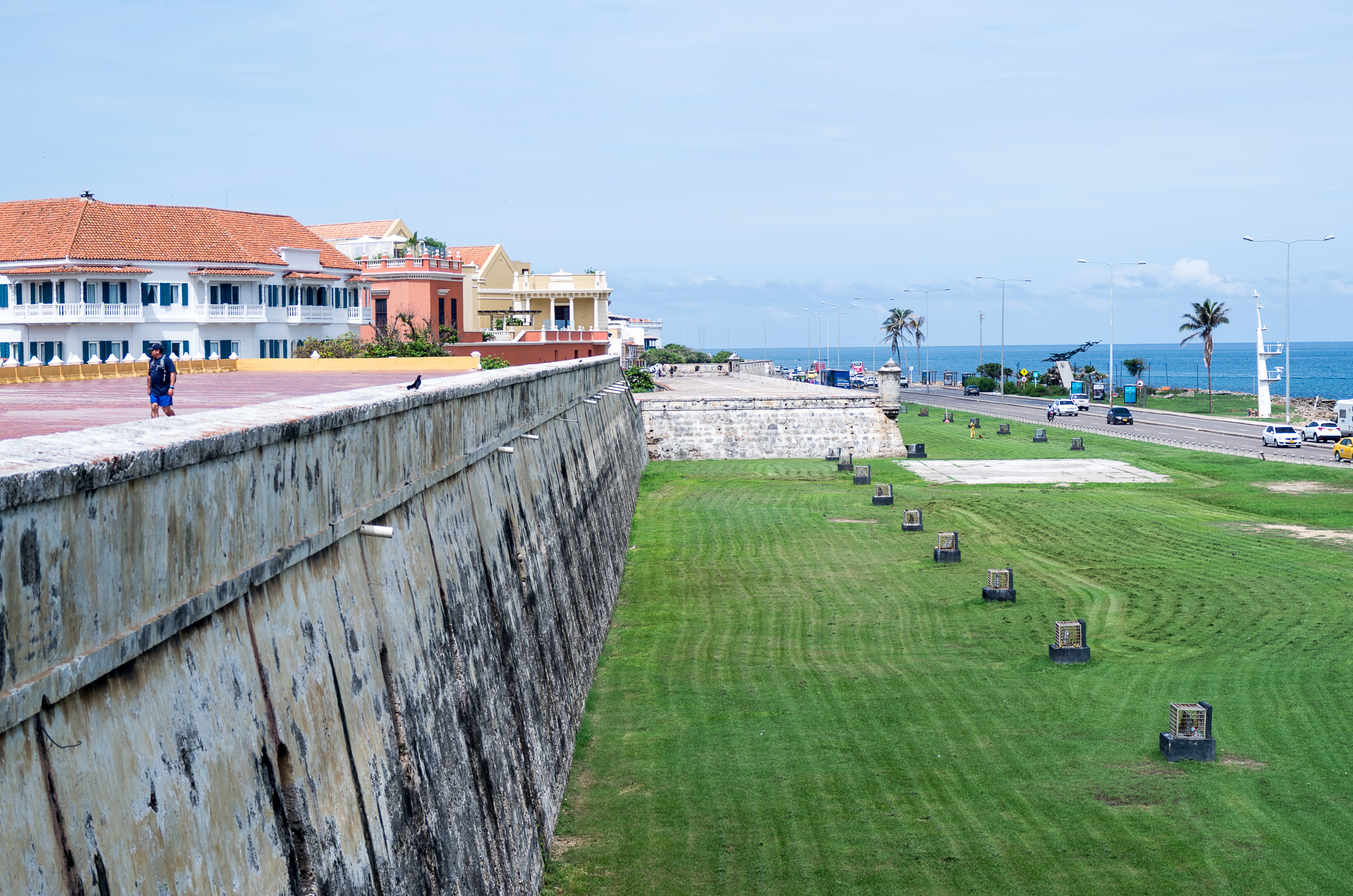
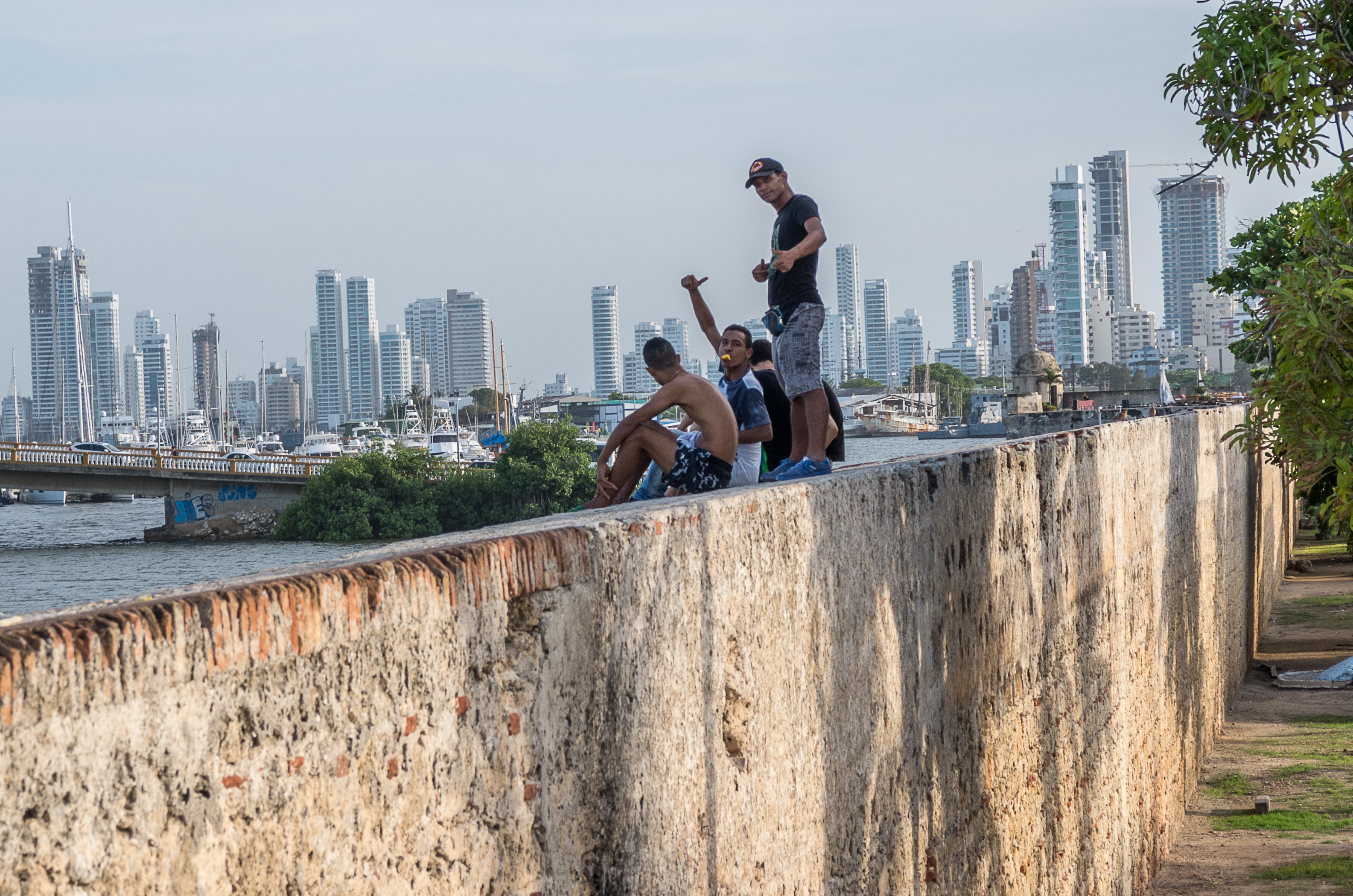
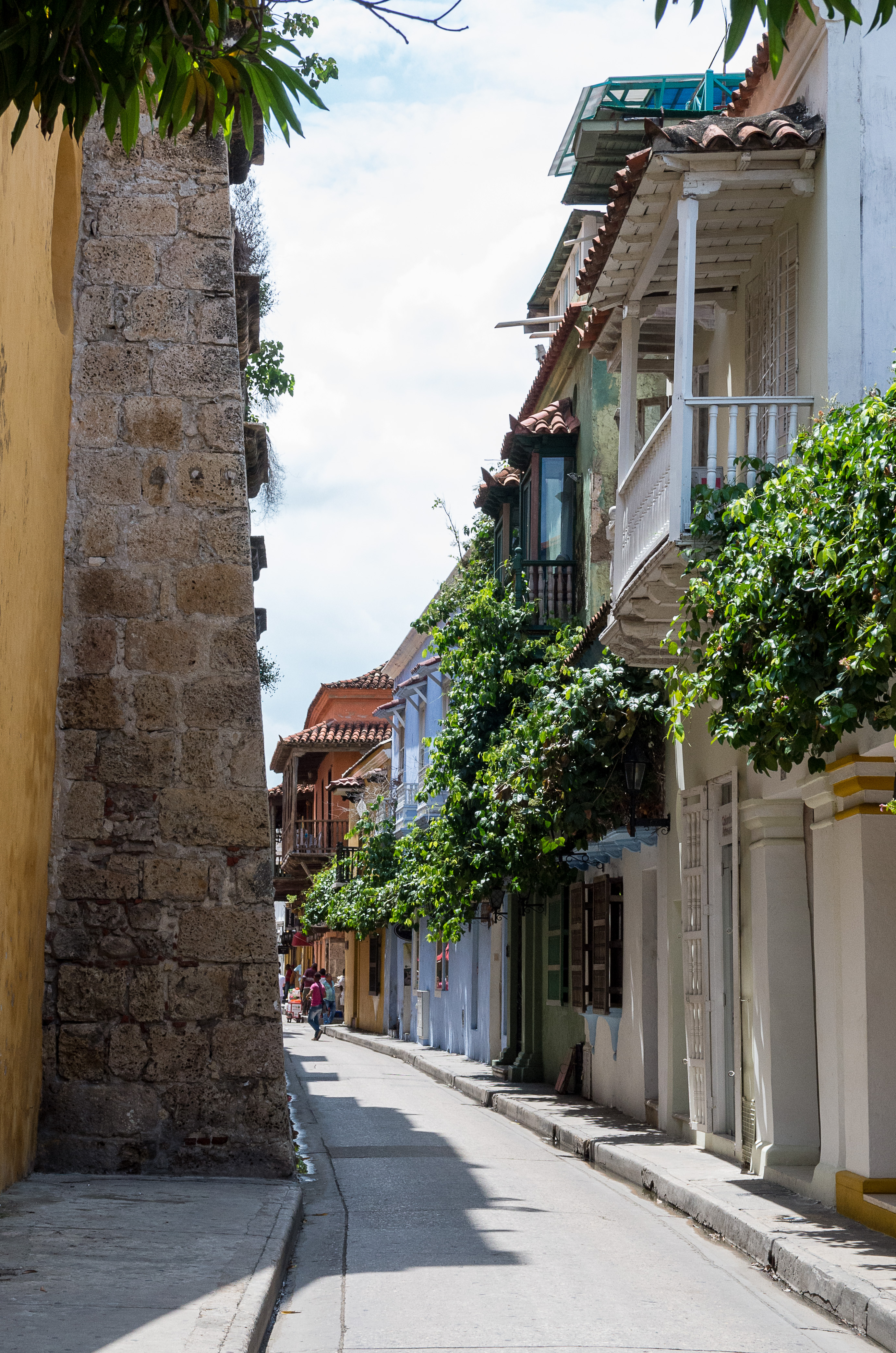
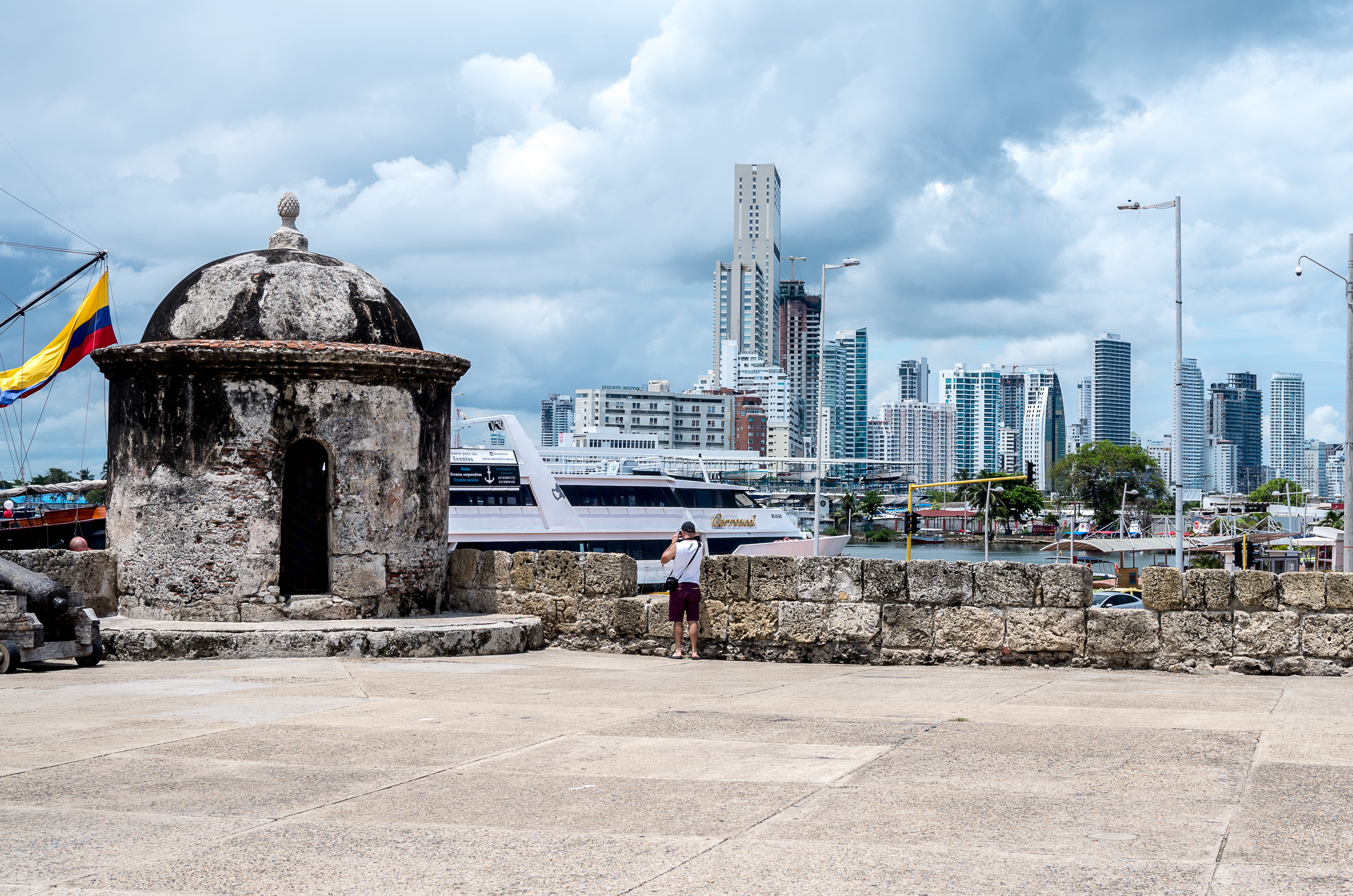
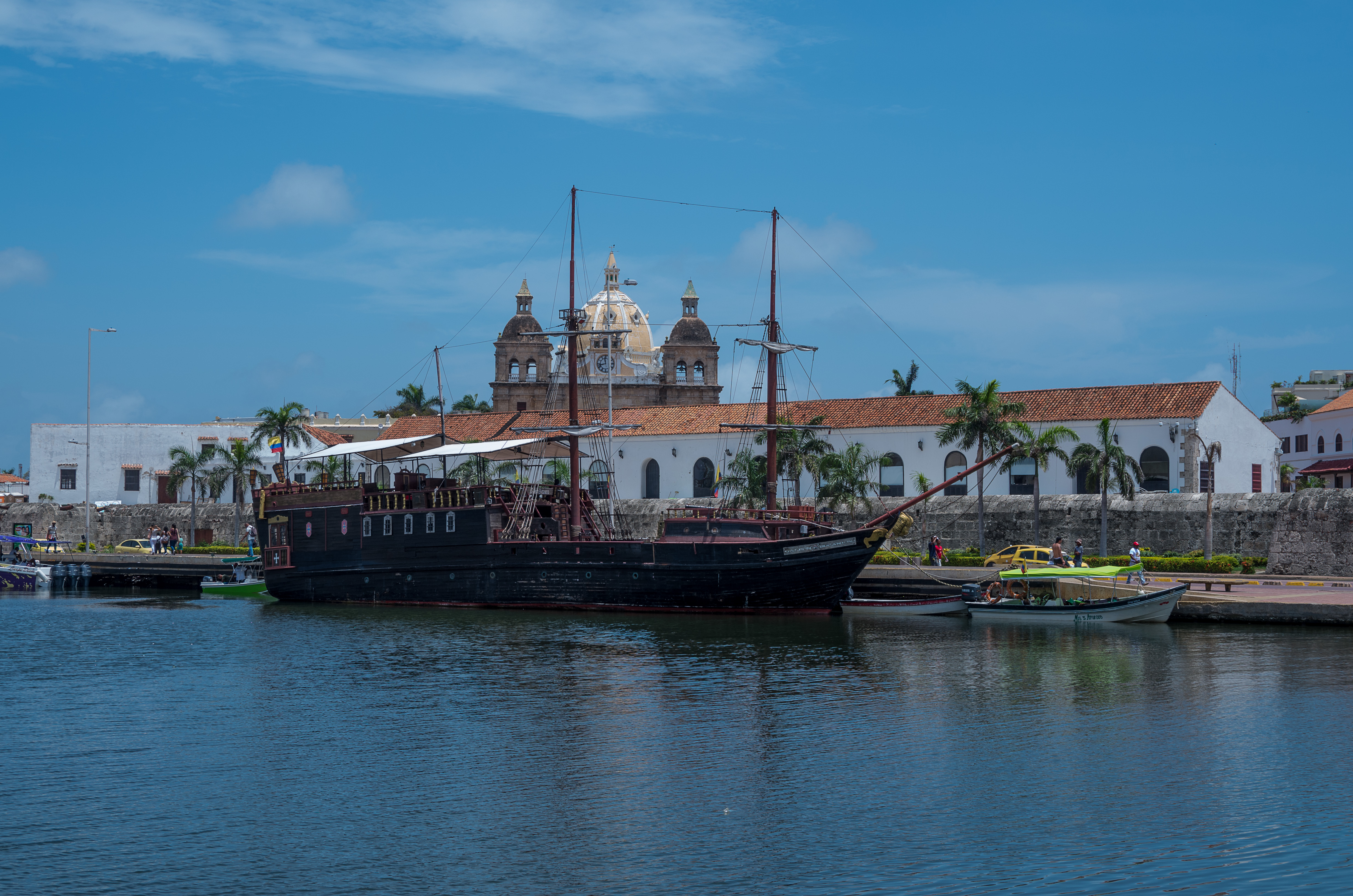
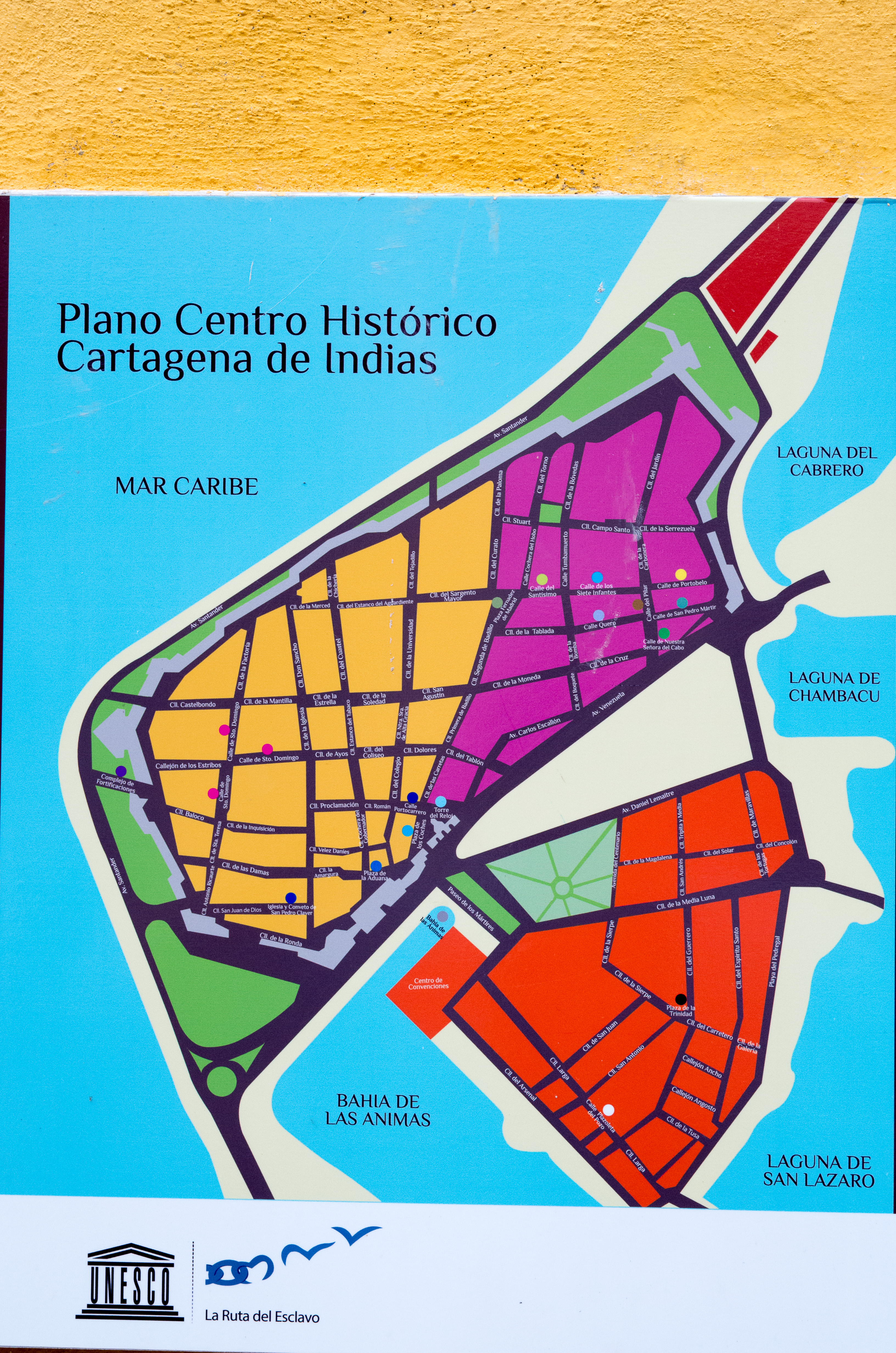
This map shows the historic part of Cartagena and the acess from the sea and harbors. The old town is surrounded by “Las Murallas”, the thick walls built to protect the town against enemies. Construction began toward the end of the 16th century, after the attack by Francis Drake; until that time Cartagena was almost completely unprotected. The project took two centuries to complete due to repeated damage from both storms and pirate attacks. It was finally finished in 1796.
Las Murallas ,with a total length of 13 km, are an outstanding piece of military engineering, and are remarkably well preserved. They are considered to be the most extensive and one of the most complete systems of military fortifications in South America. They are registered as a UNESCO World Heritage Site since 1984.
Due to these walls enclosing the old city center, this part of the town has kept it’s charme, packed with perfectly preserved colonial churches, monasteries, plazas, palaces and mansions, with balconies and shady patios that overflow with brightly colored flowers.
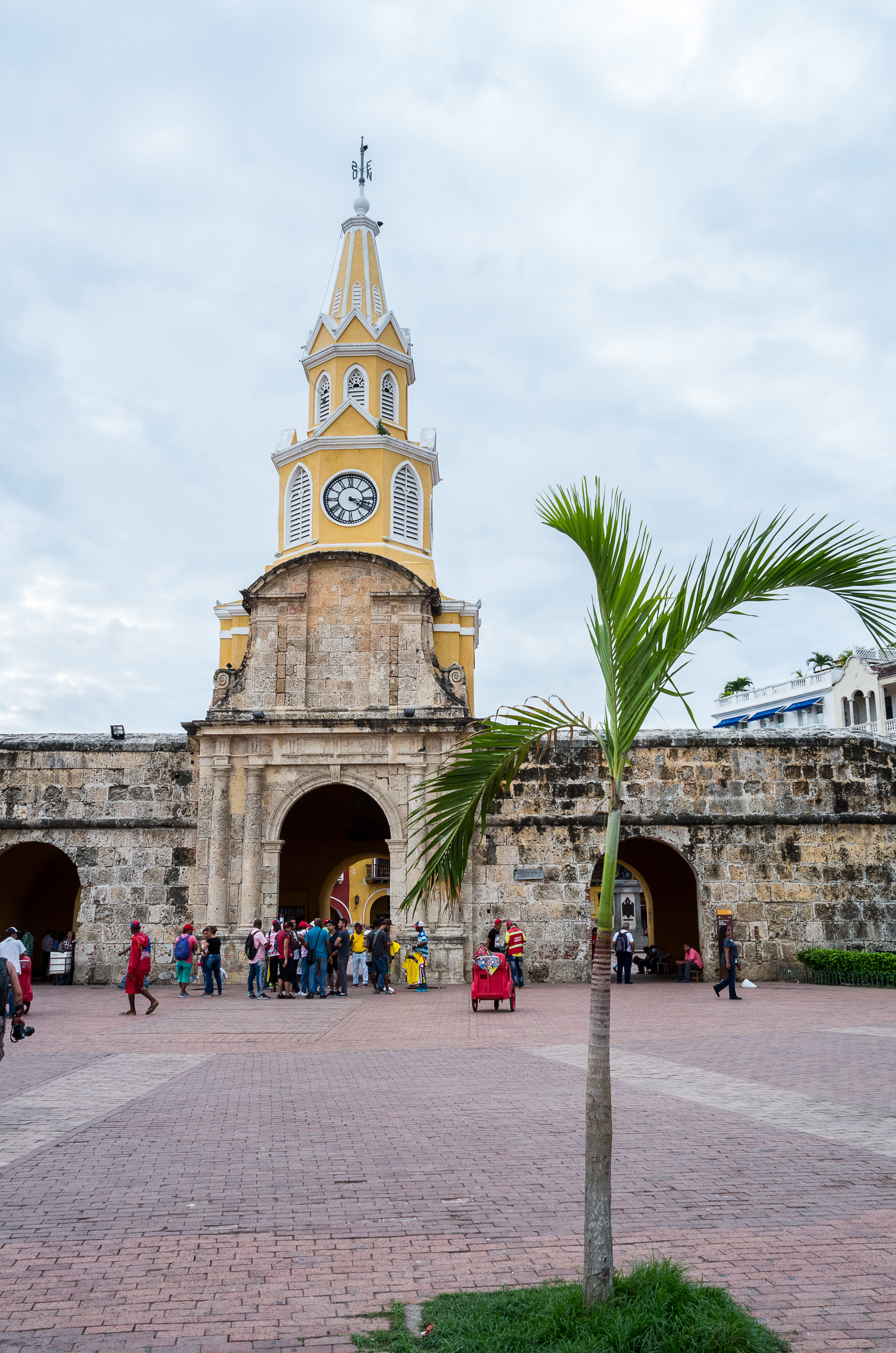
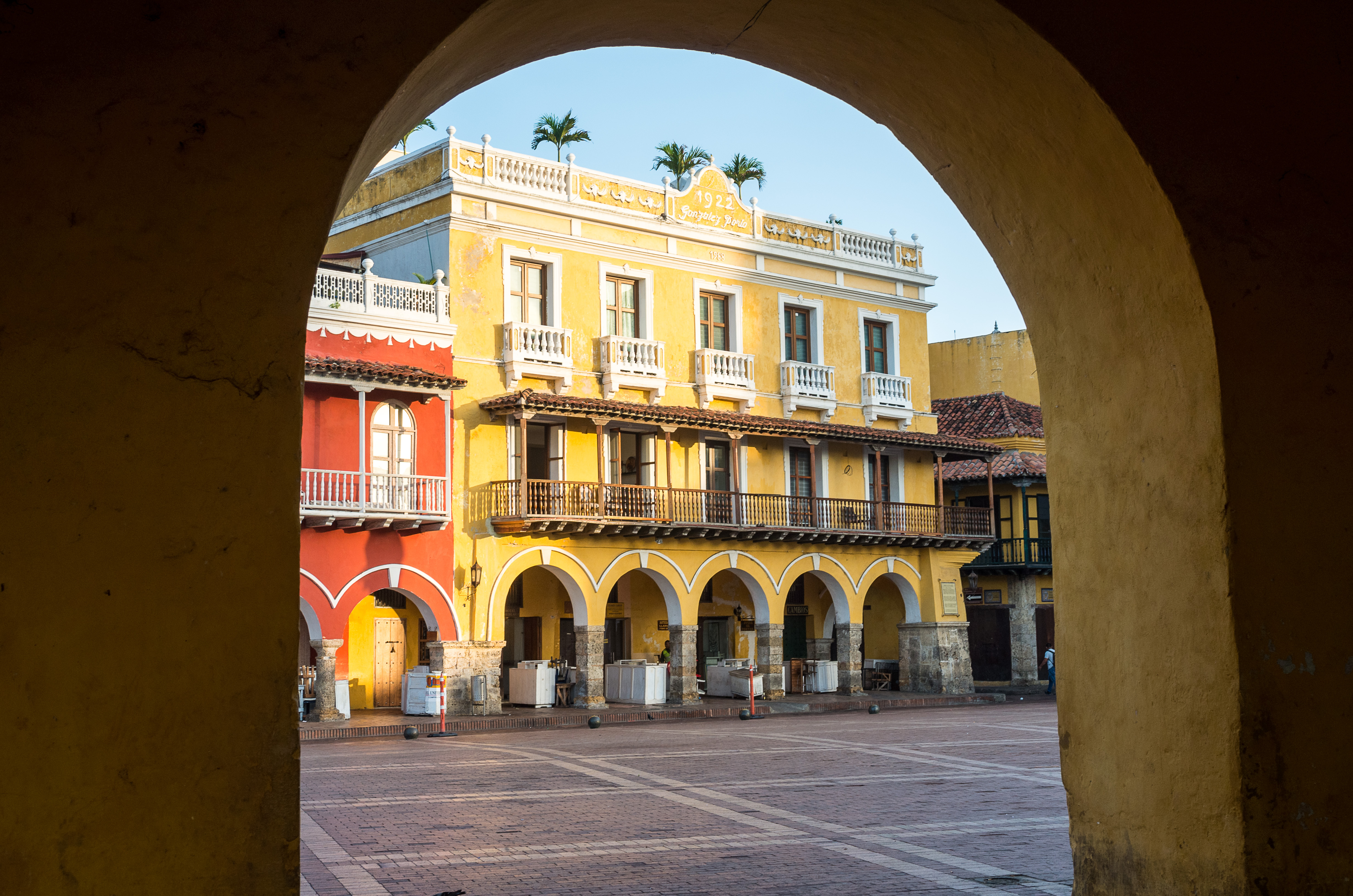
The main entrance to downtown is the Puerta del Reloj (Clock Gate), which exits onto the Plaza de los Coches (Square of the Carriages. The Statue of the Founder of Cartagena , Pedro de Heredia, ist located here. This was also the place, where the slaves were traded.
Steps farther is the Plaza de la Aduana (Customs Square), next to the mayor’s office. This is the largest and oldest square in the old town and was used as a parade ground. In colonial times, all the important governmental and administrative buildings were here. The old Royal Customs House was restored and is now the City Hall. A statue of Christopher Columbus stands in the center of the square.
Then, walking further along the city wall, we reach San Pedro Claver Square and the church also named for Saint Peter Claver, where the body of the Jesuit saint (‘Saint of the African slaves’) is kept in a casket. Claver Church is dominating the city view from outside and inside the city wall.
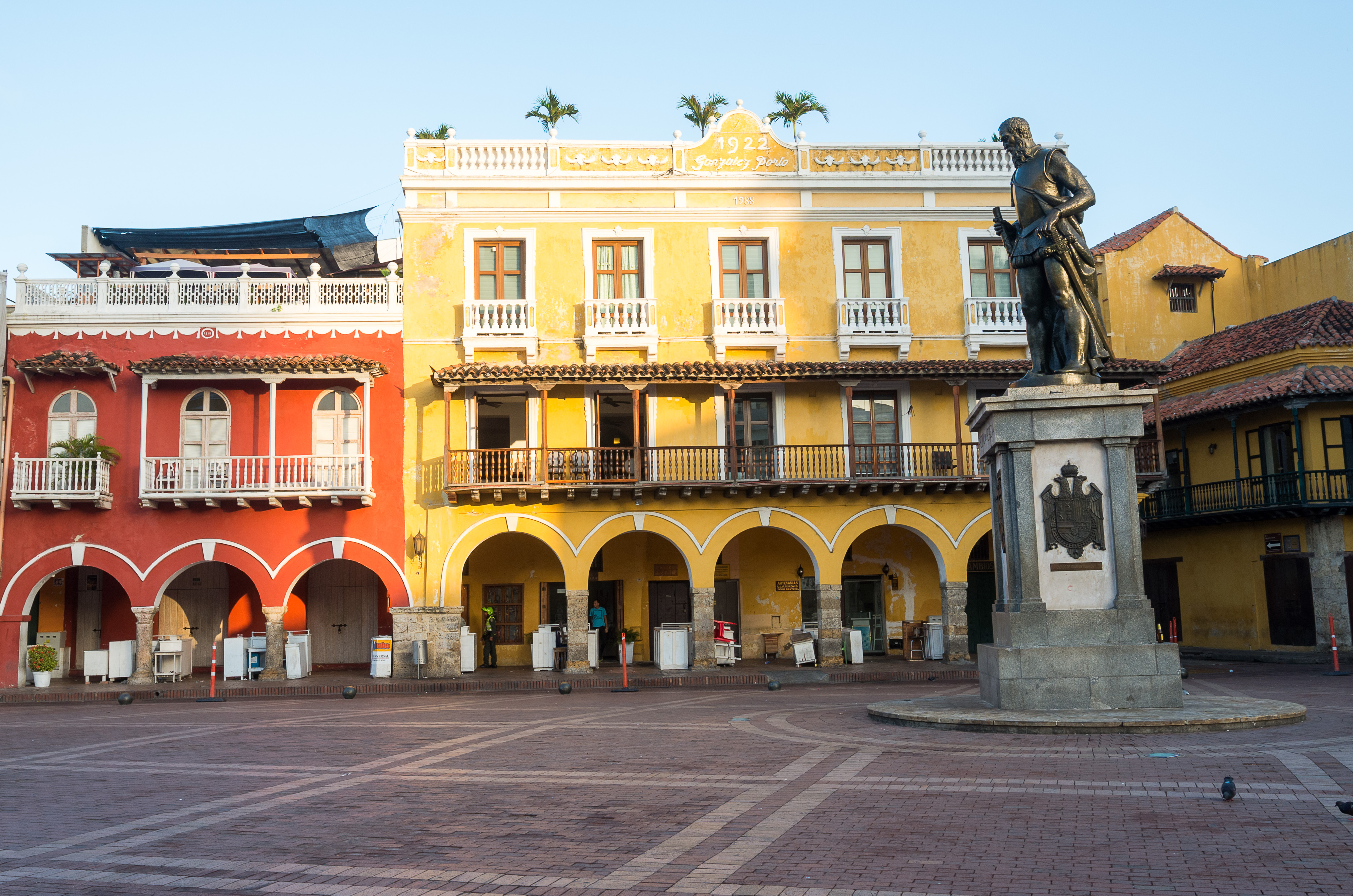
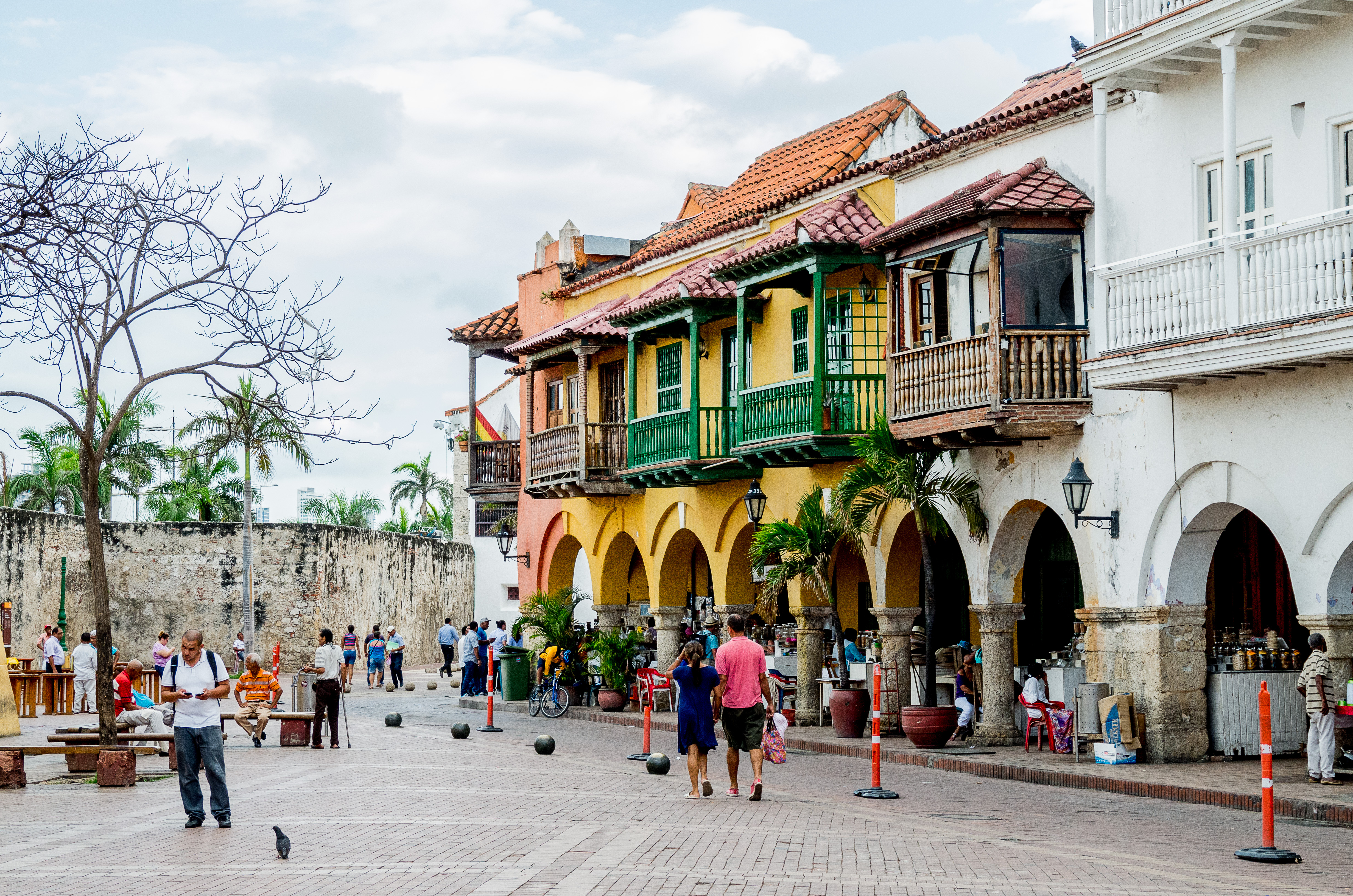
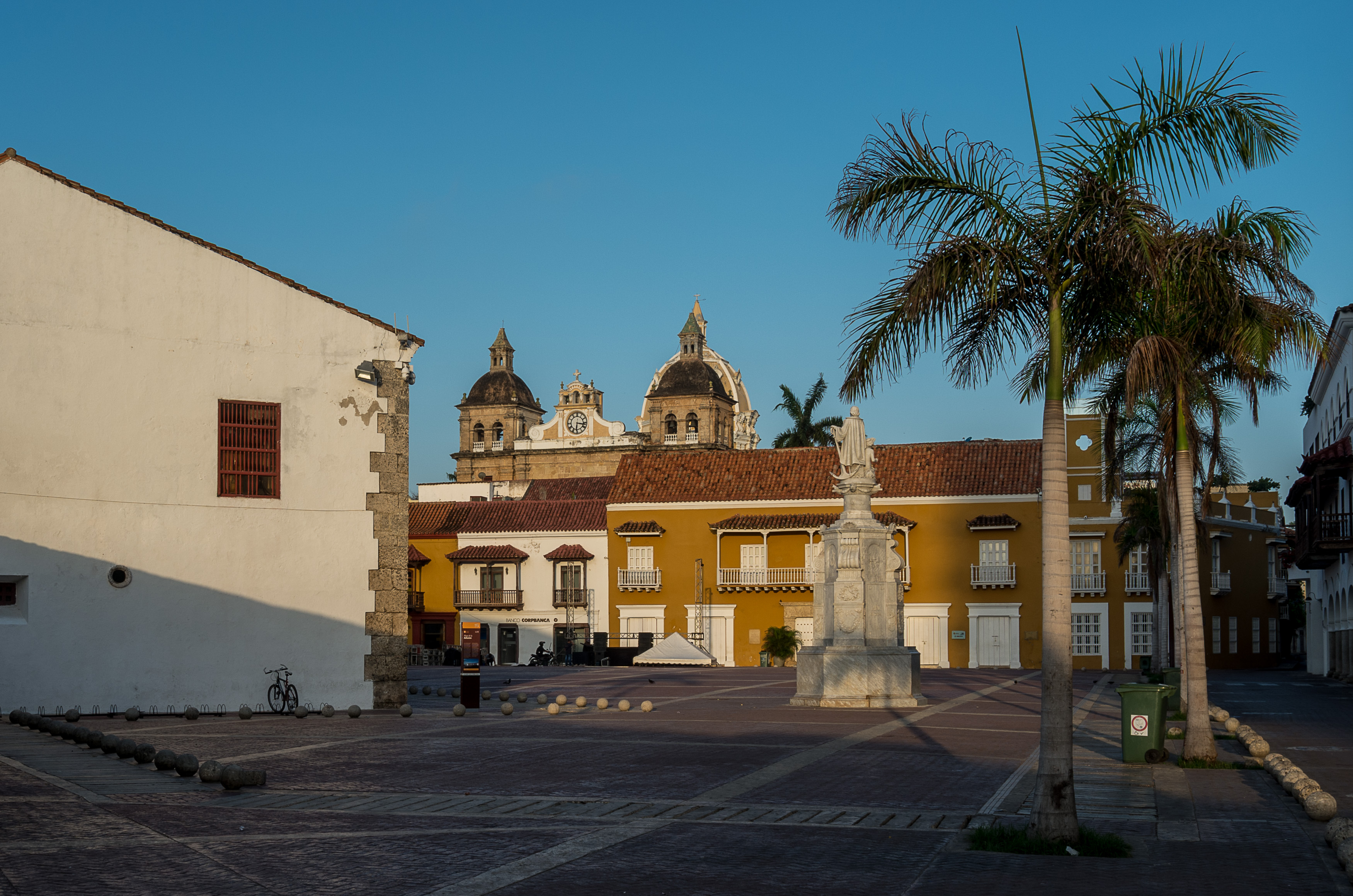
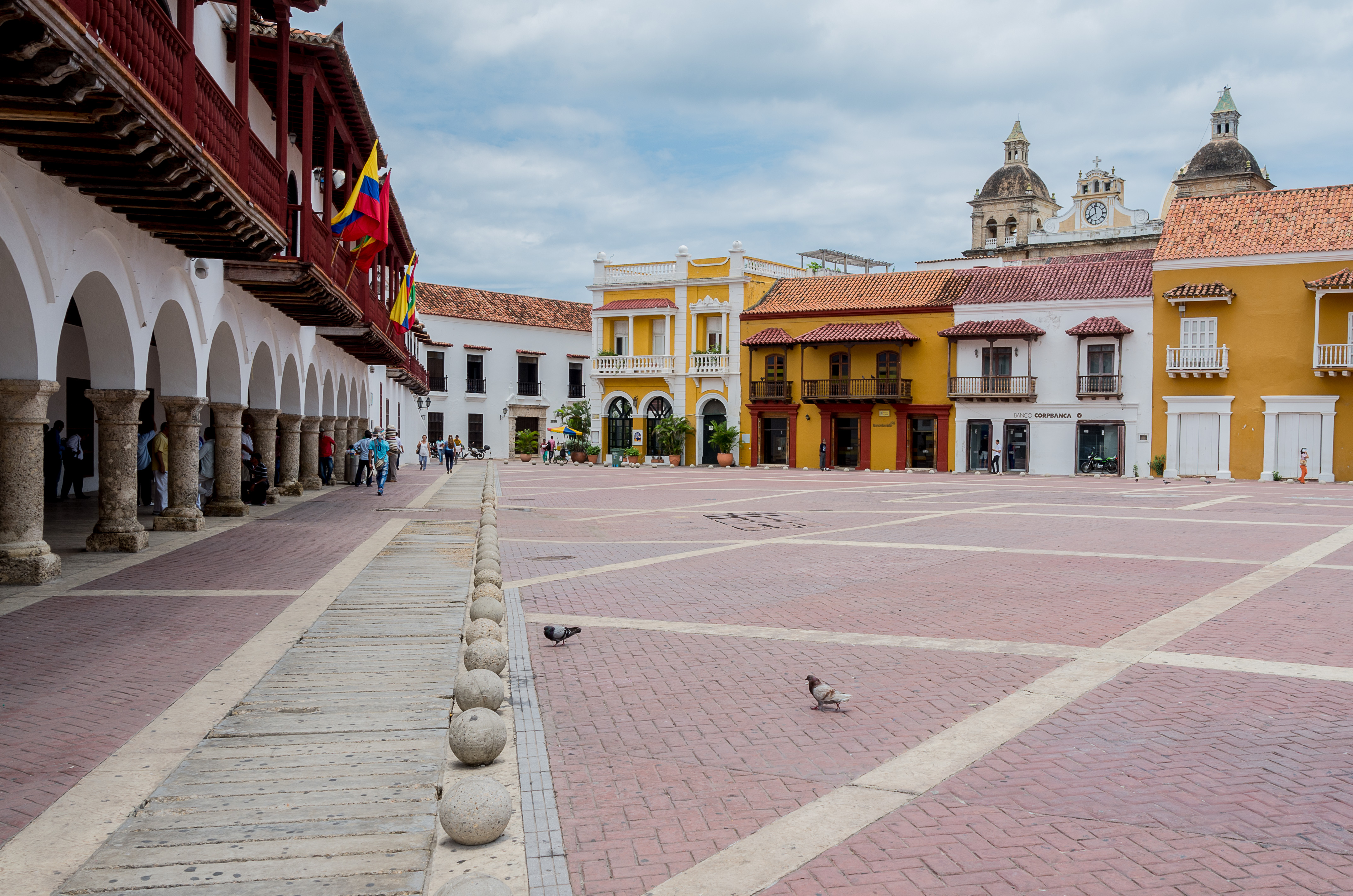
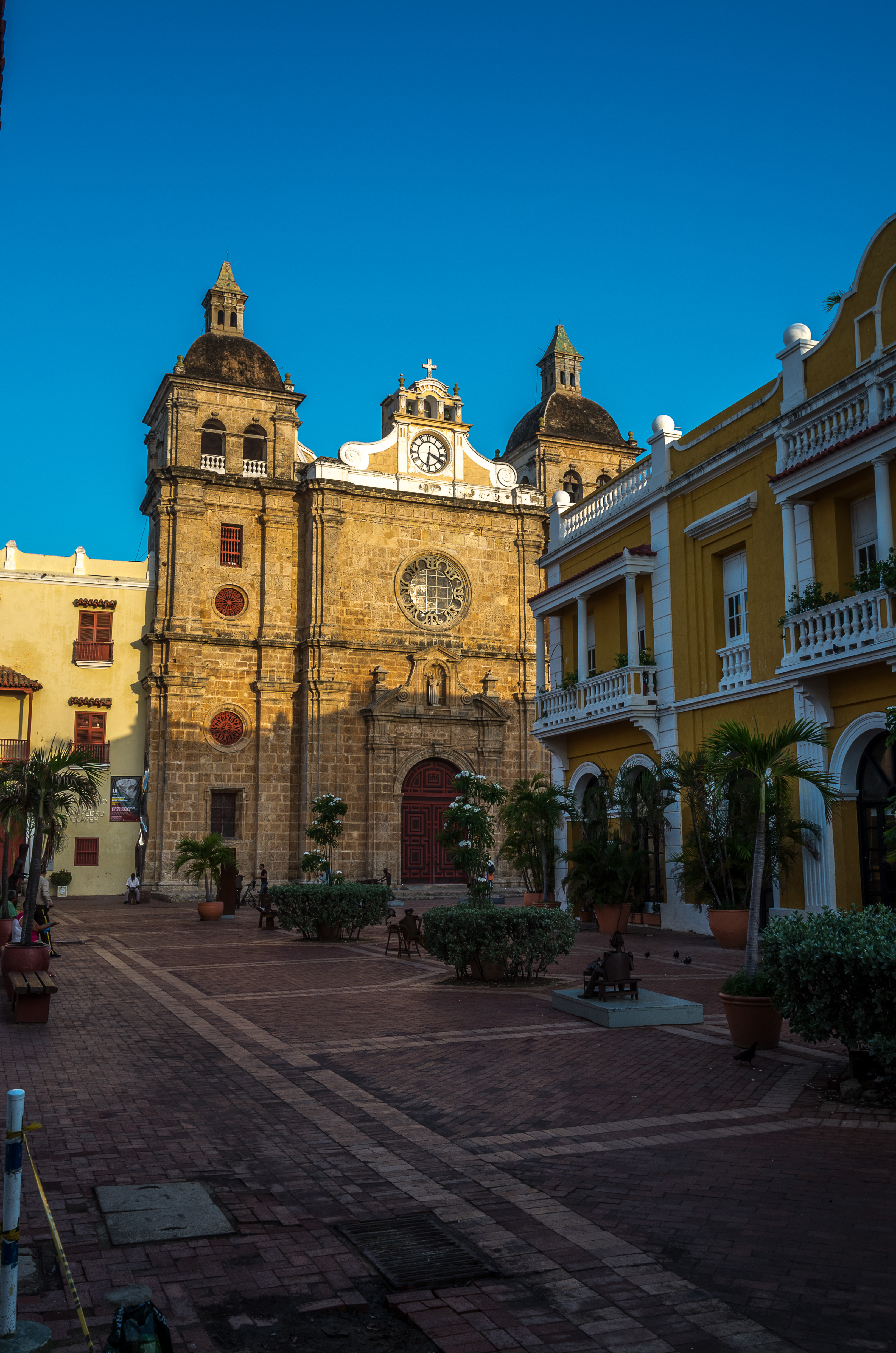
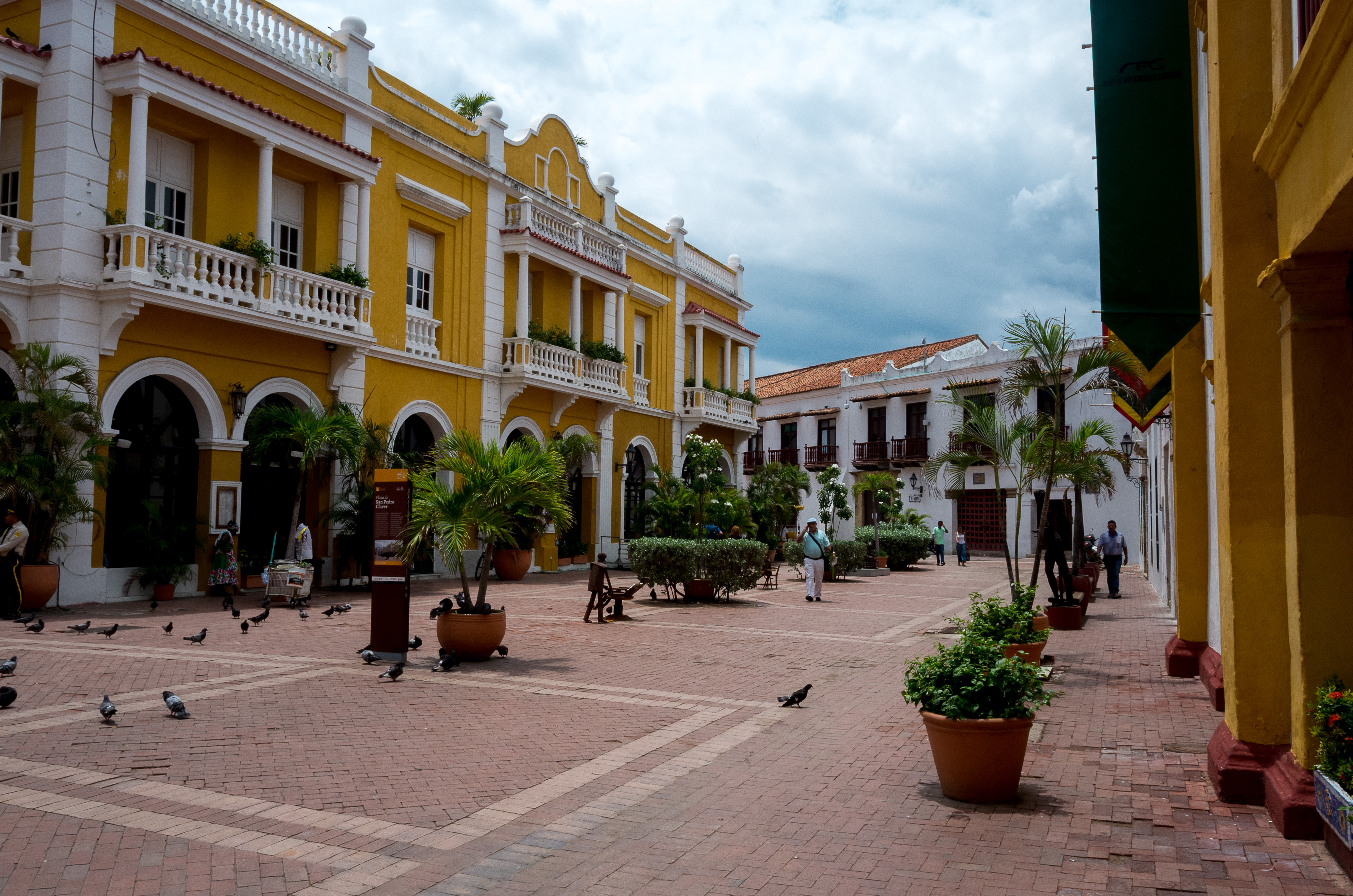
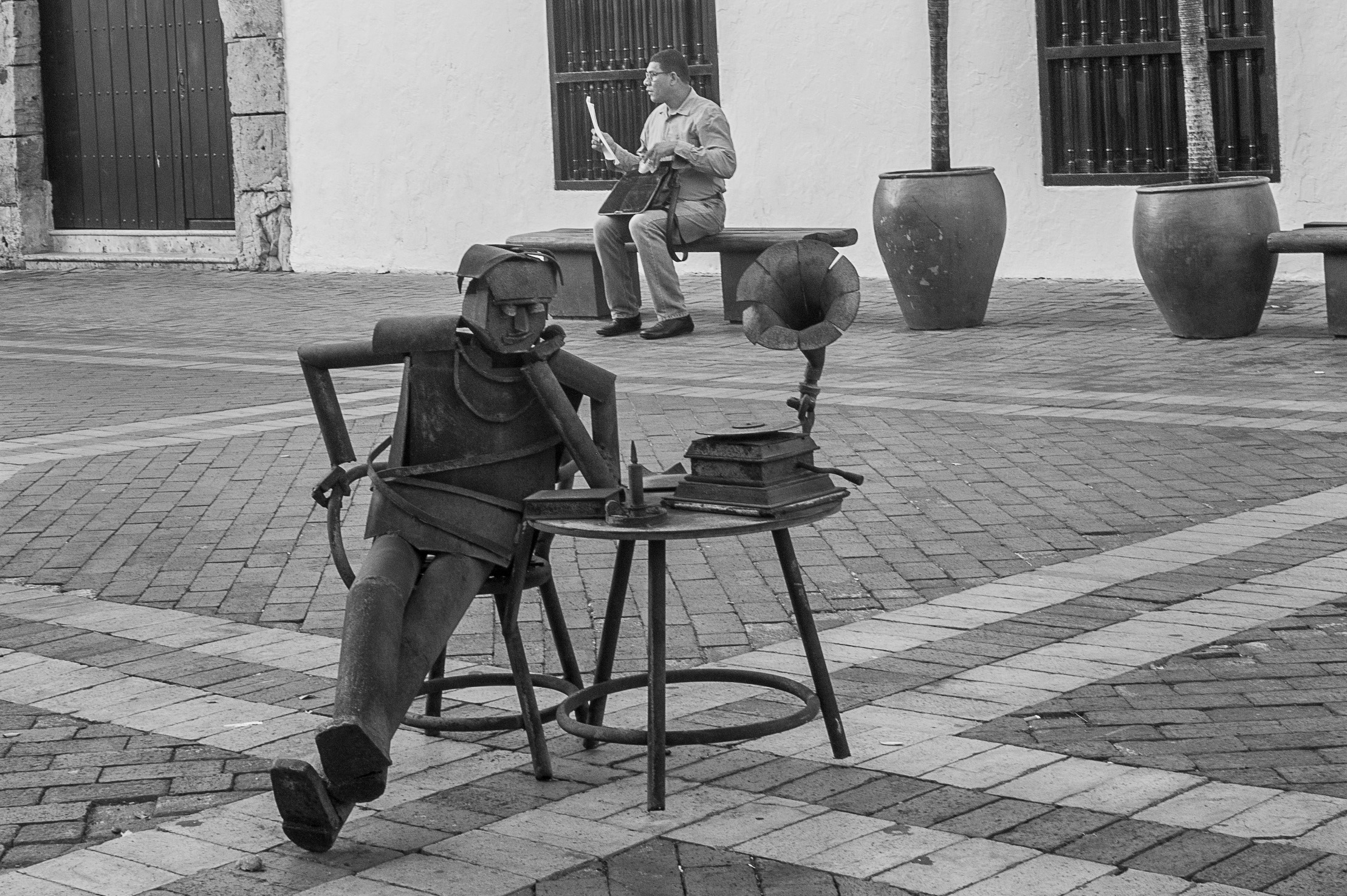
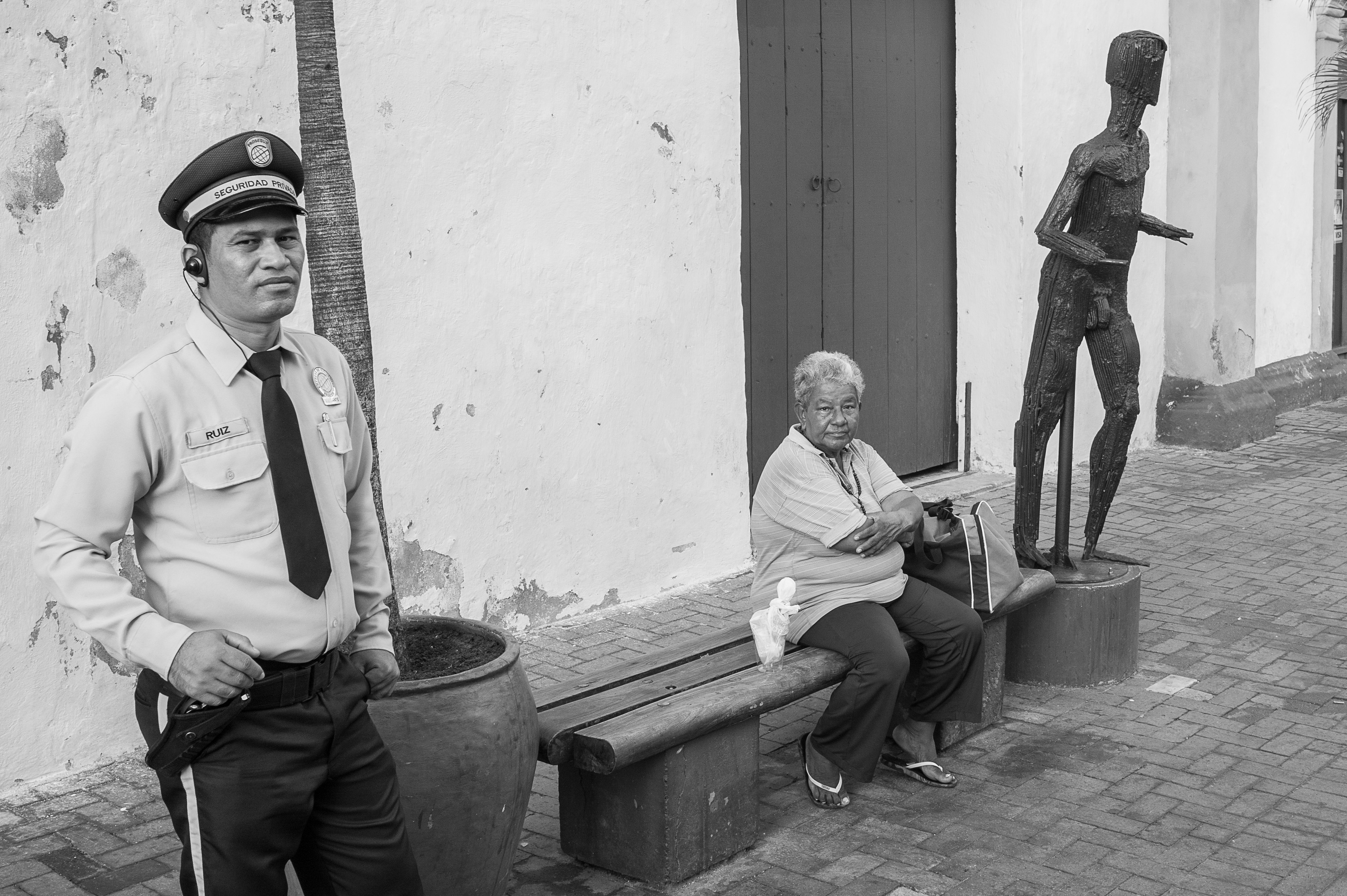 This convent was founded by Jesuits in the first half of the 17th century, originally as San Ignacio de Loyola. The name was later changed in honor of Spanish-born monk Pedro Claver (1580–1654), who lived and died in the convent. Called the ‘Apostle of the Blacks’ or the ‘Slave of the Slaves,’ the monk spent all his life ministering to the enslaved people brought from Africa. He was the first person to be canonized in the New World (in 1888).
This convent was founded by Jesuits in the first half of the 17th century, originally as San Ignacio de Loyola. The name was later changed in honor of Spanish-born monk Pedro Claver (1580–1654), who lived and died in the convent. Called the ‘Apostle of the Blacks’ or the ‘Slave of the Slaves,’ the monk spent all his life ministering to the enslaved people brought from Africa. He was the first person to be canonized in the New World (in 1888).
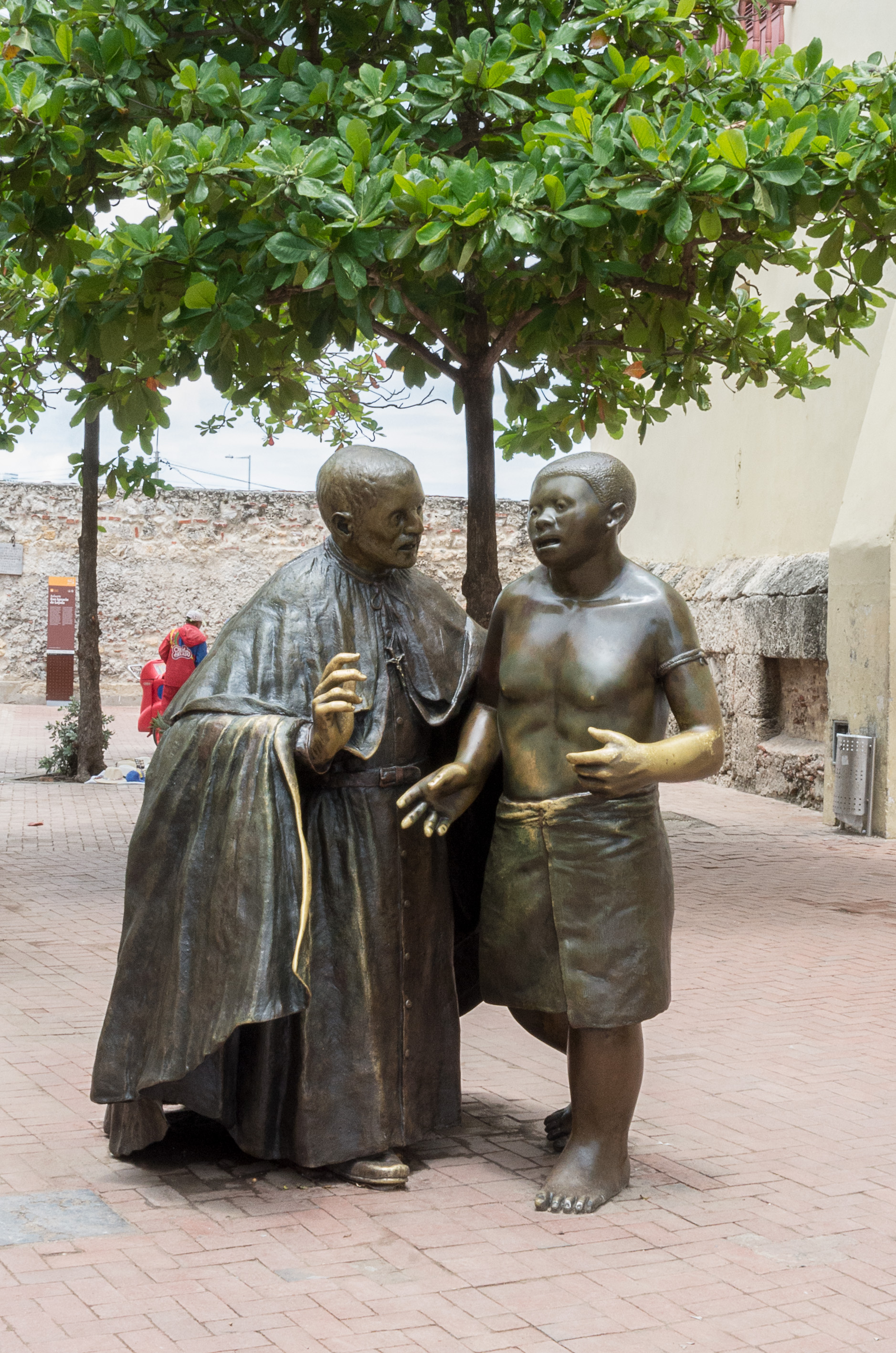
From here we have a view on to the Cathedral of Cartagena. Construction began in 1575, but in 1586, while still under construction, it was partially destroyed by the cannons of Francis Drake, and was not completed until 1612. Alterations were made between 1912 and 1923 by the first archbishop of Cartagena, who covered the church with stucco and painted it to look like marble. He also commissioned the dome on the tower.
Restoration work has uncovered the lovely limestone on the building’s exterior, and apart from the tower’s top, the church has basically preserved its original form. It has a fortlike appearance.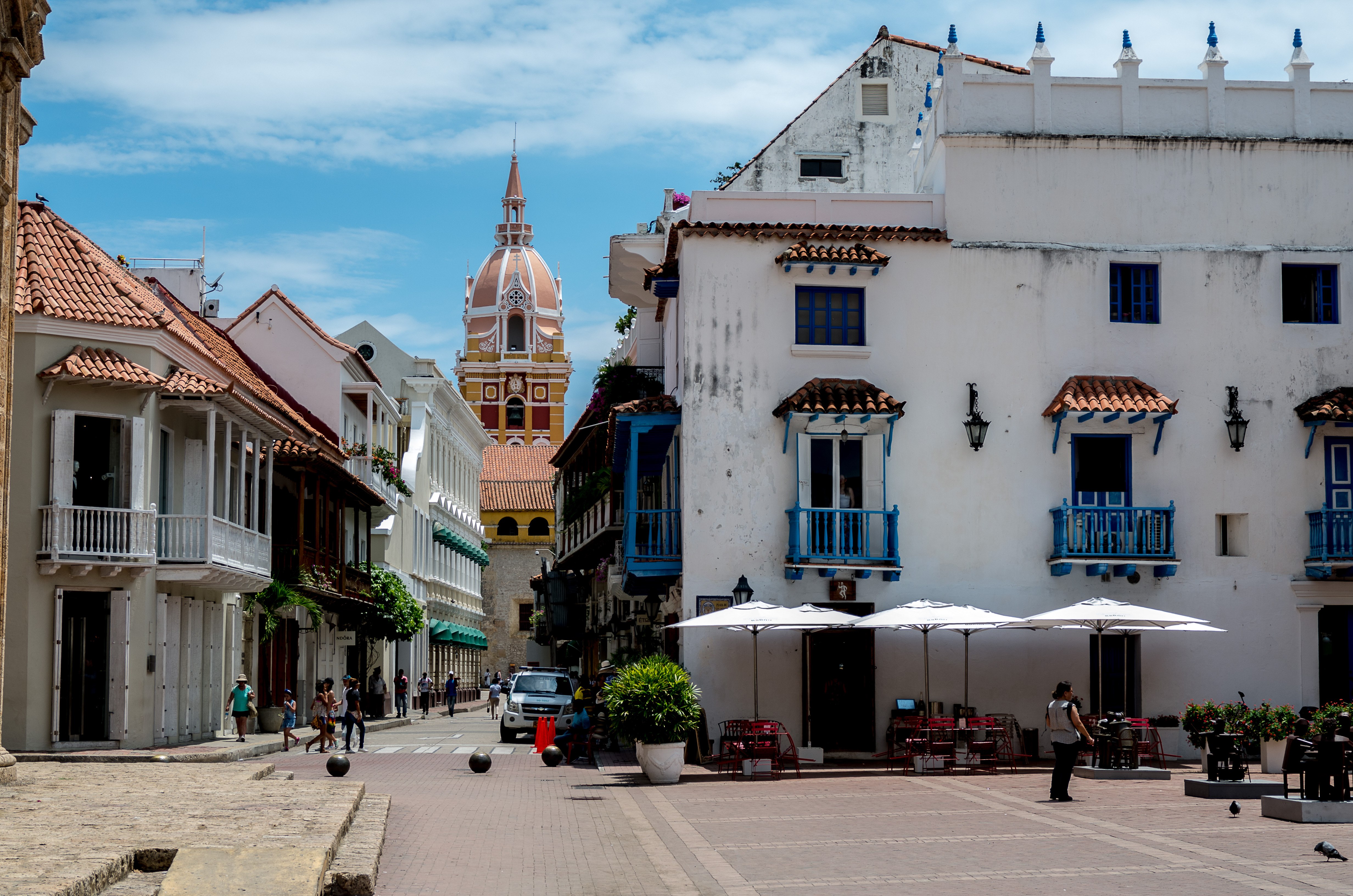
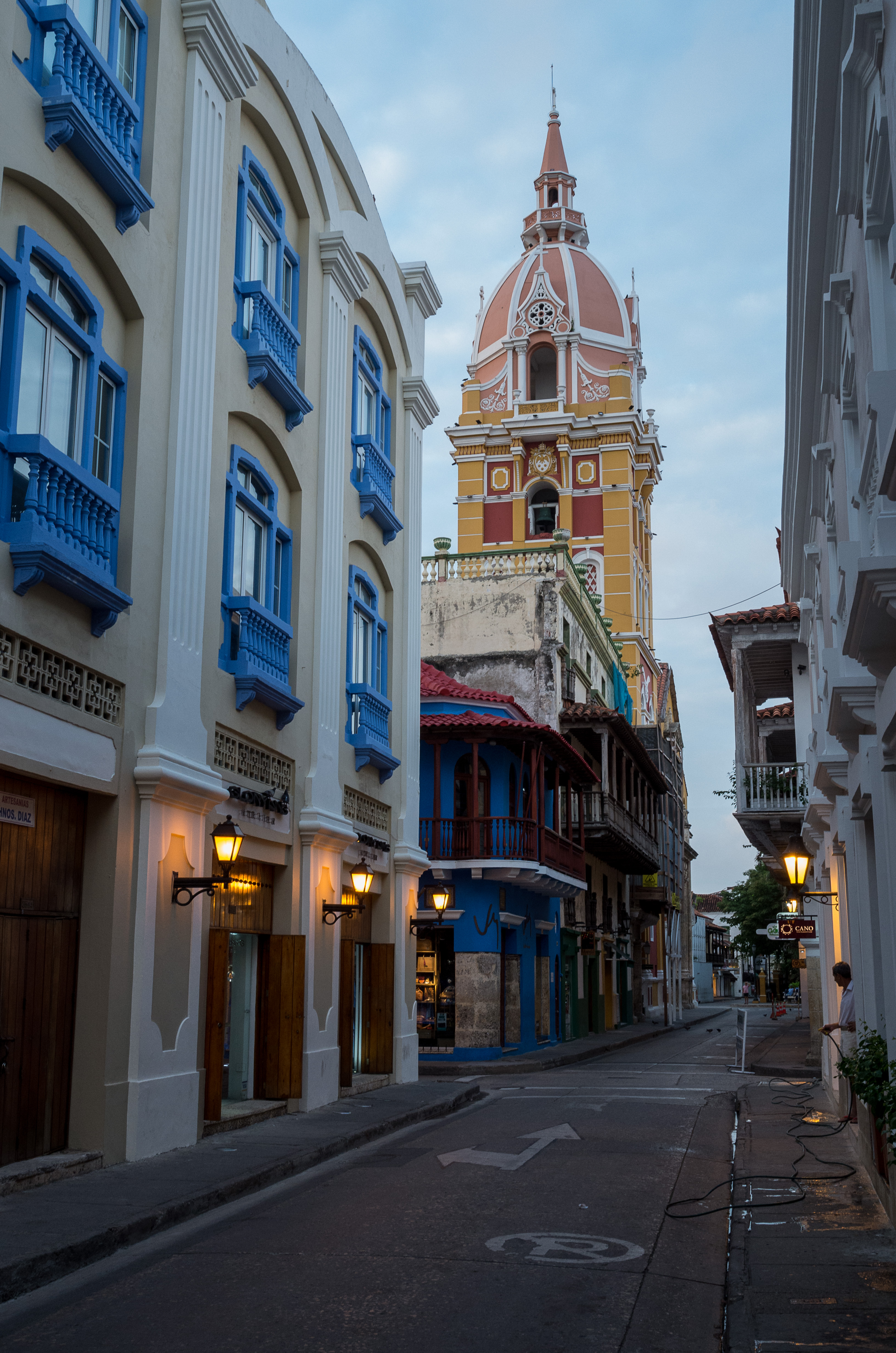
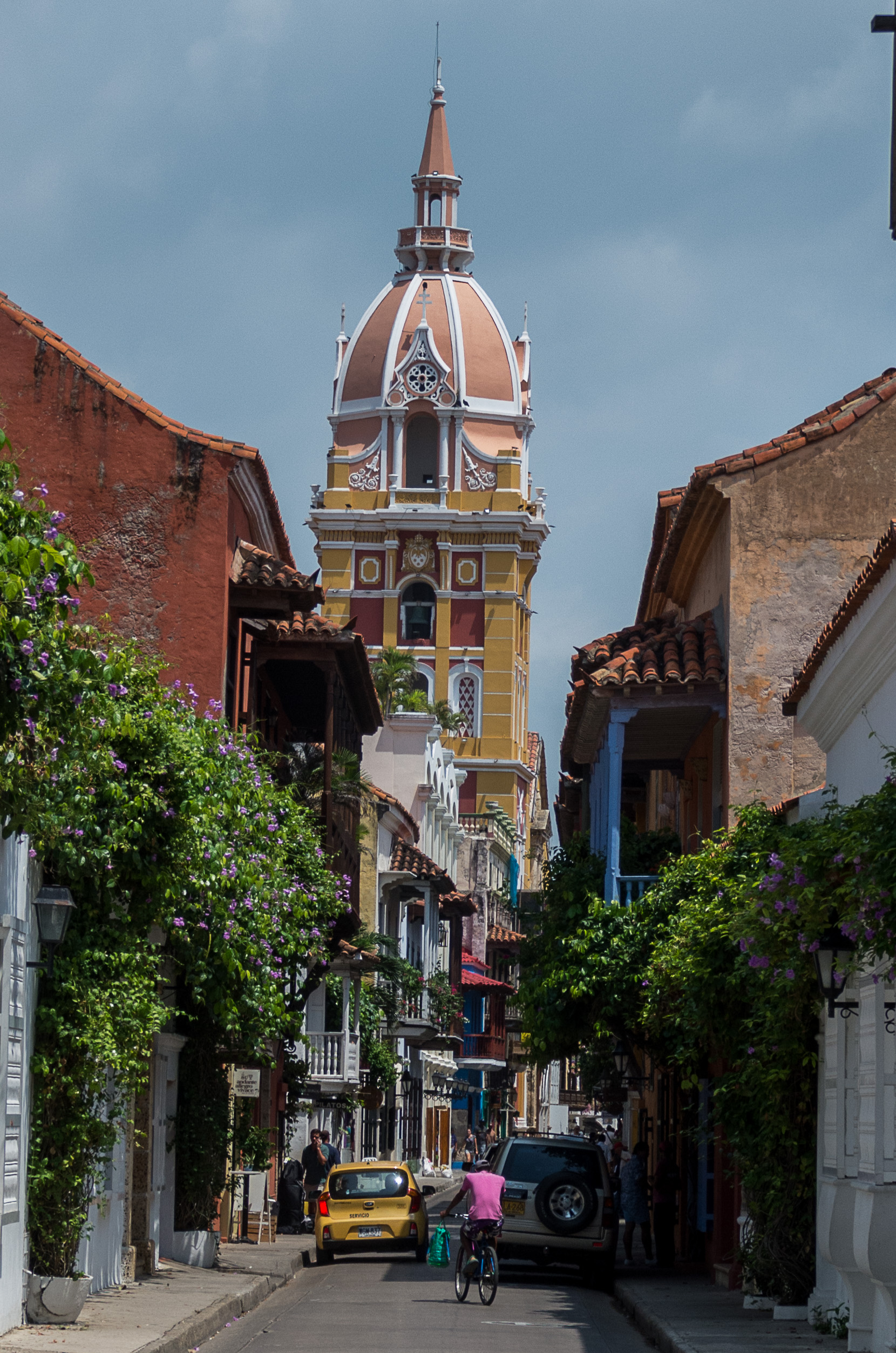
The Palace is located on the “Plaza de la Inquisition” , the name deriving from the fact, that the Palace housed the Inquisition, whose bloody task it was to stamp out heresy in colonial Cartagena. The palace is today a museum, displaying the Inquisitors’ gnarly instruments of torture, some of which are quite horrific. Although the site was the seat of the Punishment Tribunal of the Holy Office from 1610, the palace wasn’t completed until 1776. It is a good example of late-colonial architecture, noted particularly for its baroque stone gateway topped by the Spanish coat of arms, and the long balconies on the facade.
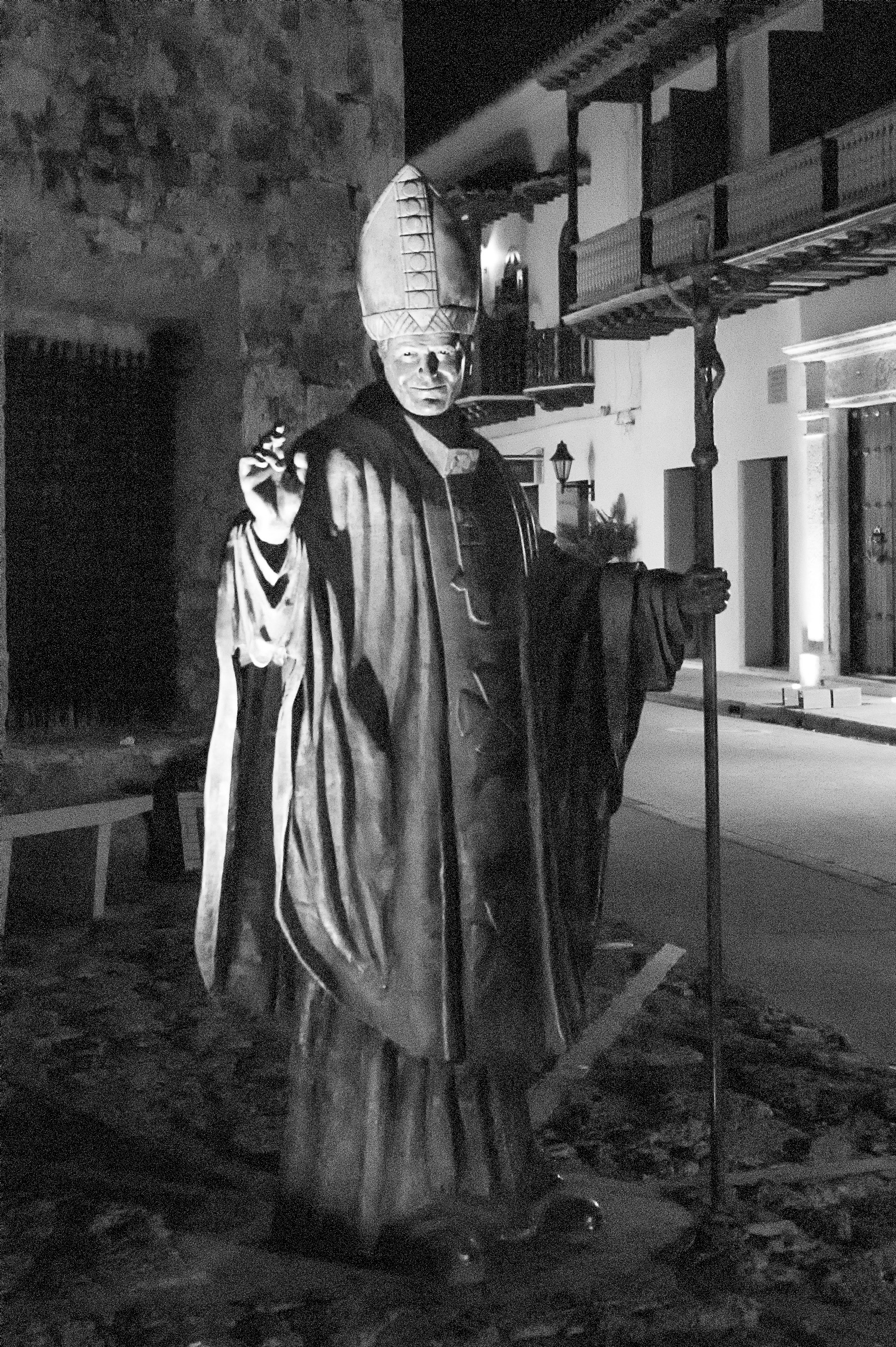
Heretics were denounced here, and the Holy Office would then instigate proceedings. The principal ‘crimes’ were magic, witchcraft and blasphemy. When culprits were found guilty, they were sentenced to death in a public auto-da-fé (public execution of heretics). Five autos-da-fé took place during the Inquisition until independence in 1821. About 800 folk were condemned to death .In the courtyard a guillotine is exhibited.
Today the Plaza is called “Simon Bolivar”. This leafy and shaded plaza is surrounded by some of the city’s most elegant balconied colonial buildings. It’s one of Cartagena’s most alluring plazas and offers wonderful respite from the Caribbean heat. A statue of the eponymous Simón Bolívar stands in the middle of the plaza. Pictures taking in early morning and night.
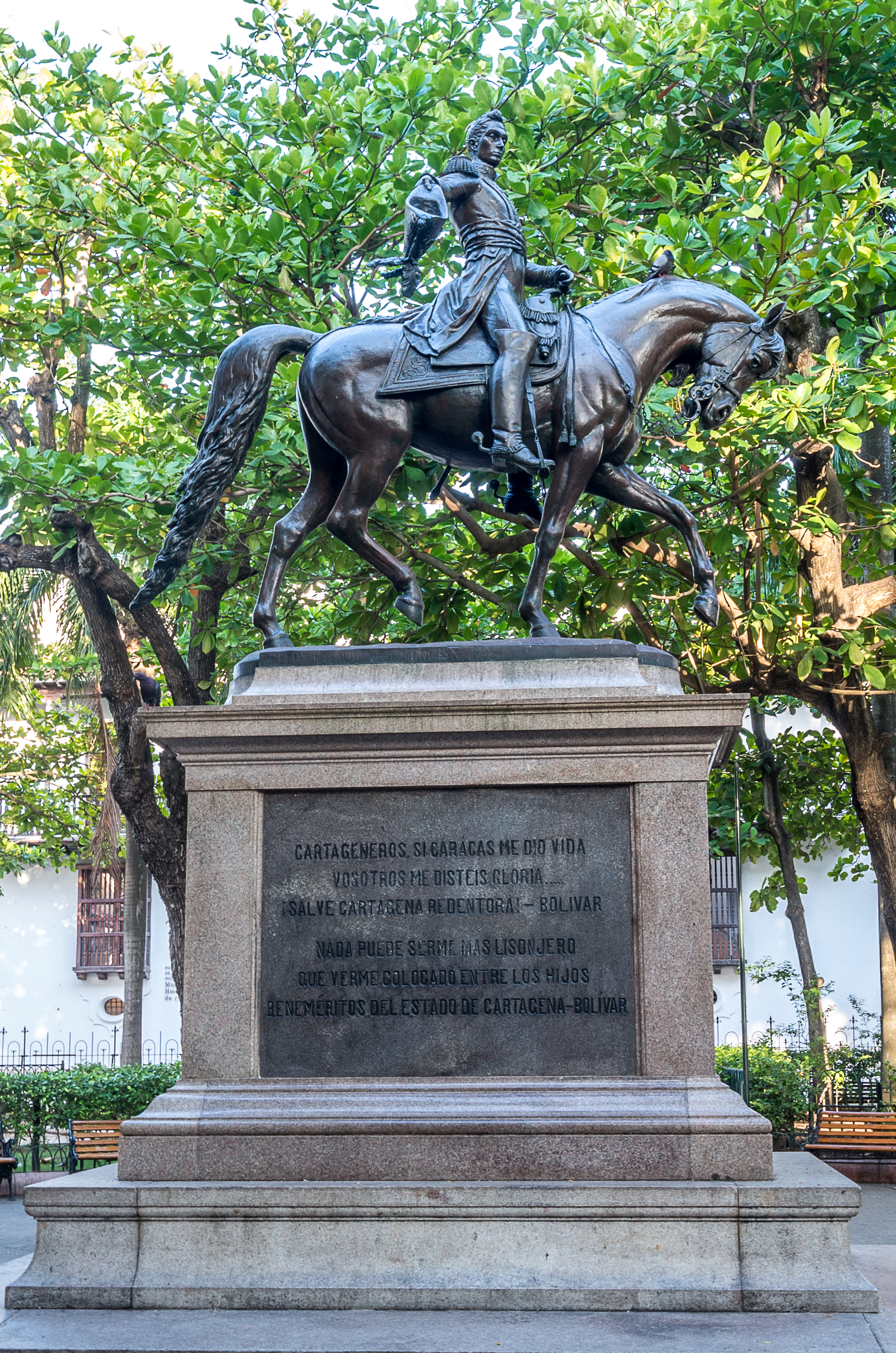
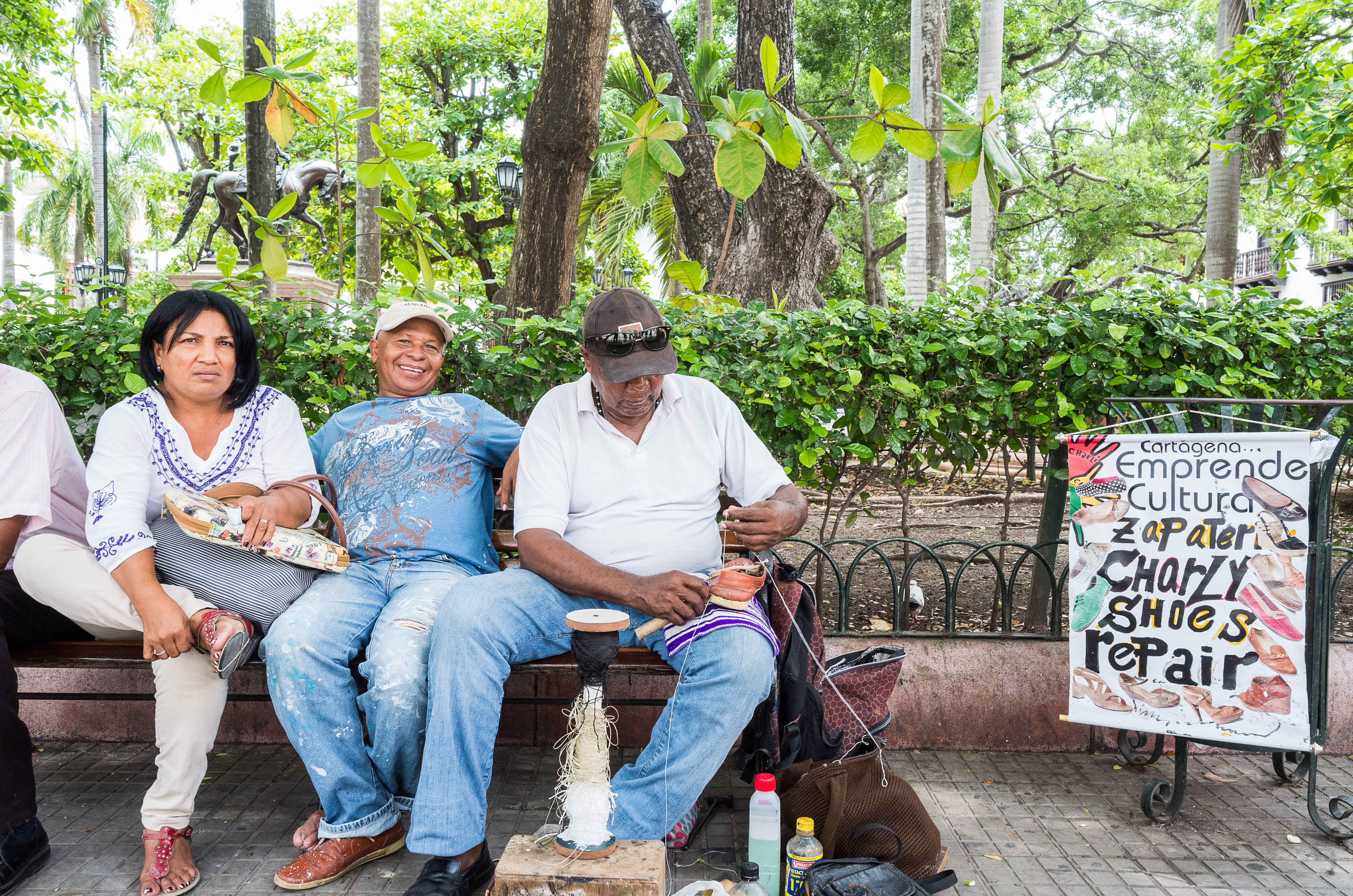
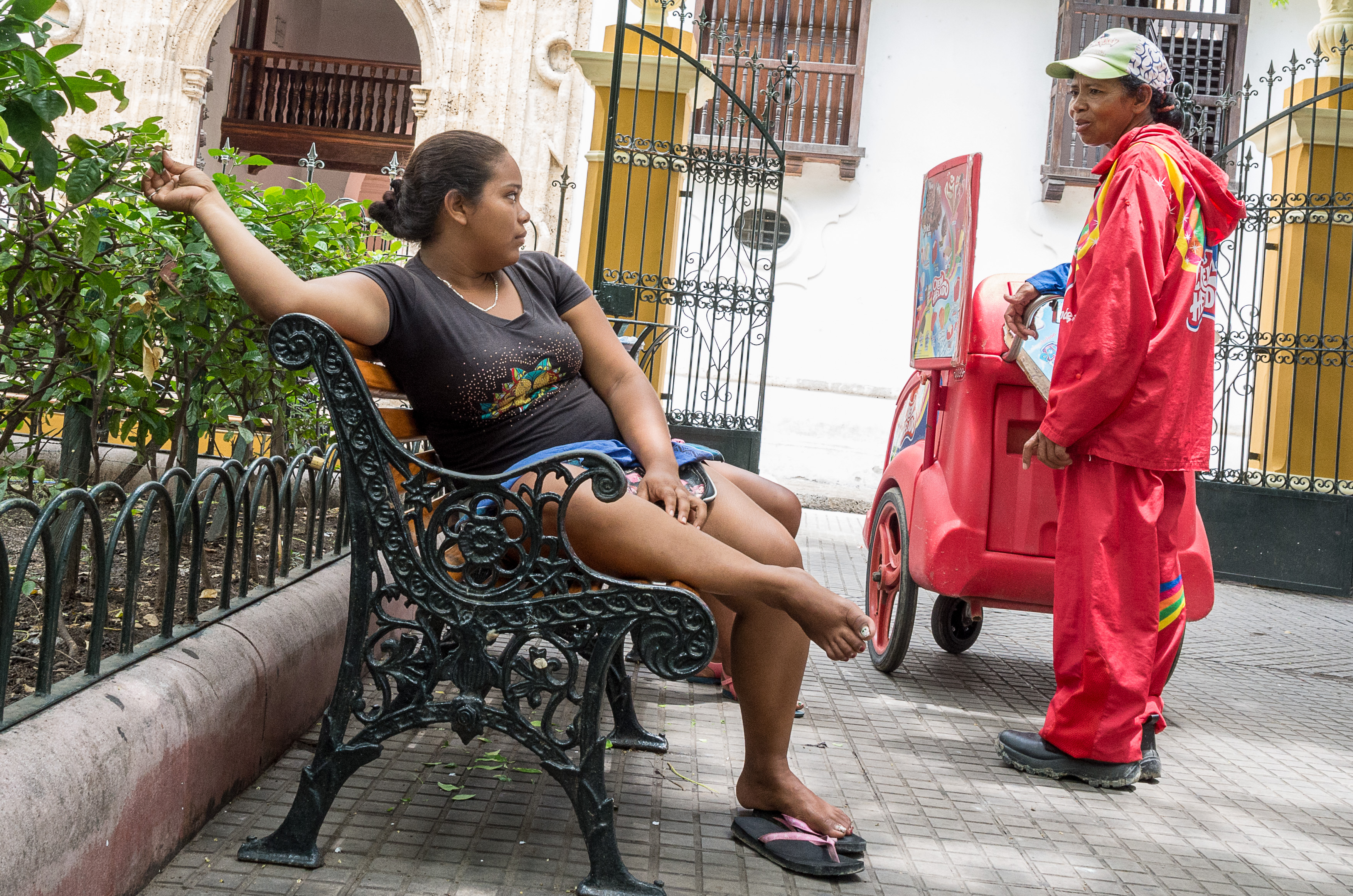
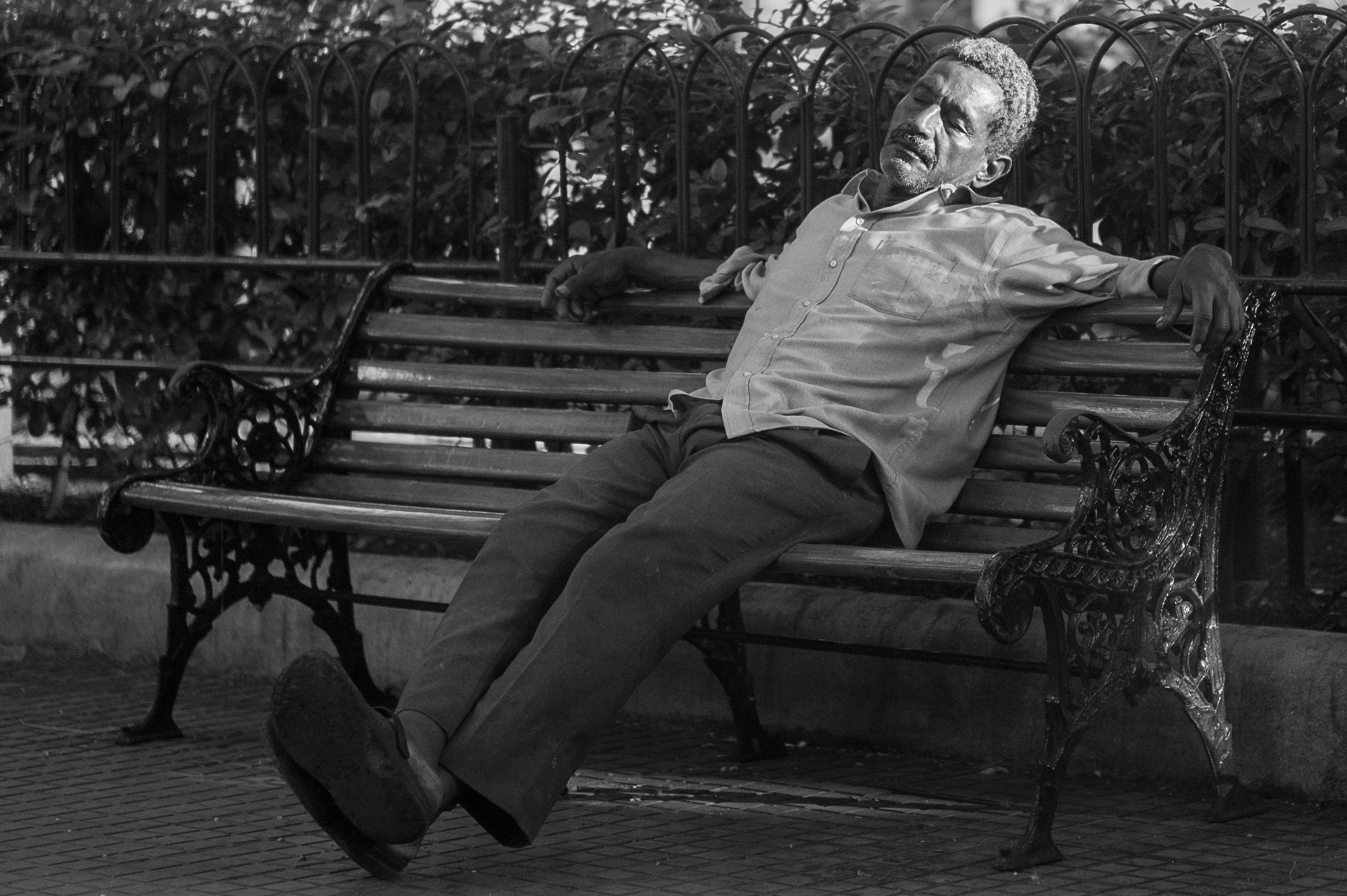
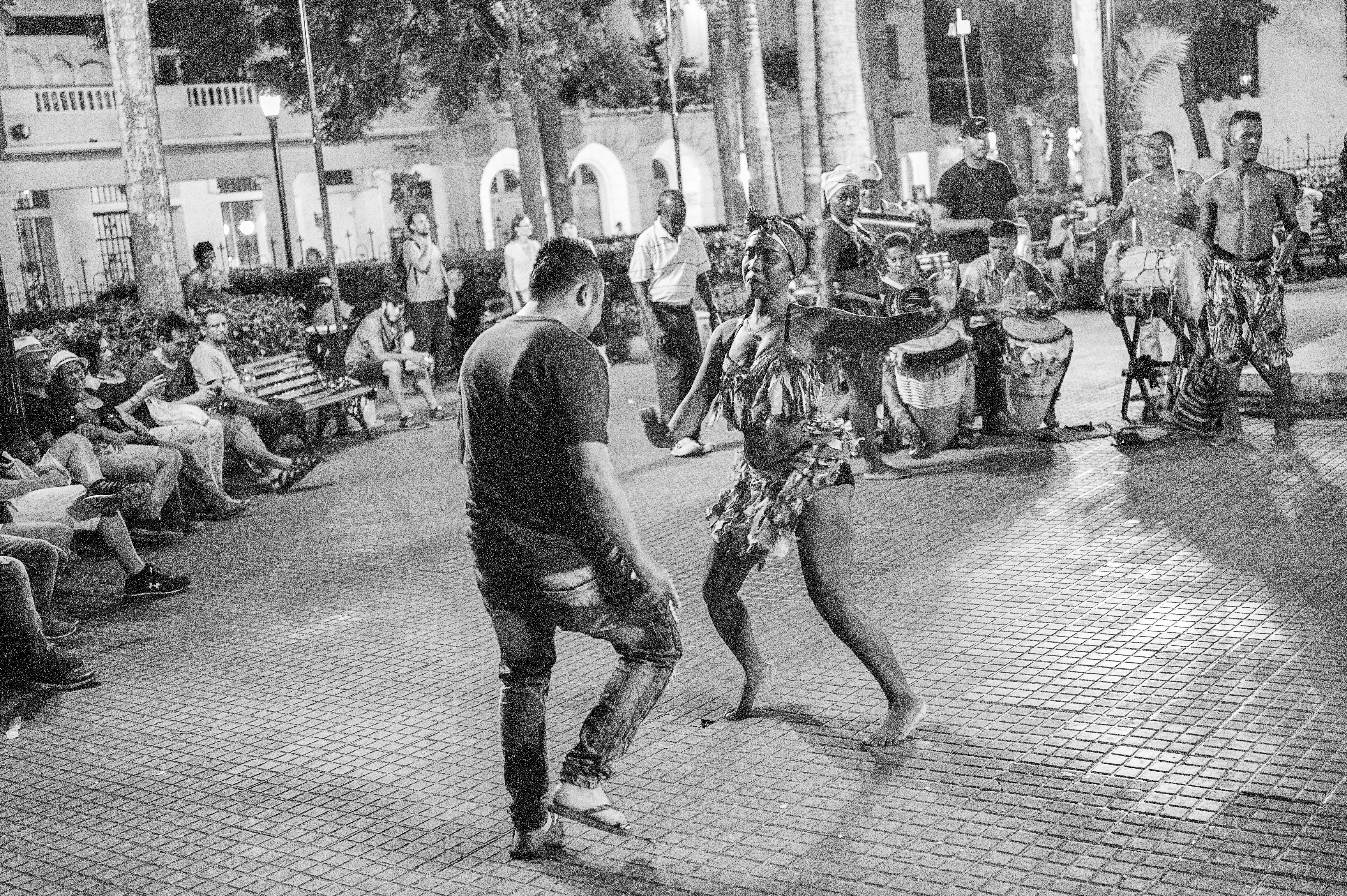
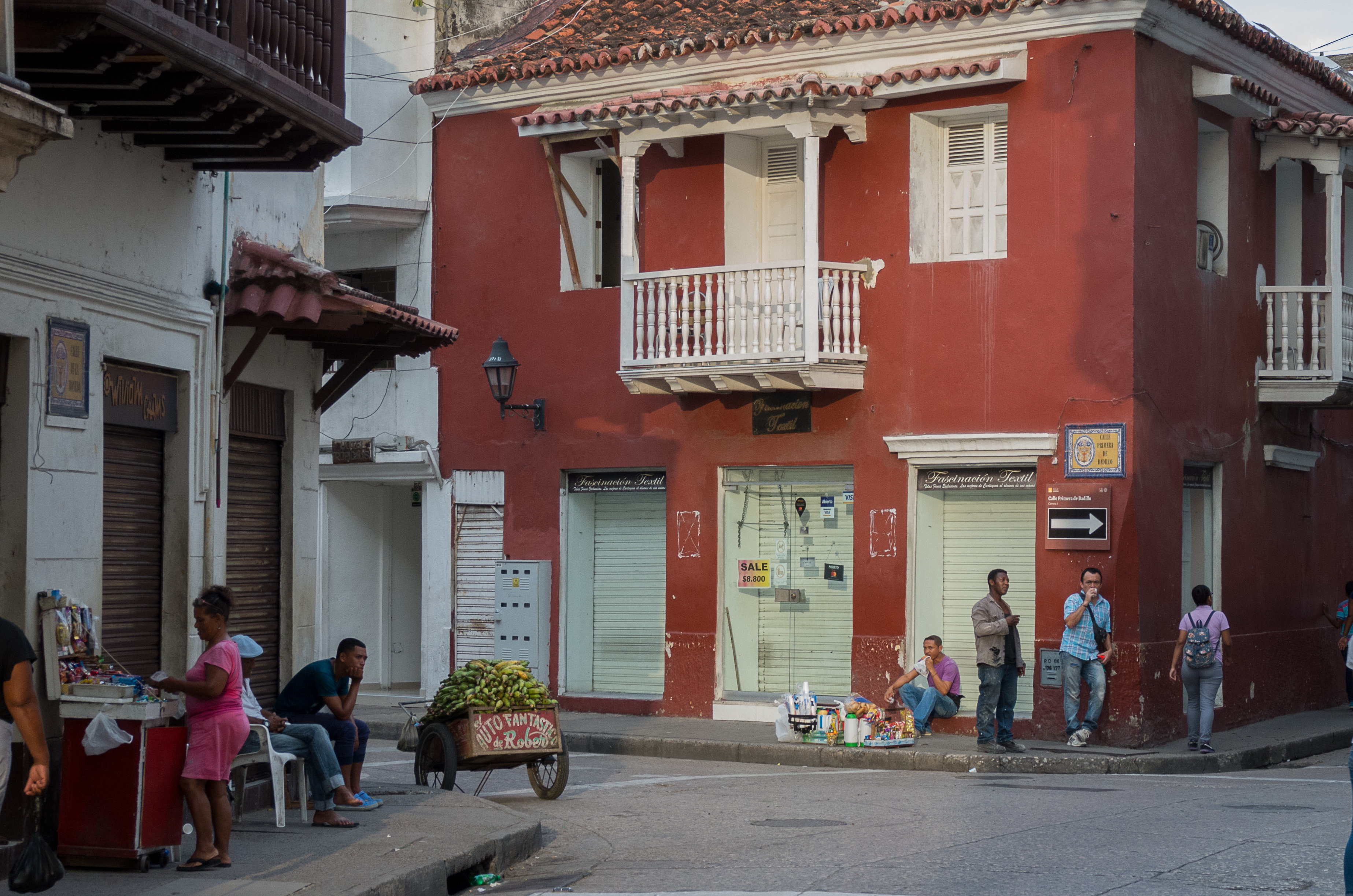
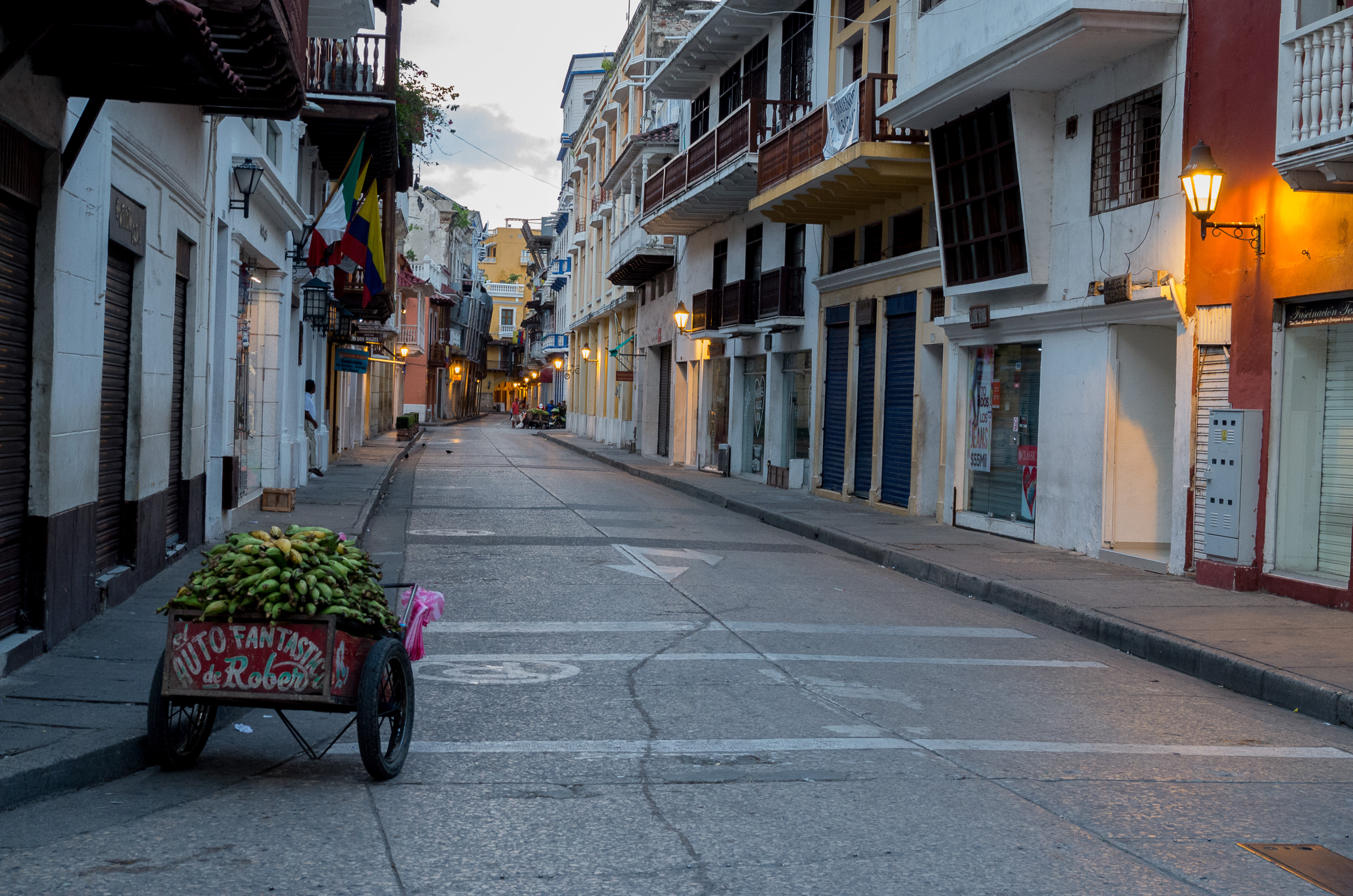
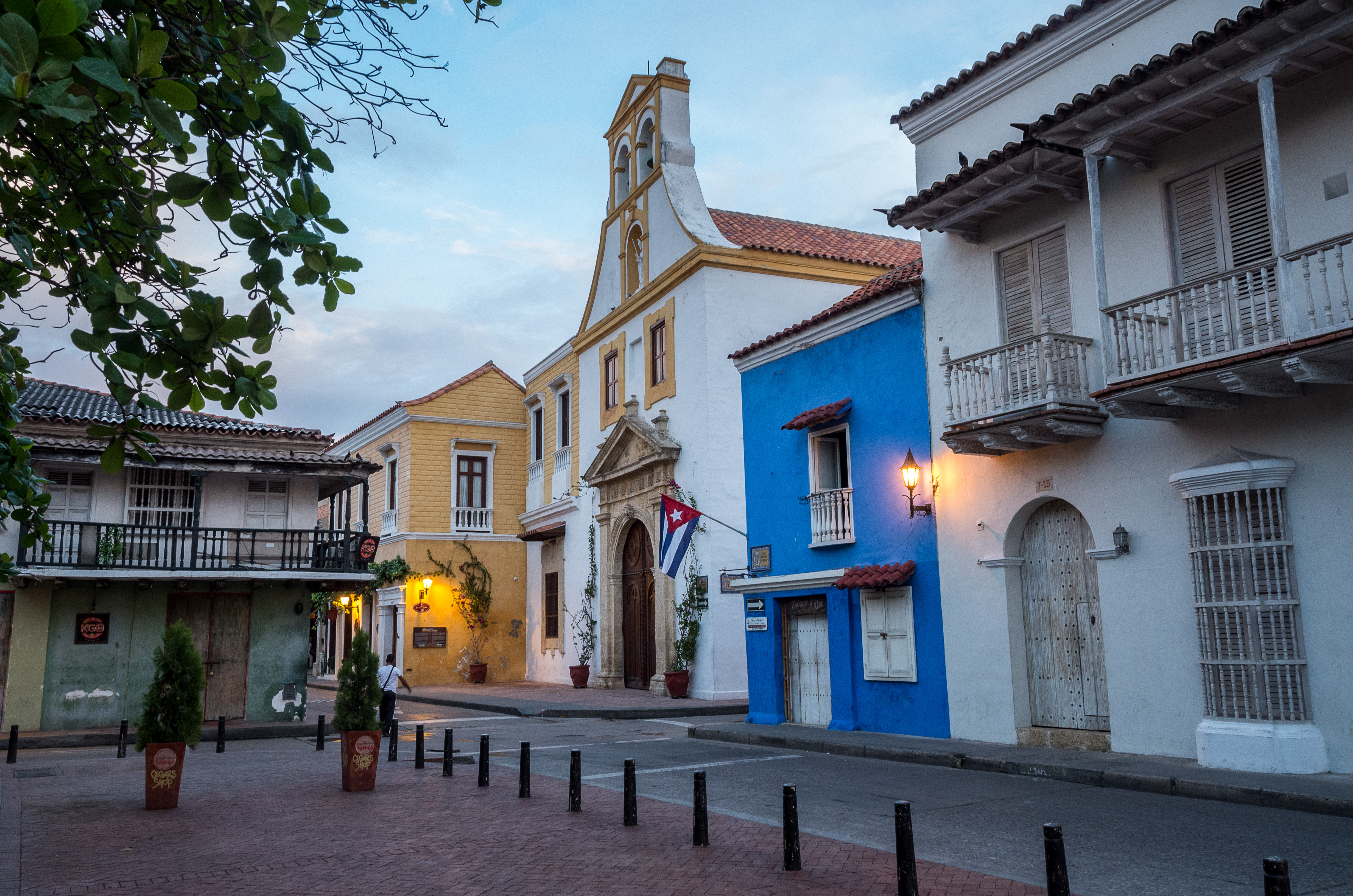
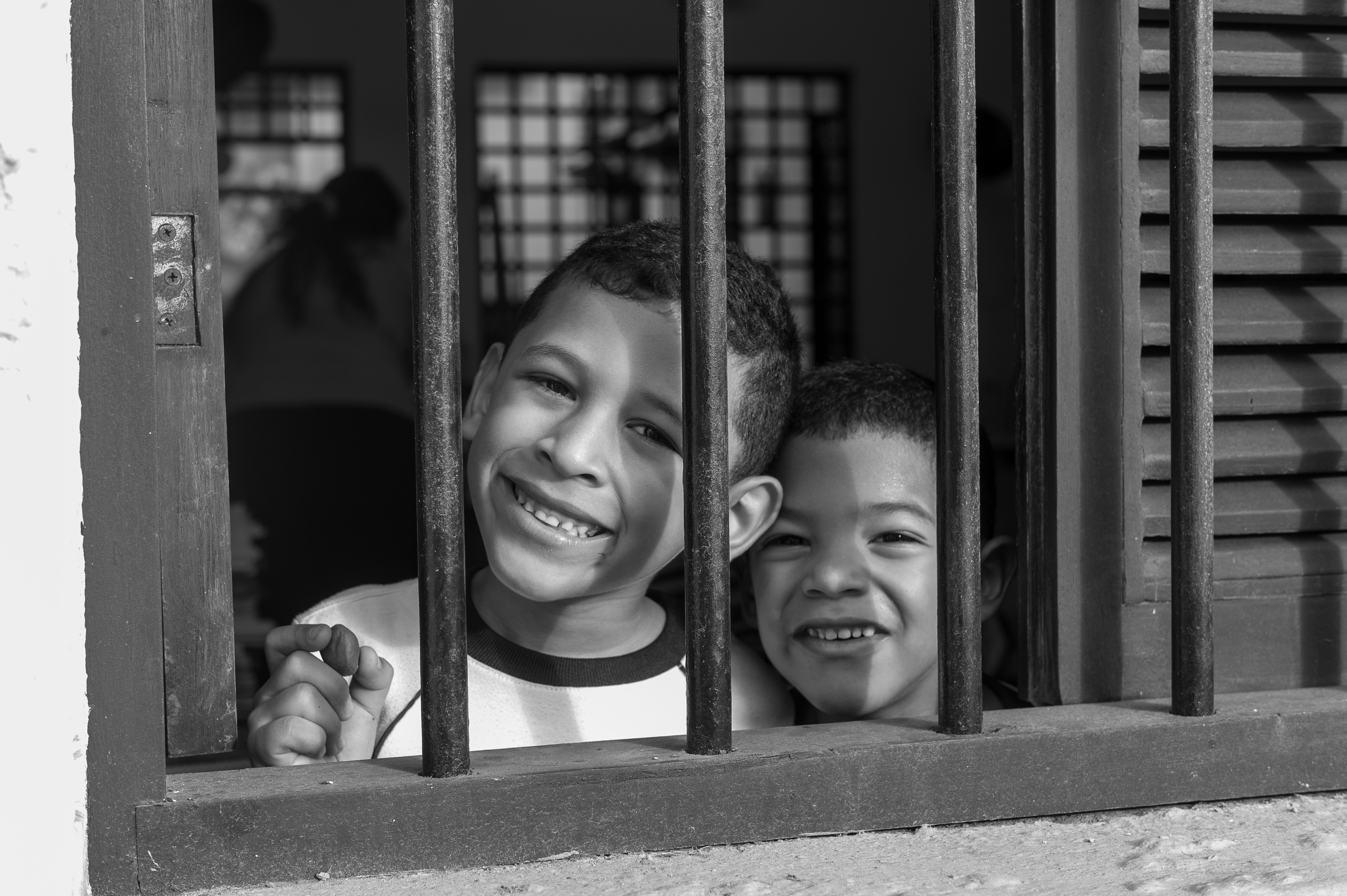
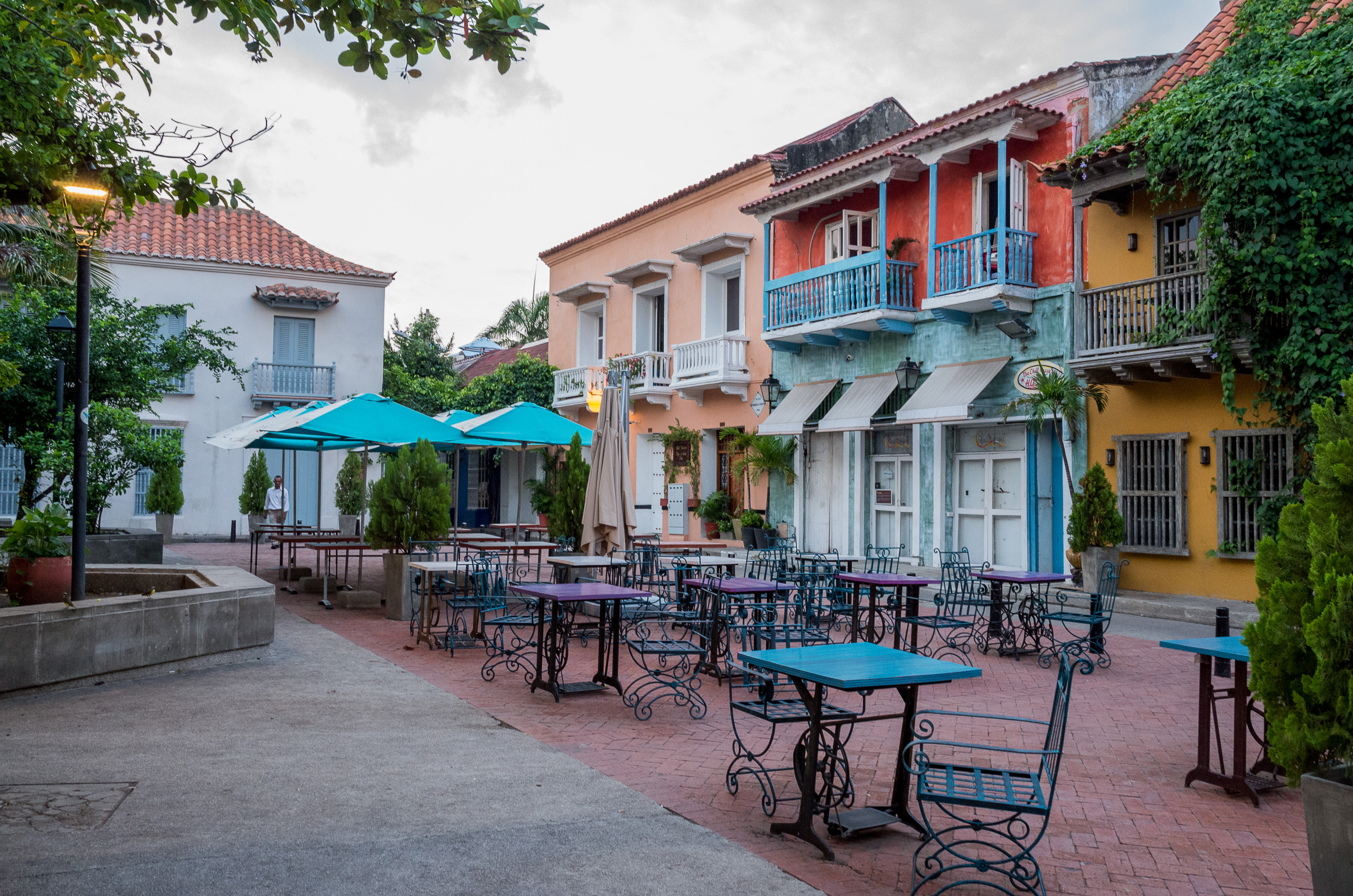
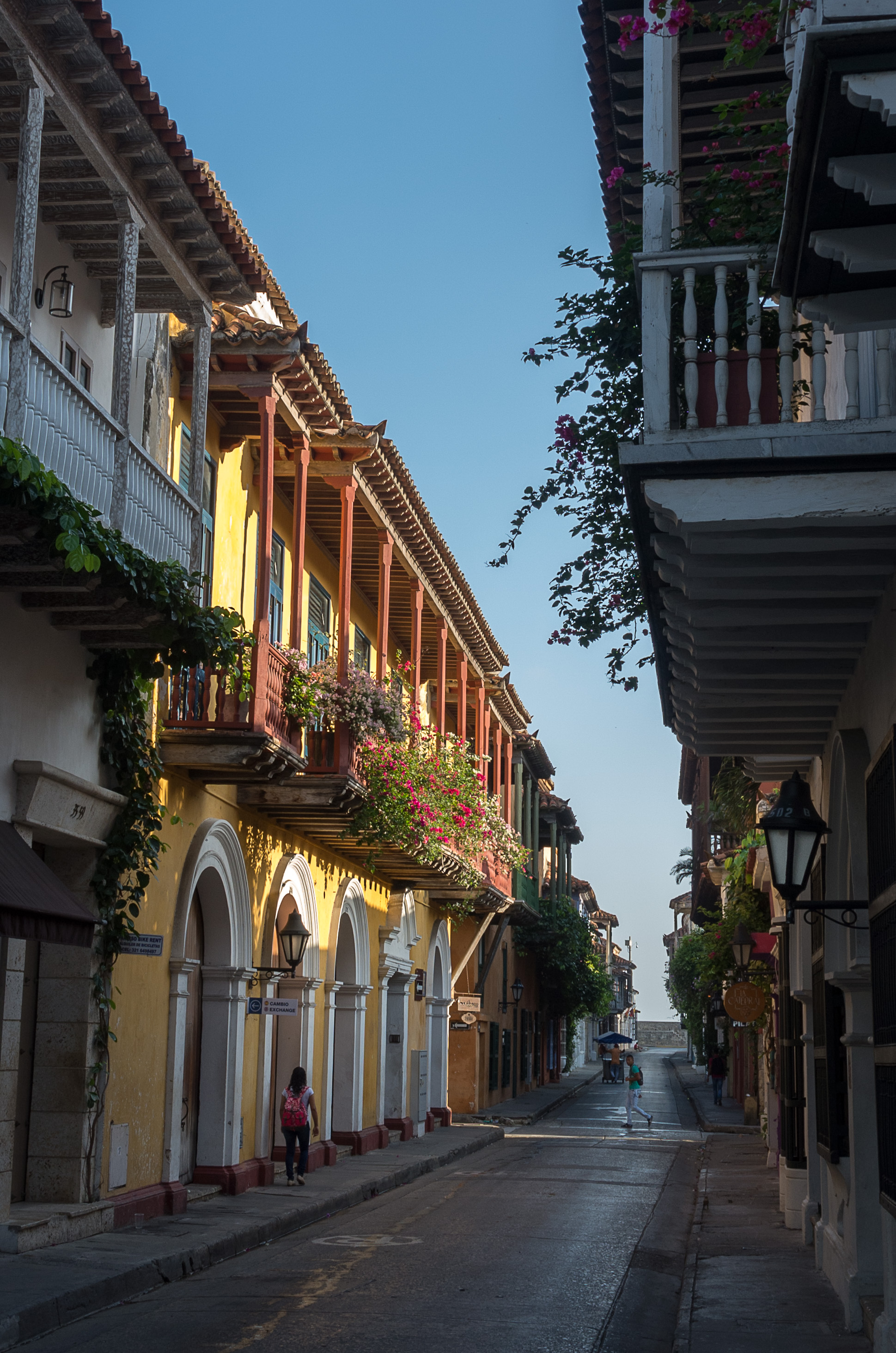
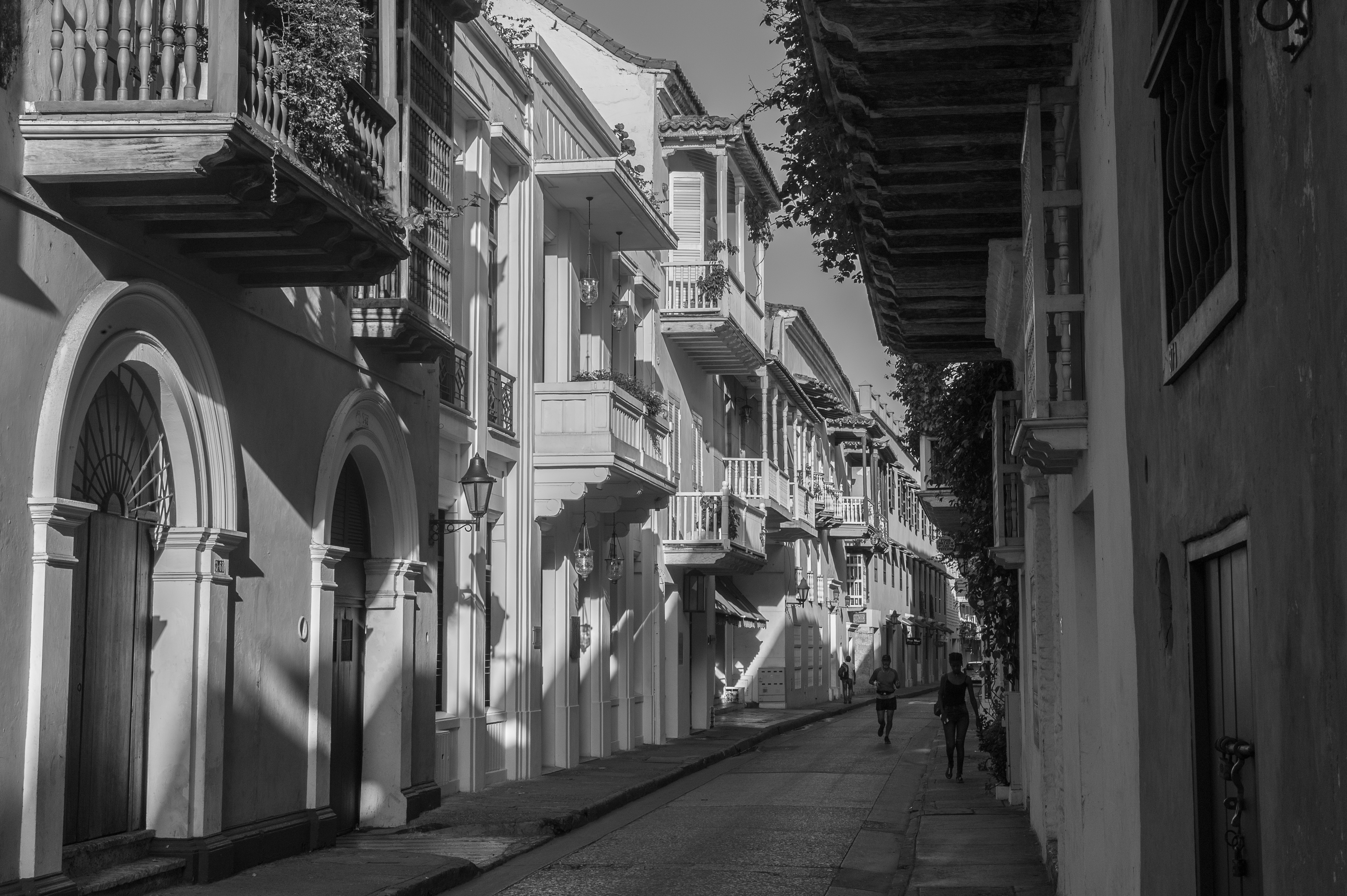
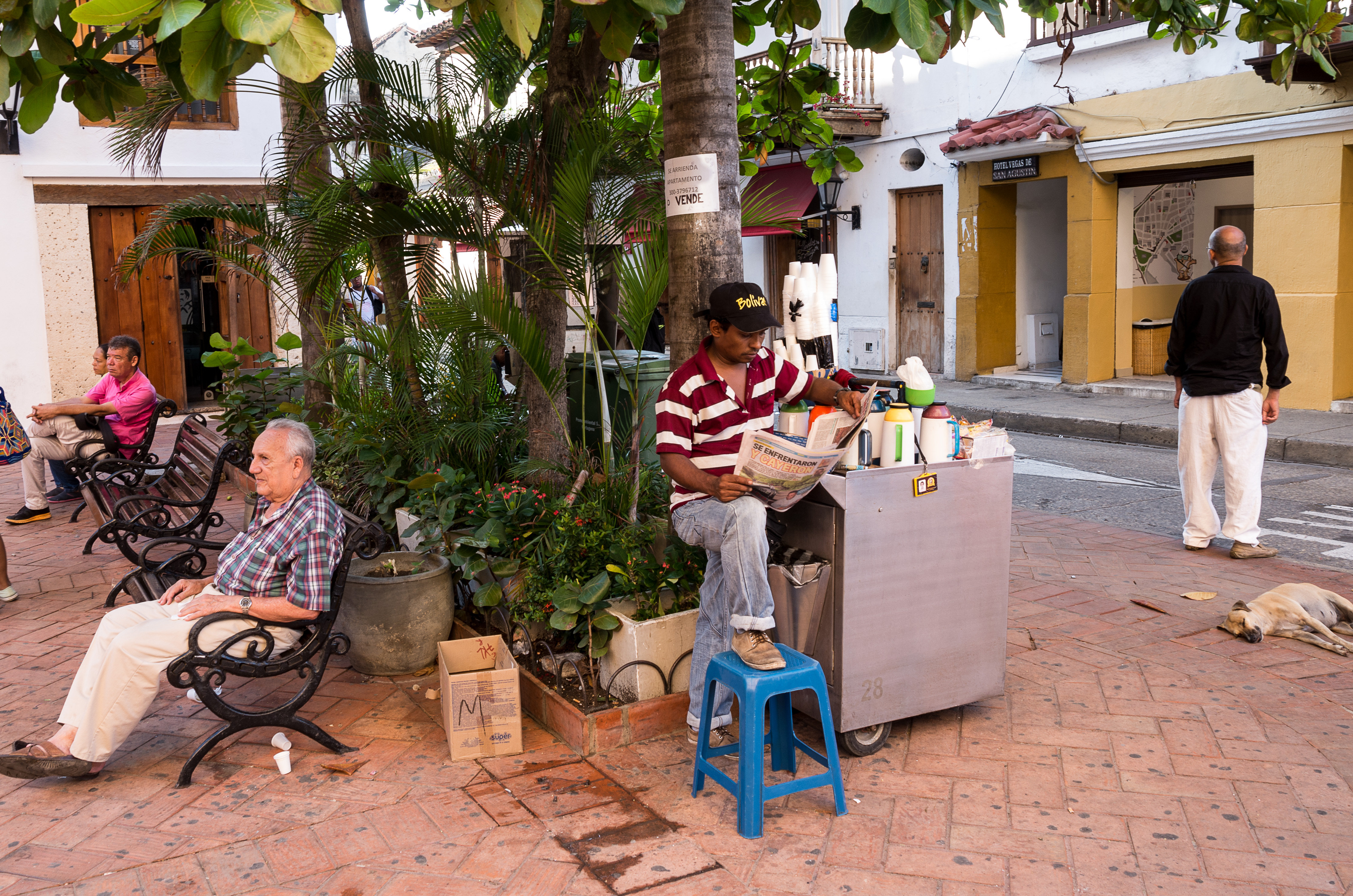
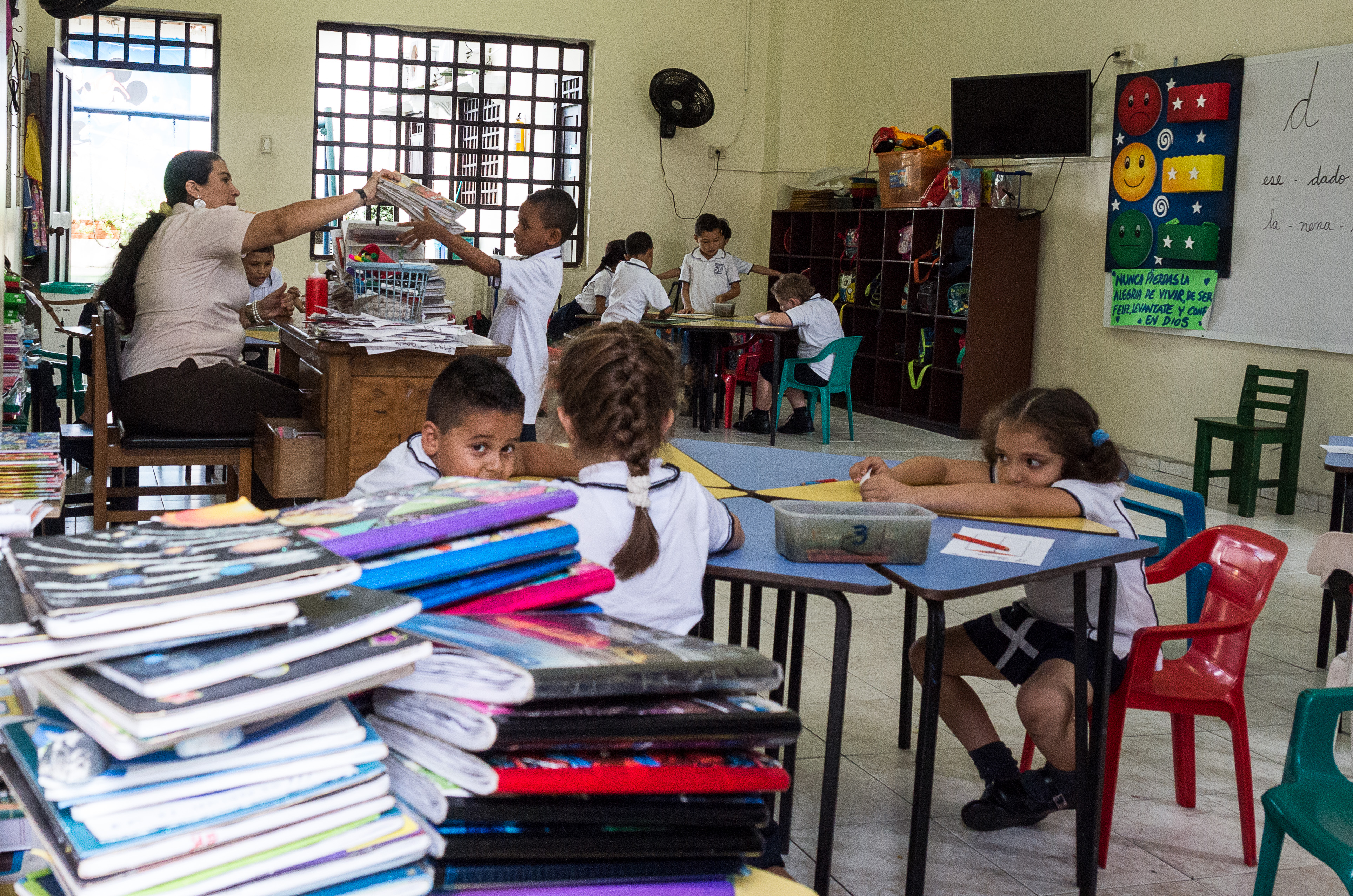
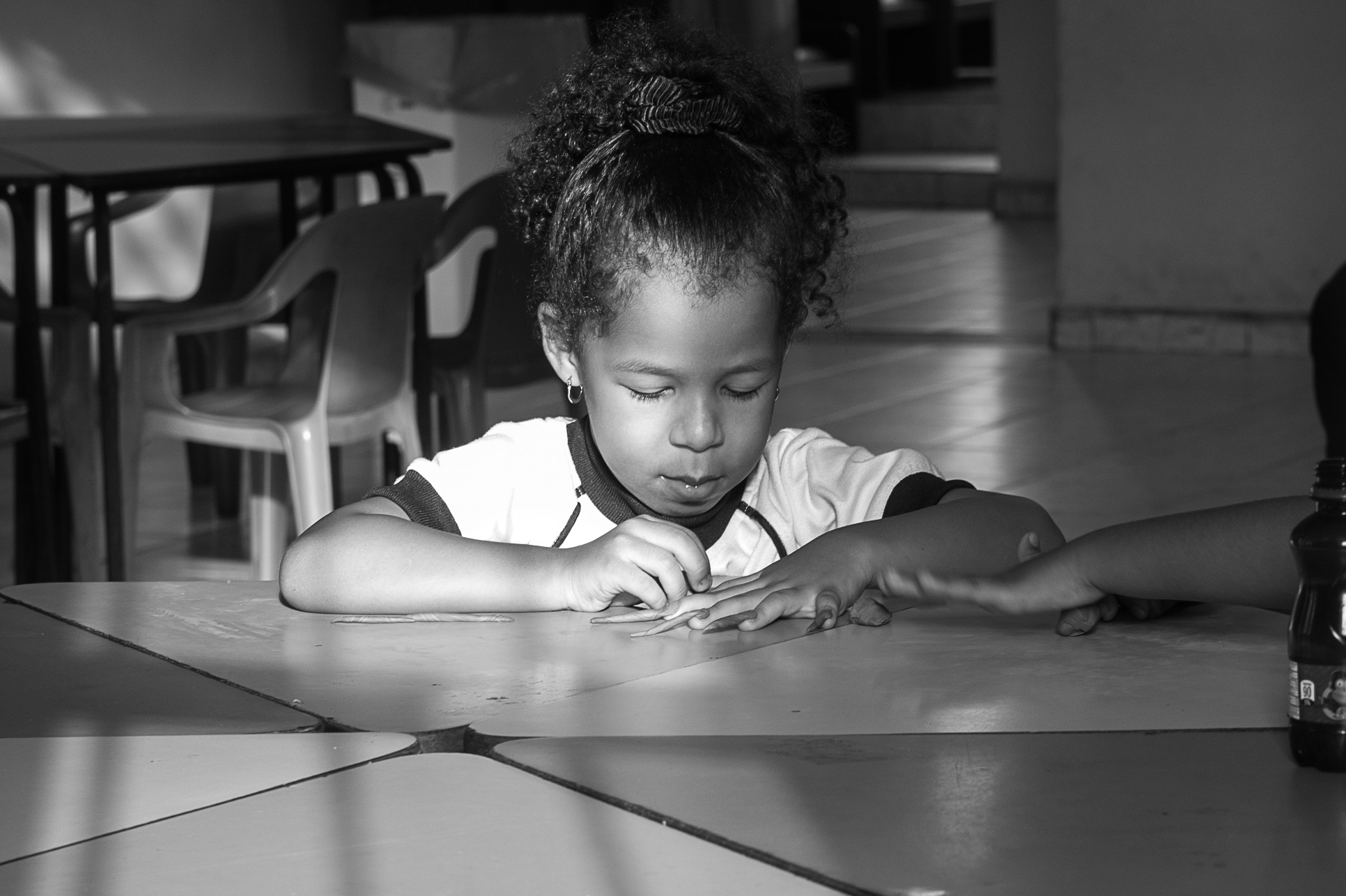

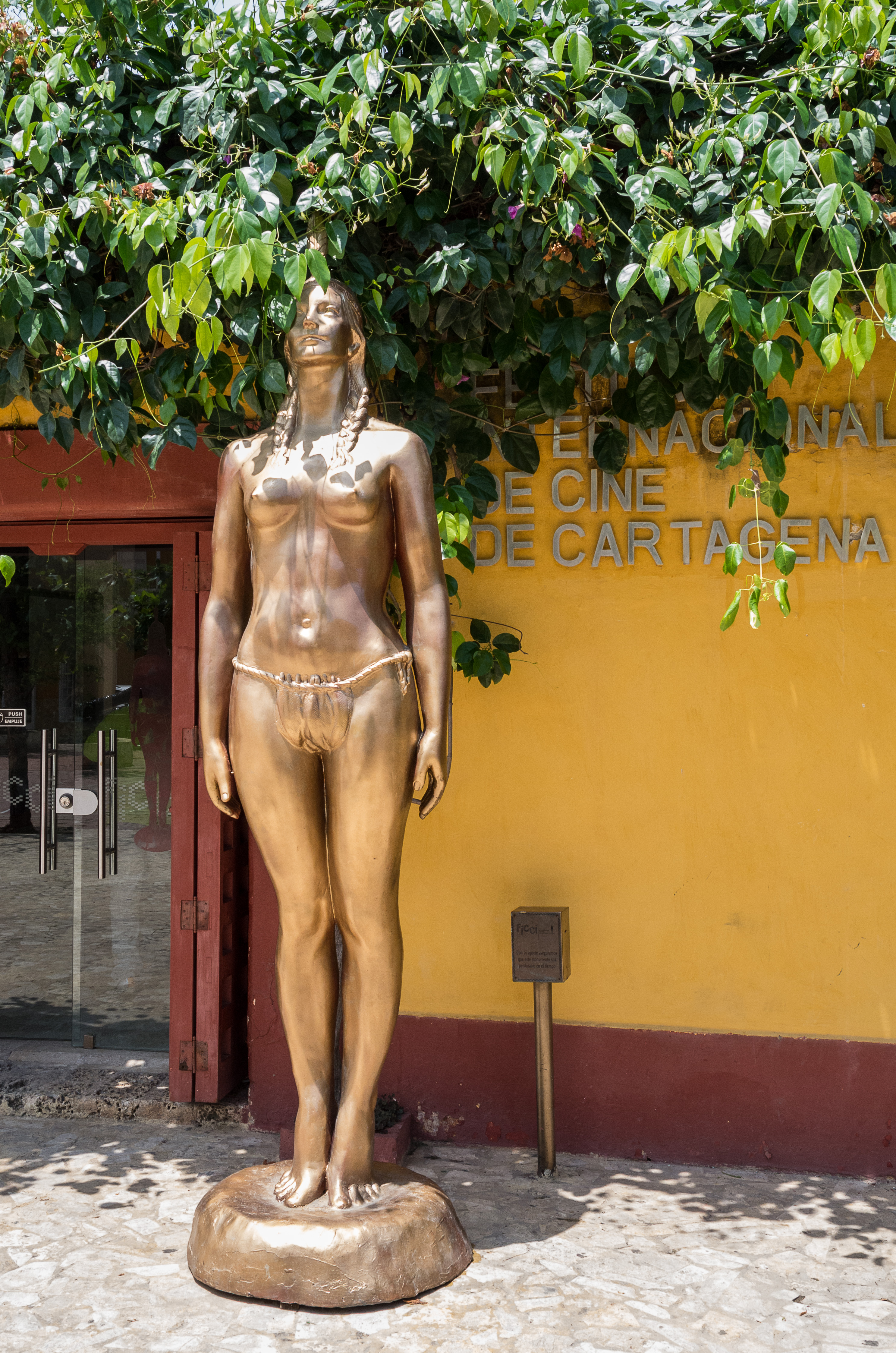
This statue at the main entrance to the old town from the mainland is a tribute to the Caribbean people, who inhabited this land before the Spanish Conquest. The lovely bronze statue depicts Catalina. Catalina was abducted in 1509 by Spanish conqueror Diego de Nicuesa from an indigenous settlement known as Zamba o Galerazamba, where she was the daughter of the local chief. She was sent to Santo Domingo, where she learned the Spanish language and adopted the Catholic religion. Pedro de Heredia required her to serve as an interpreter to the Native Americans. The statue was forged in 1974 by Eladio Gil, a Spanish sculptor living in Cartagena.
The next picture shows a sculpture by the renowned columbian artist Fernando Botero, who named it Getrudis. It is located on the Plaza Santo Domingo.
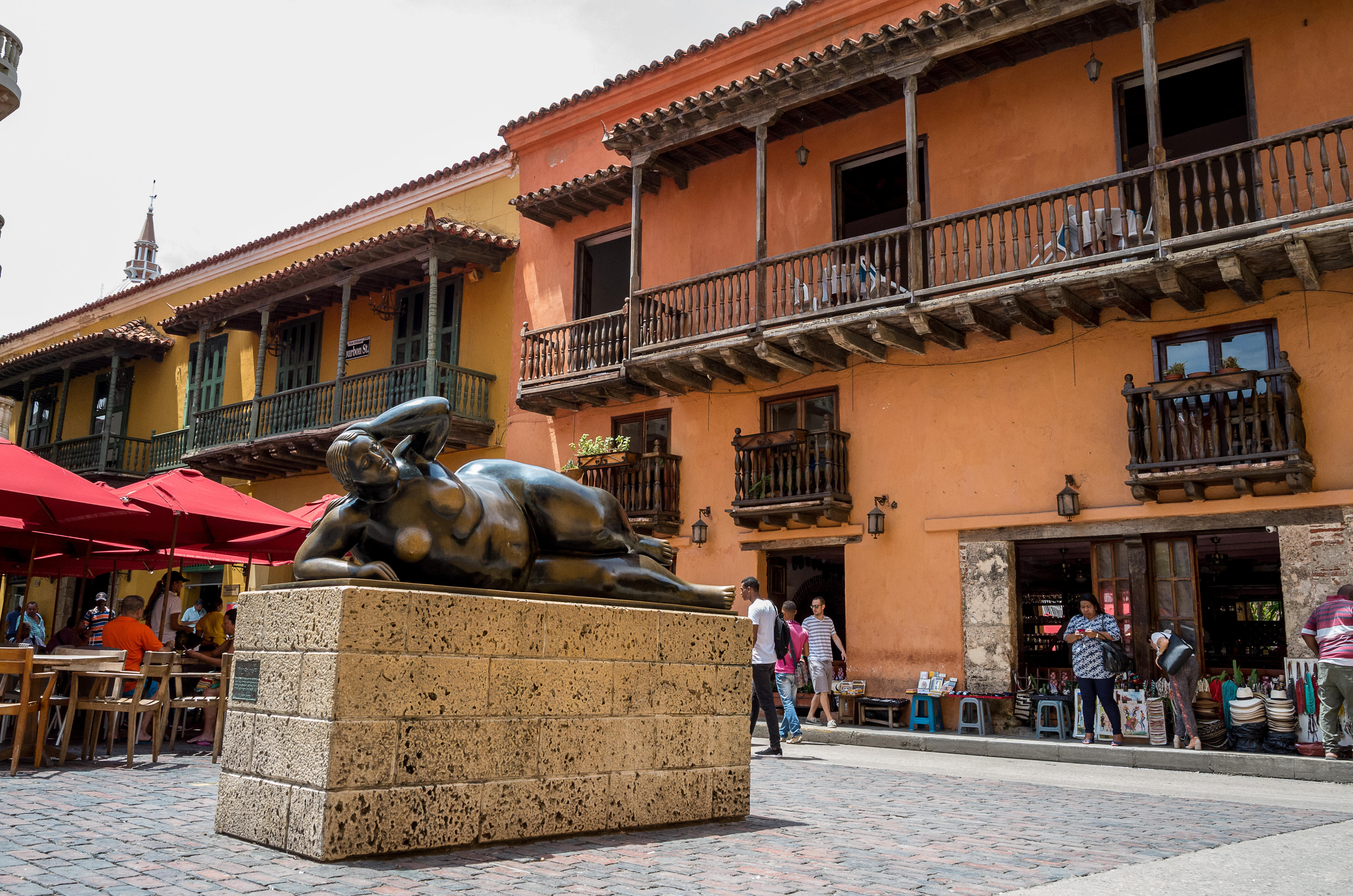
Pictures above were taken early morning and when school started. Following is more of ” street photography”.
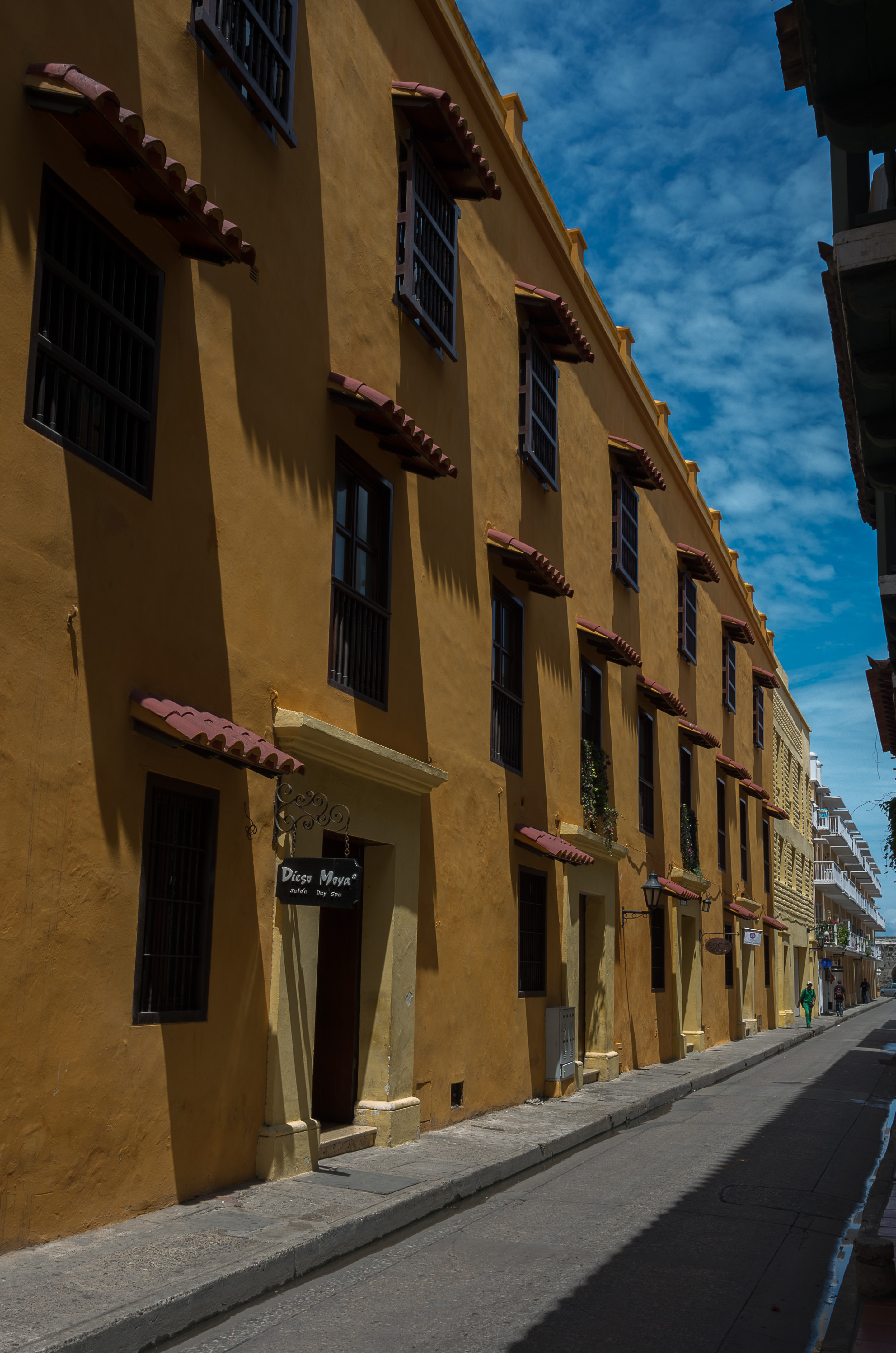
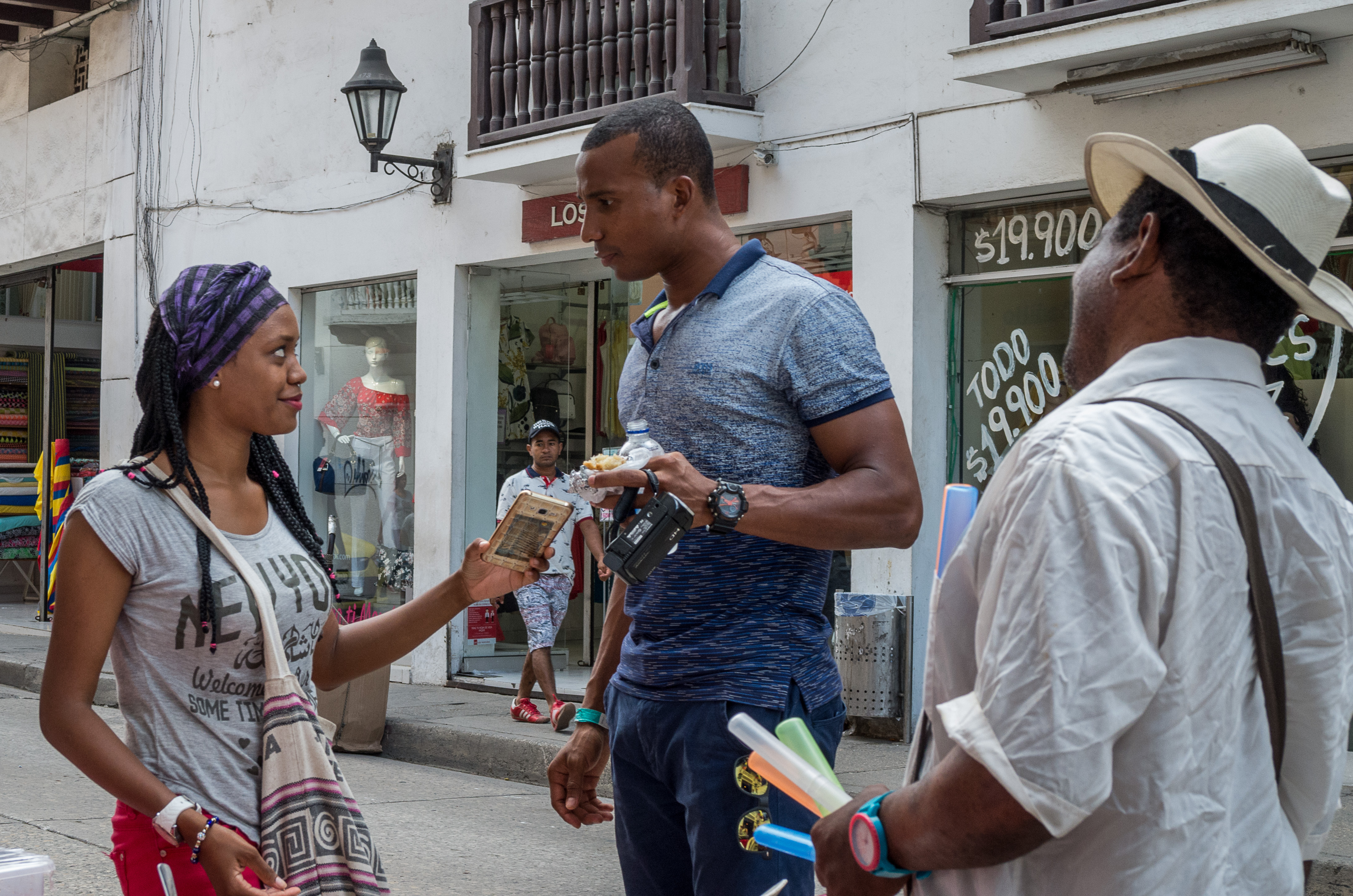
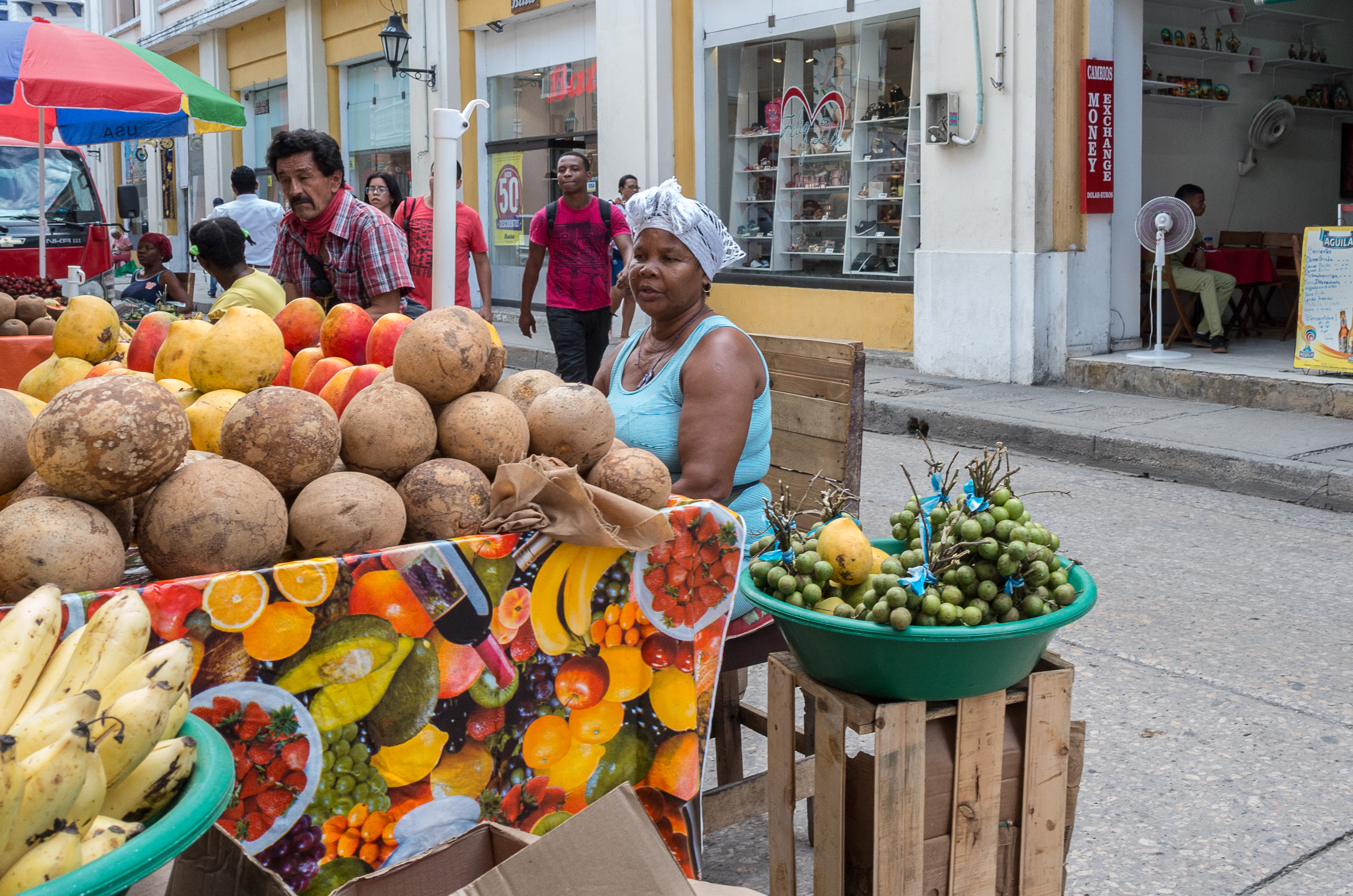
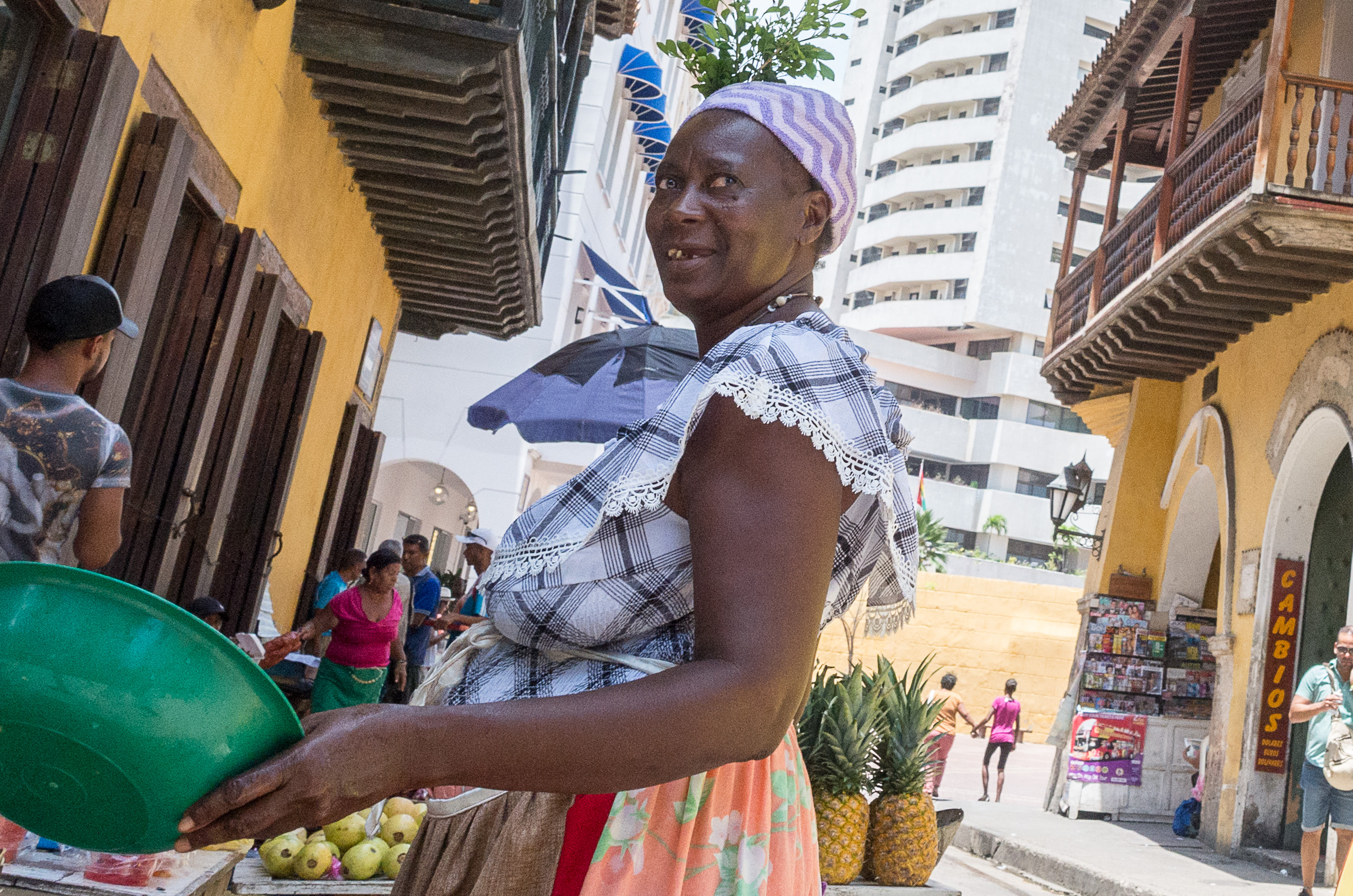
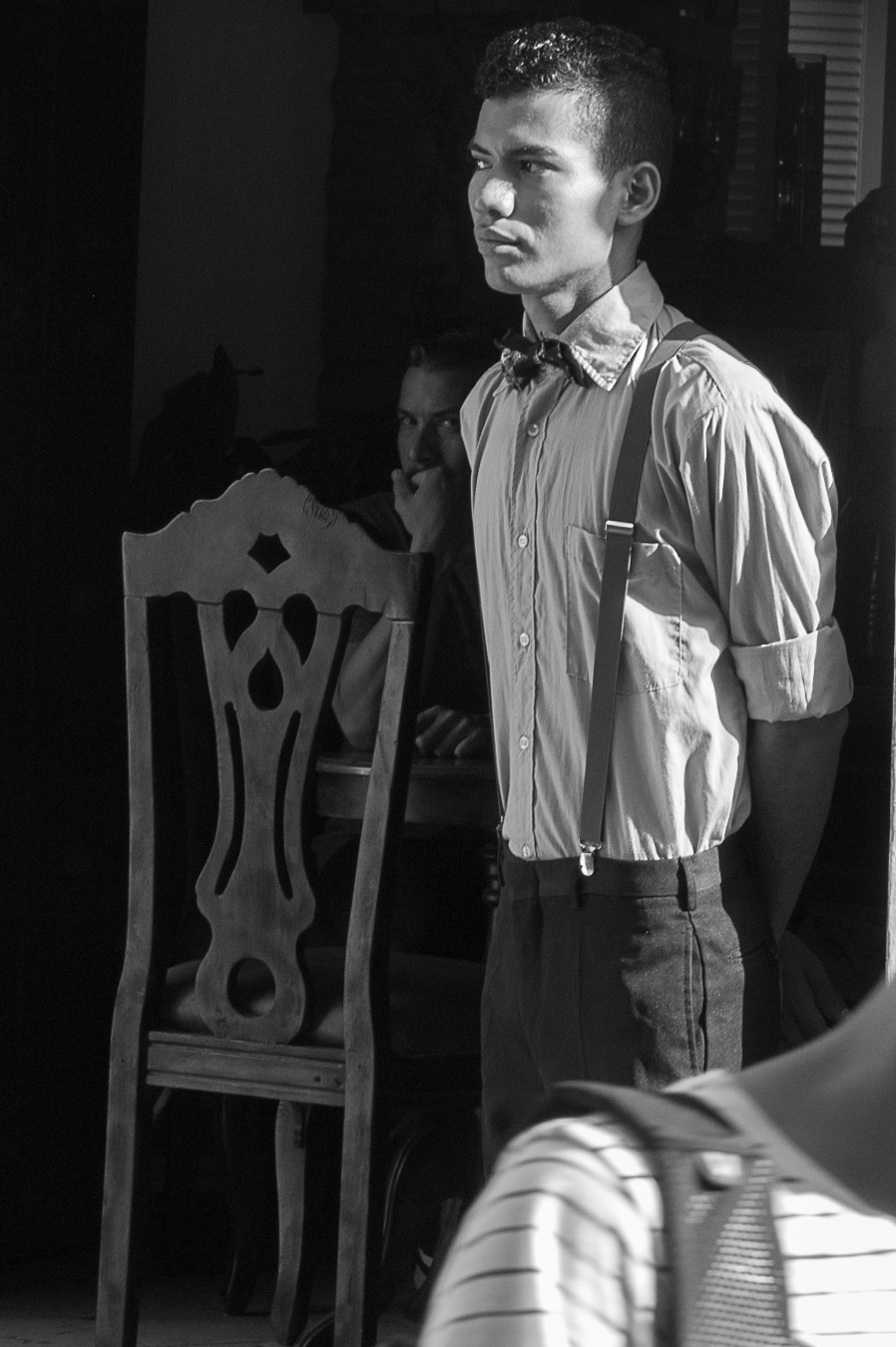
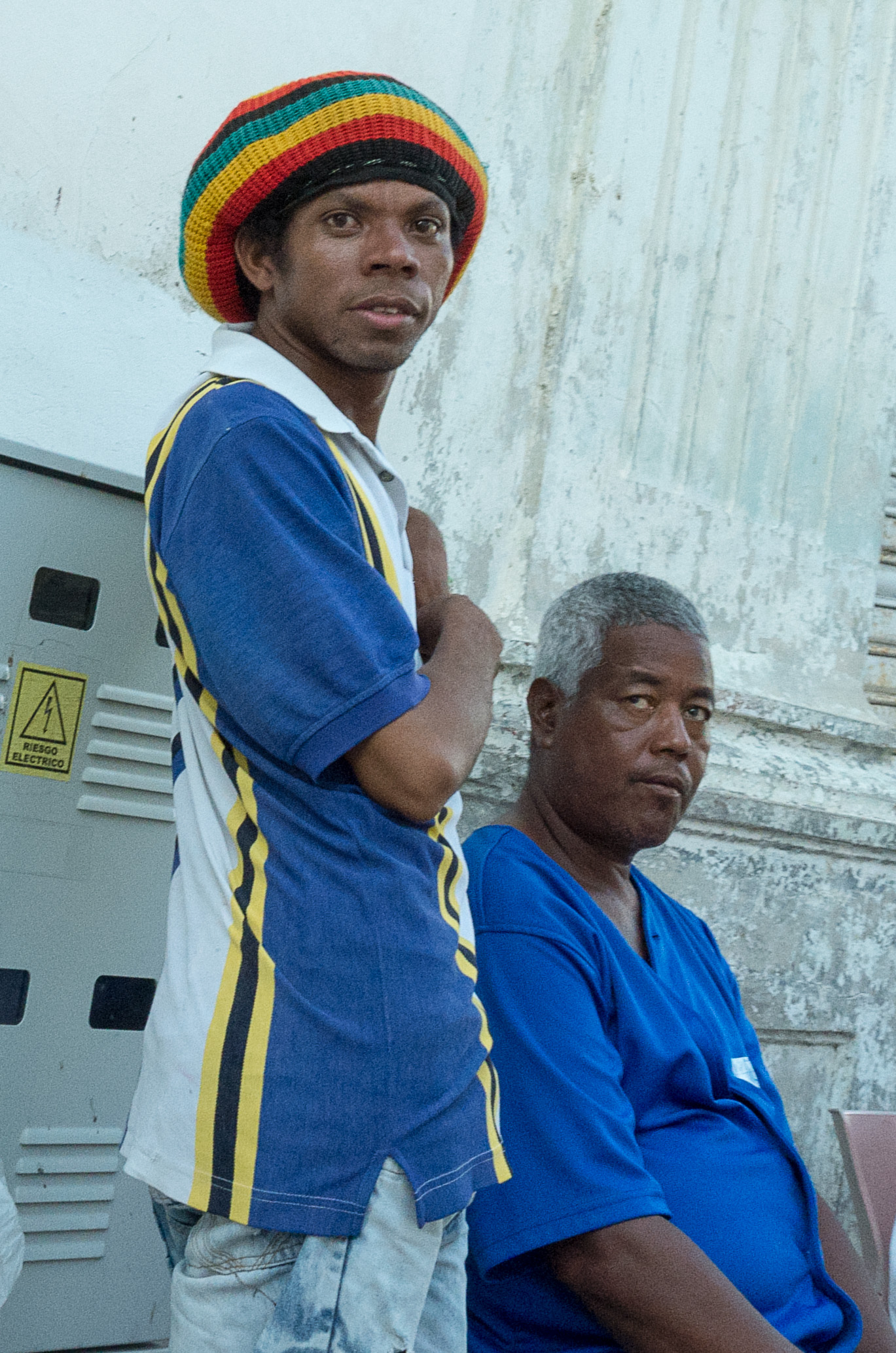
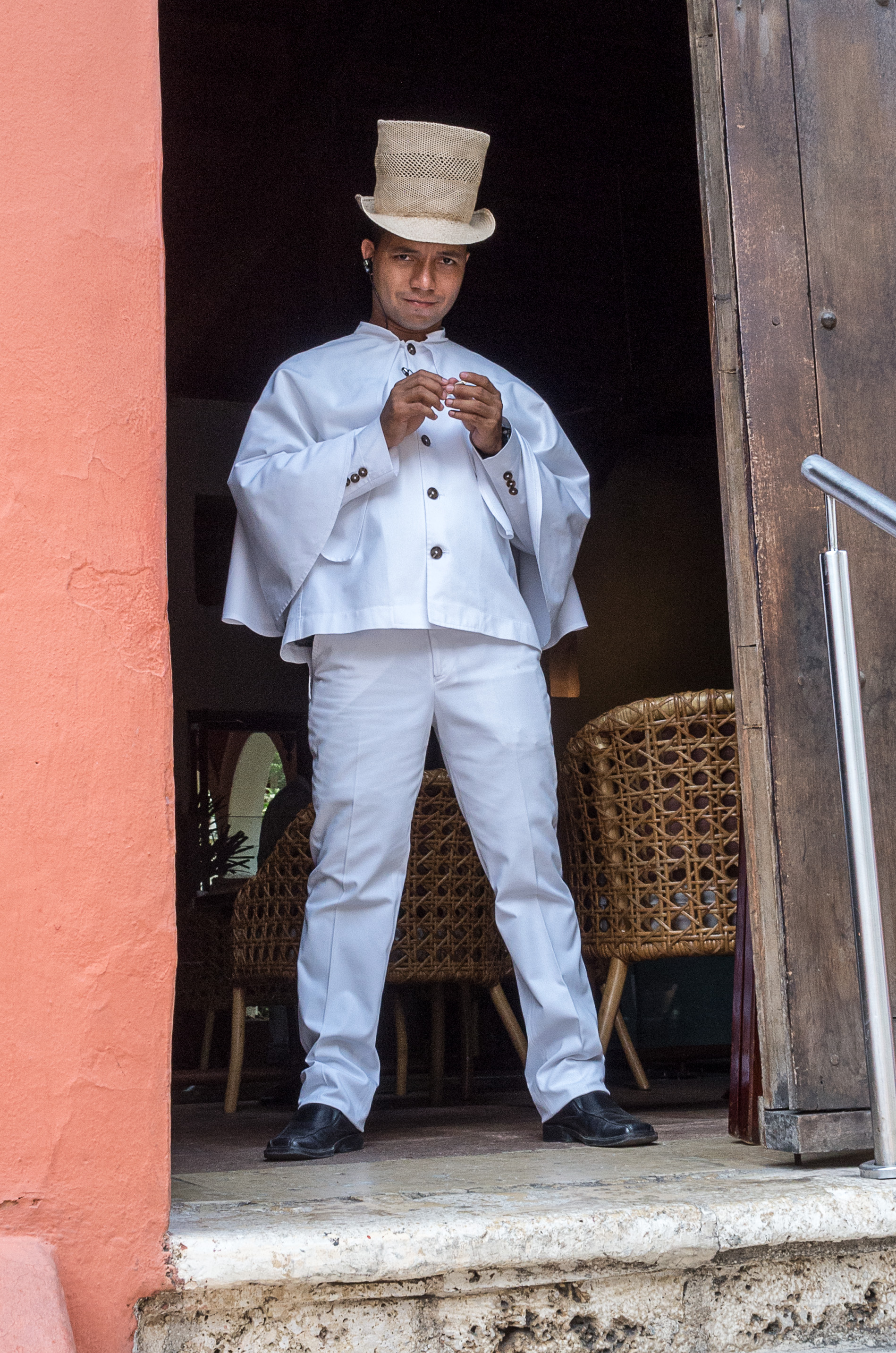
Getsemaní is a neighborhood in Cartagena outside the city walls. Historically it was home to the many of Cartagena’s slaves and free people of color. Among them lived Pedro Romero, who took the lead in organizing the “Patriot Lancers of Getsemaní”. On November 11, 1811, amid growing discontent with Spanish rule and increasing cries for Cartagena to declare total independence from Spain ahead of the rest of Nueva Granada, the city’s radicals—backed by people of African descent in the Lancers of Getsemaní and the “Pardo Patriots”—finally compelled the Supreme Junta to declare independence. Romero organized the men of Getsemaní in front of the neighborhood’s church, and from there entered into the city, broke into the city arsenal and armed the crowd with guns, lances, and daggers, and stormed the Governor’s Palace, forcing the Royal Junta to declare independence. (Monument, Plaza de Trinidad, showing Romero and his compatriots)
Today, Getsemani is popular for it´s bars , nightlife and art scene. The mall streets give Getsemani a distinctive atmosphere.
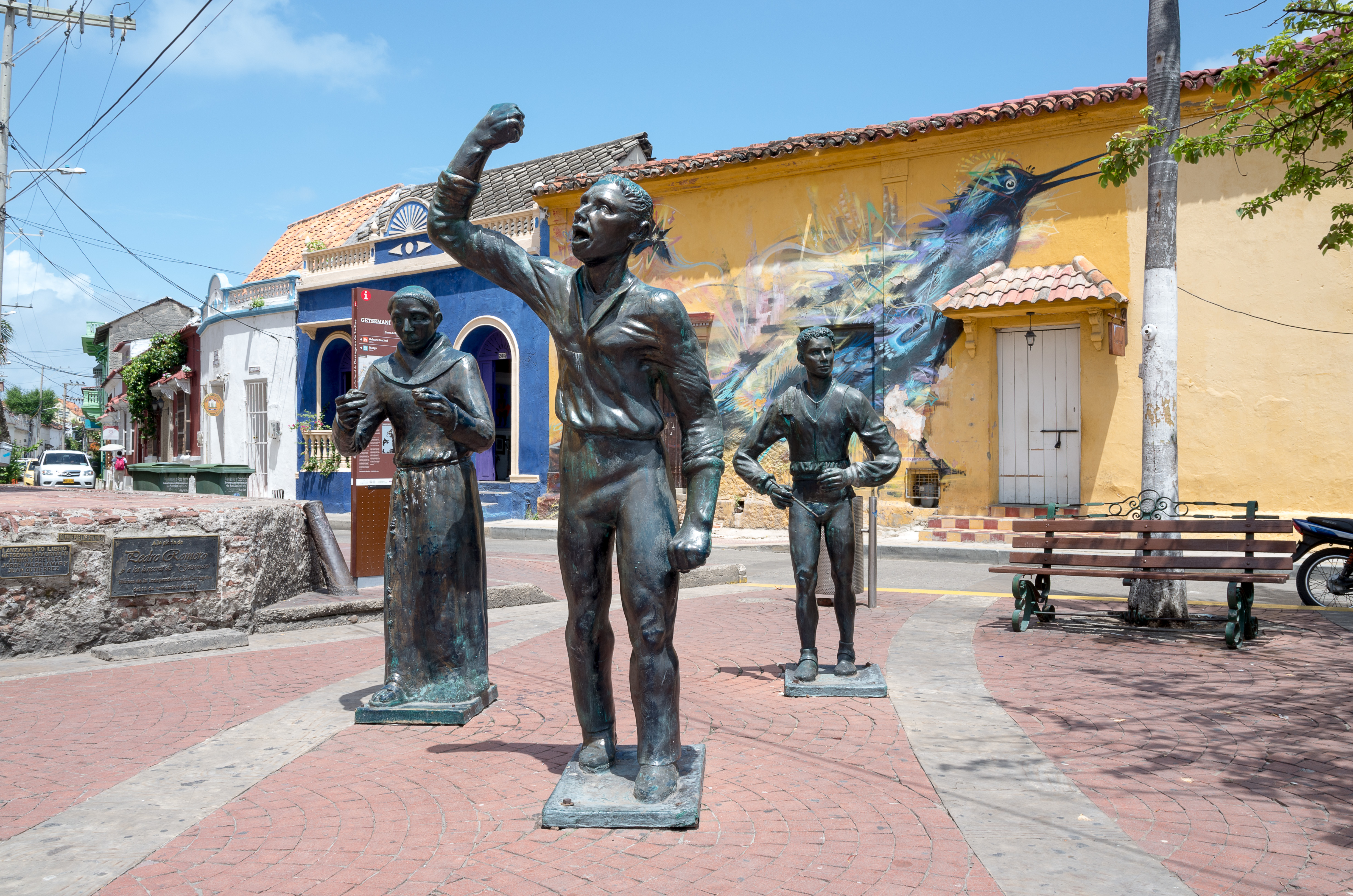
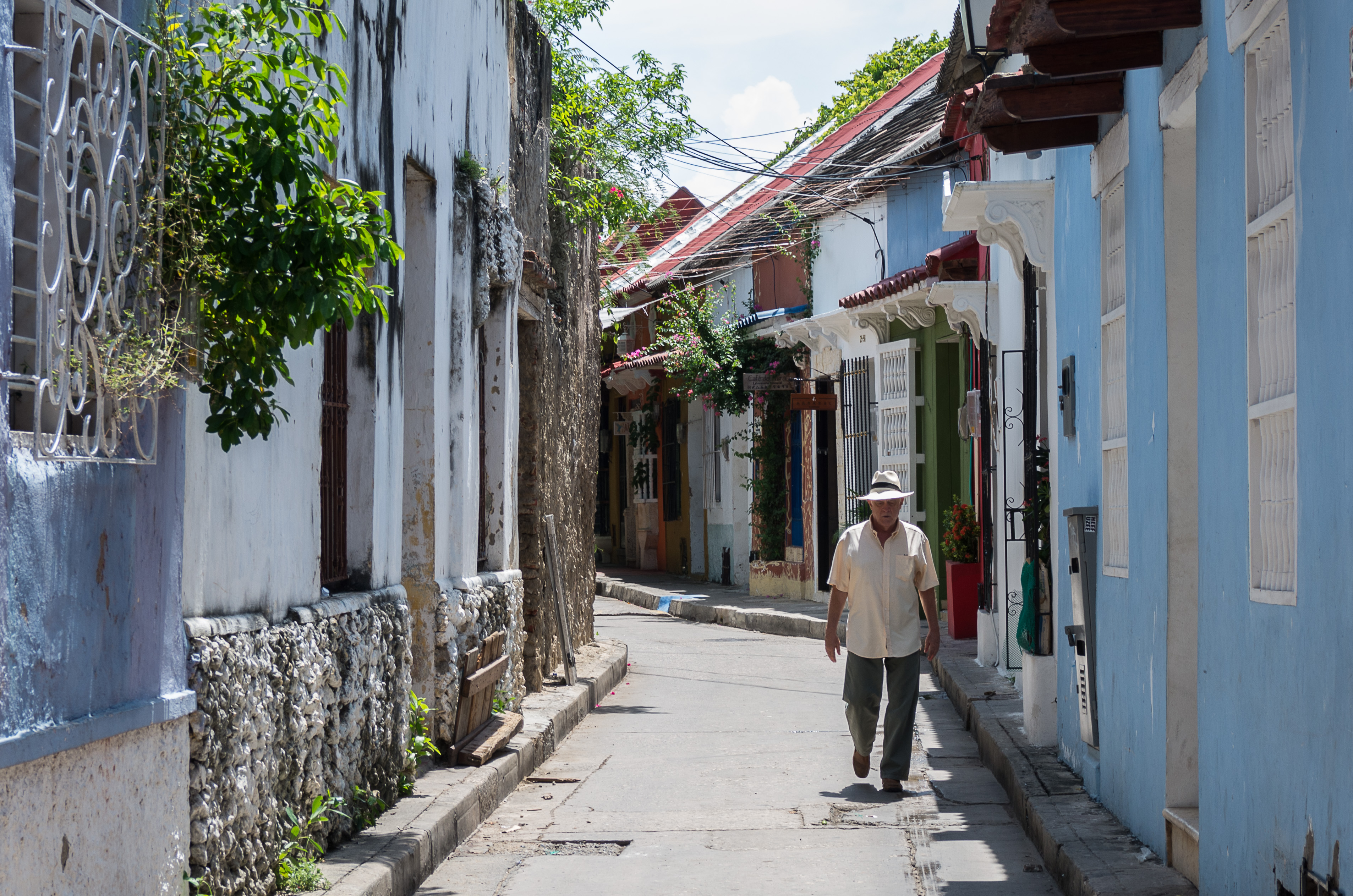
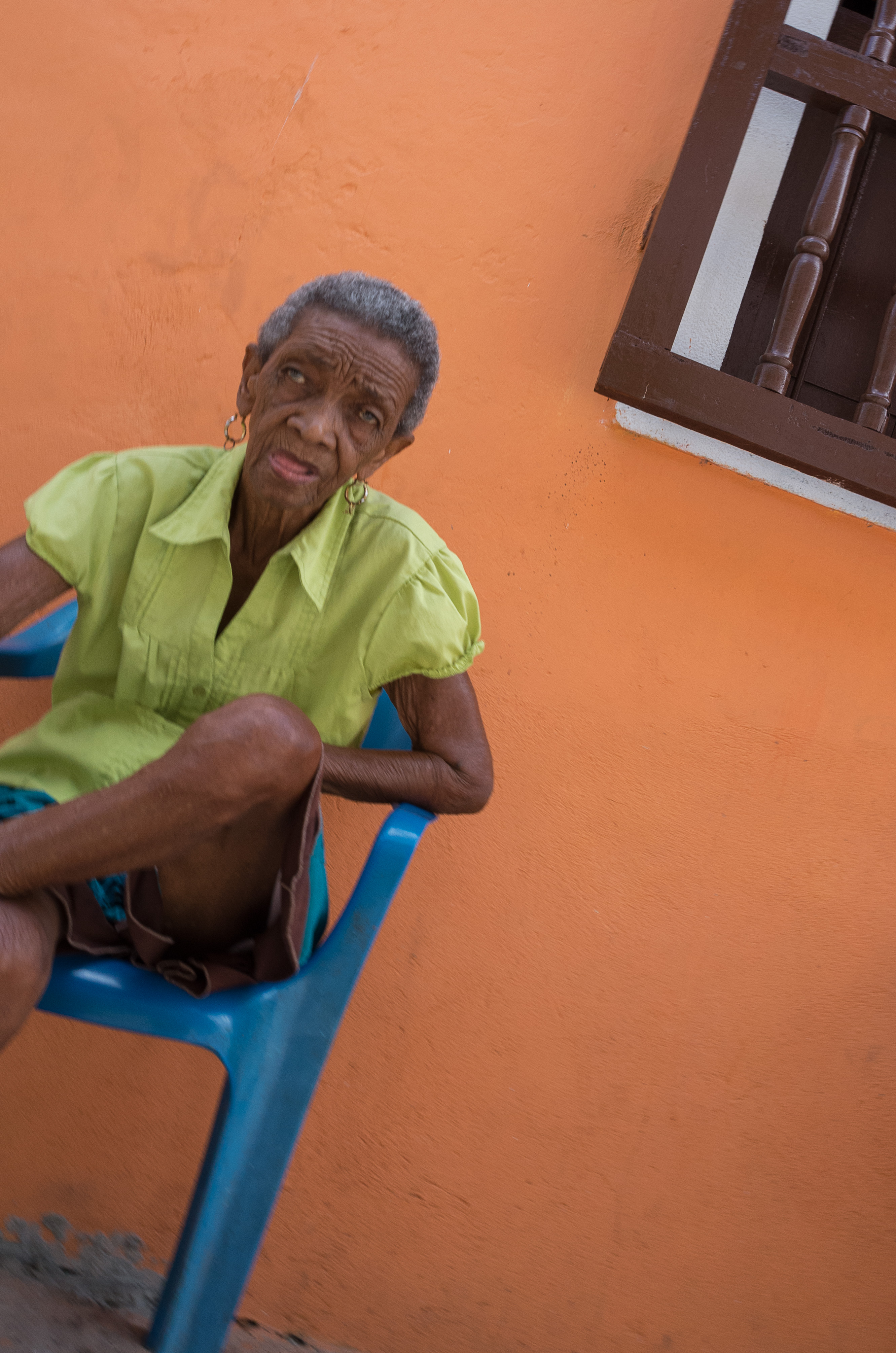
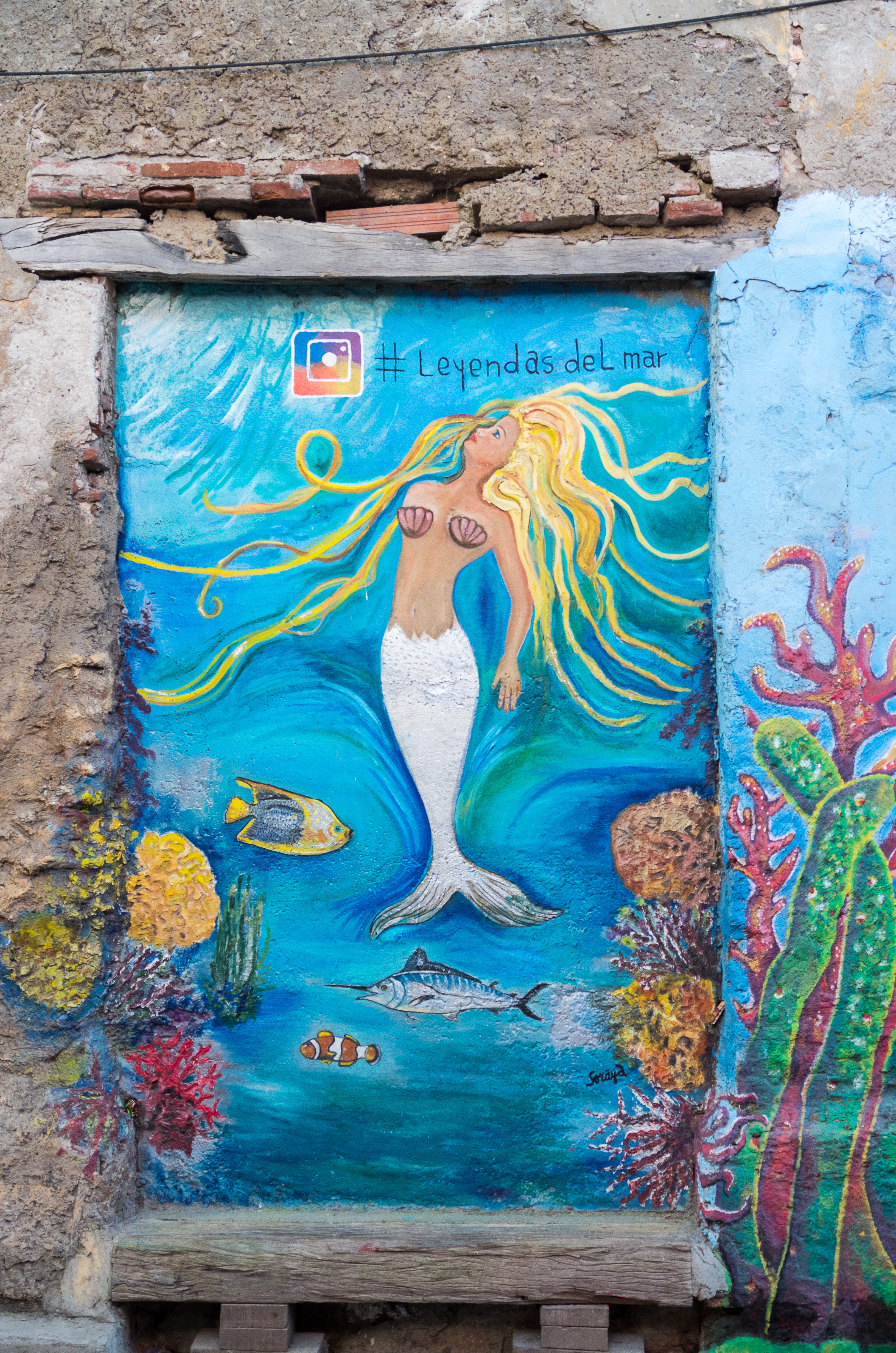
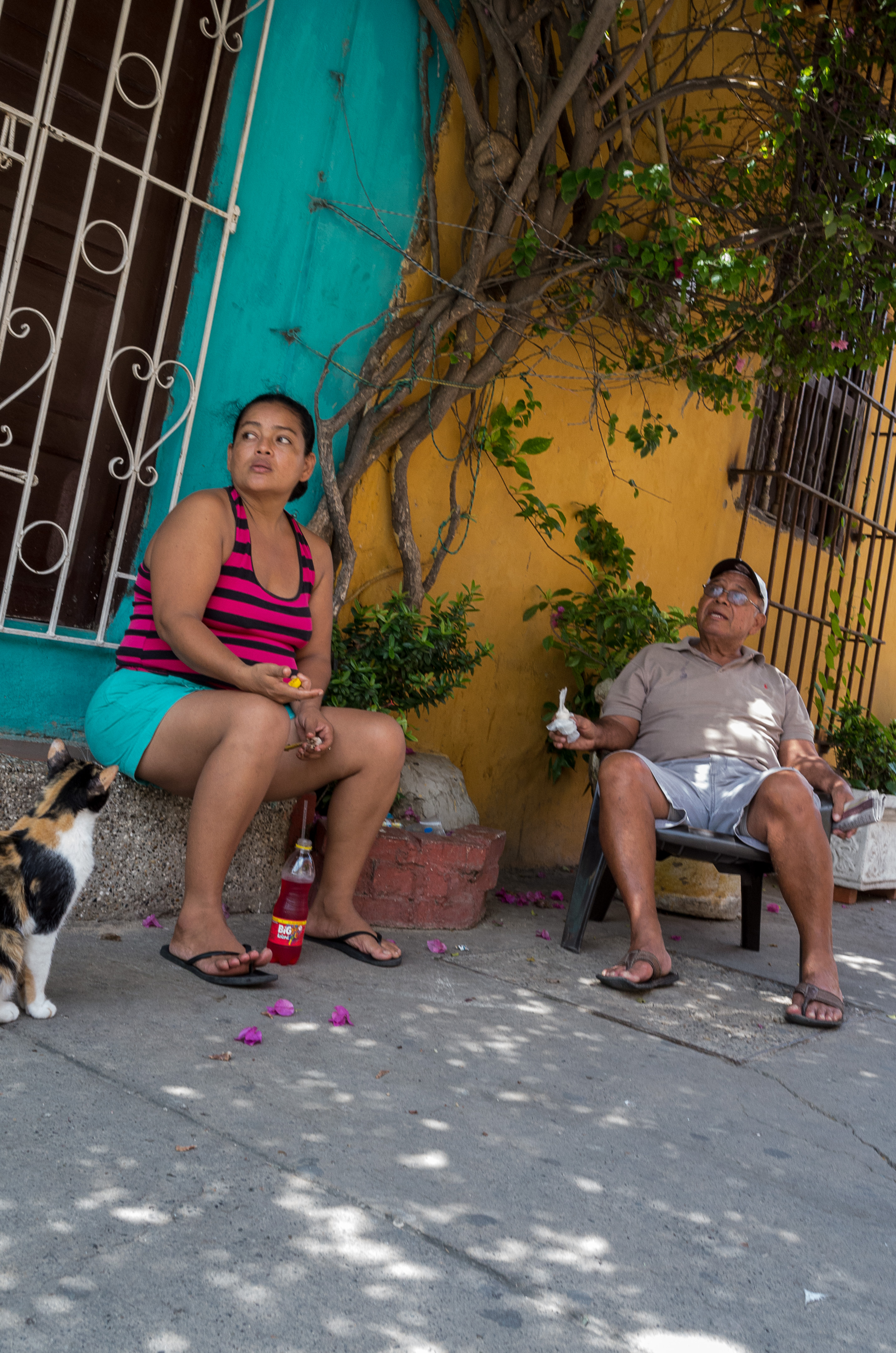
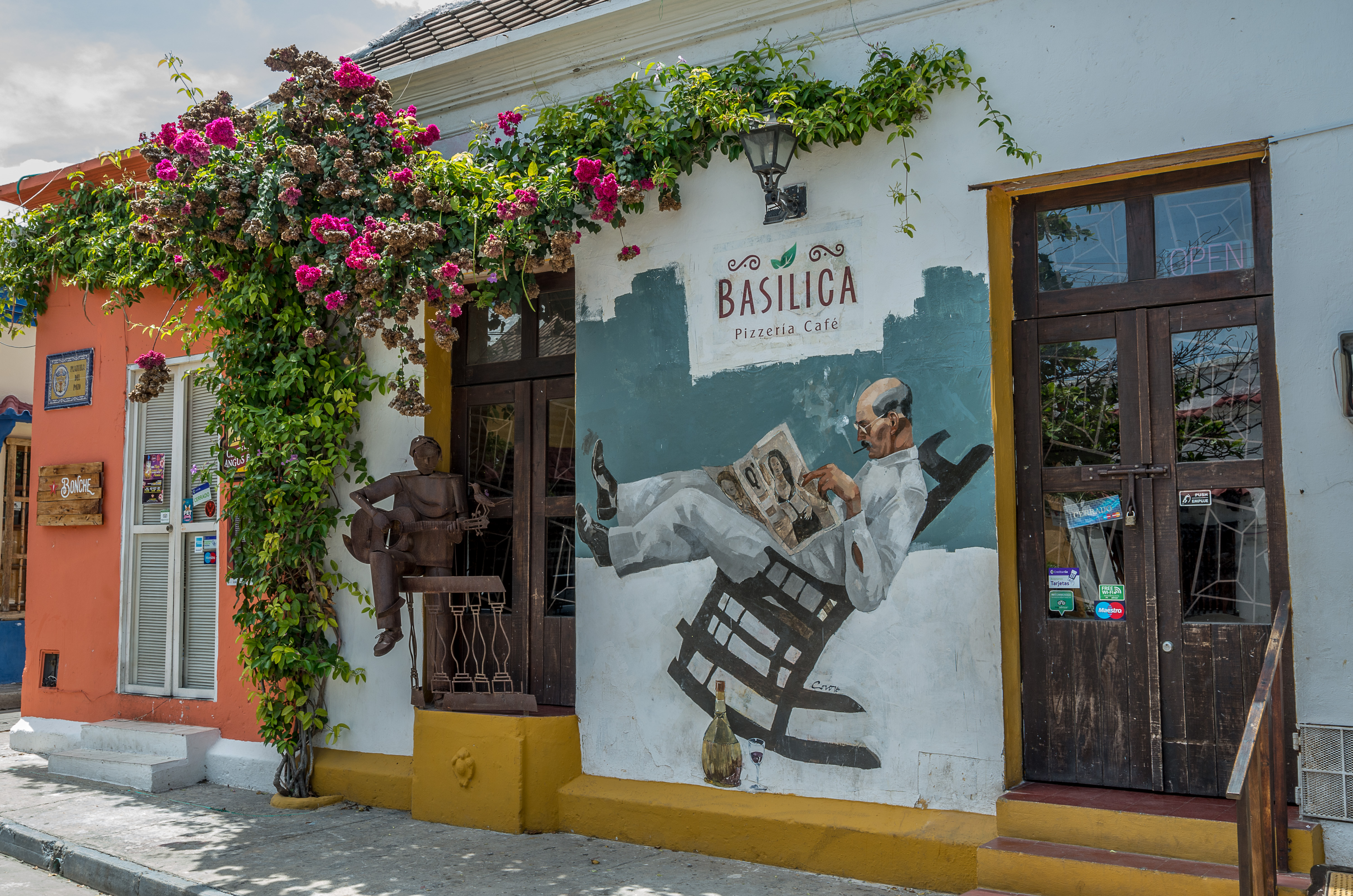
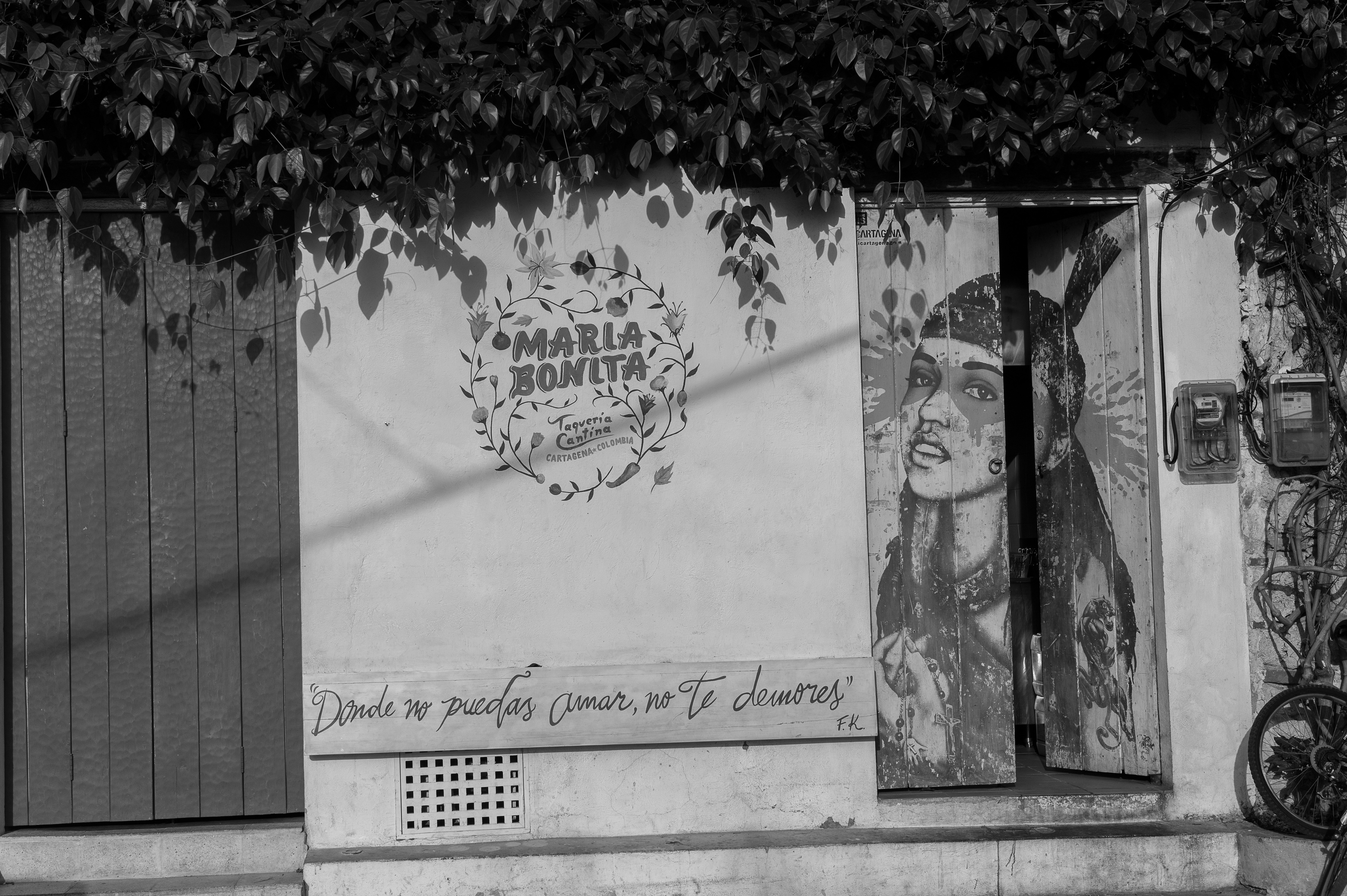
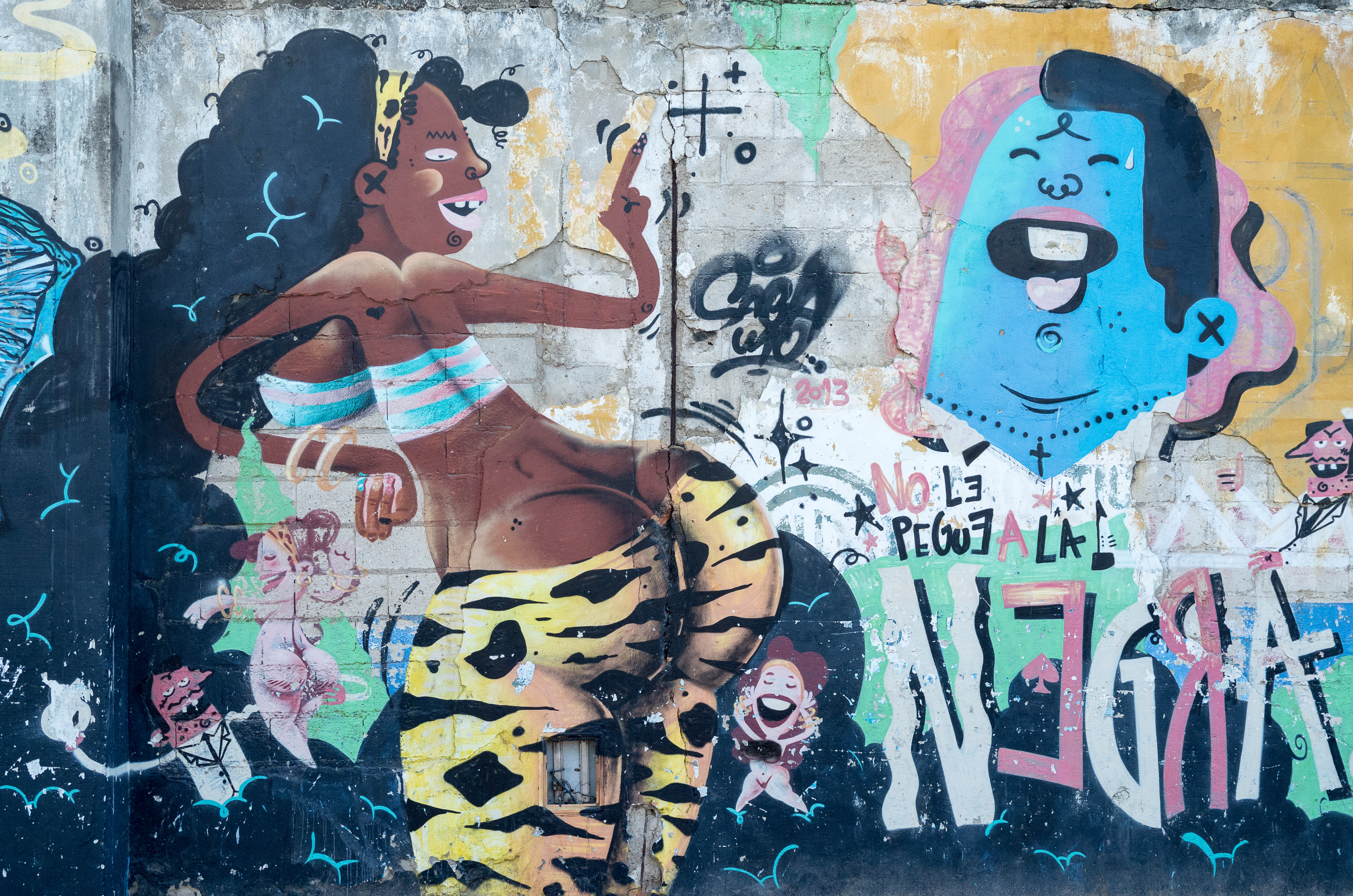
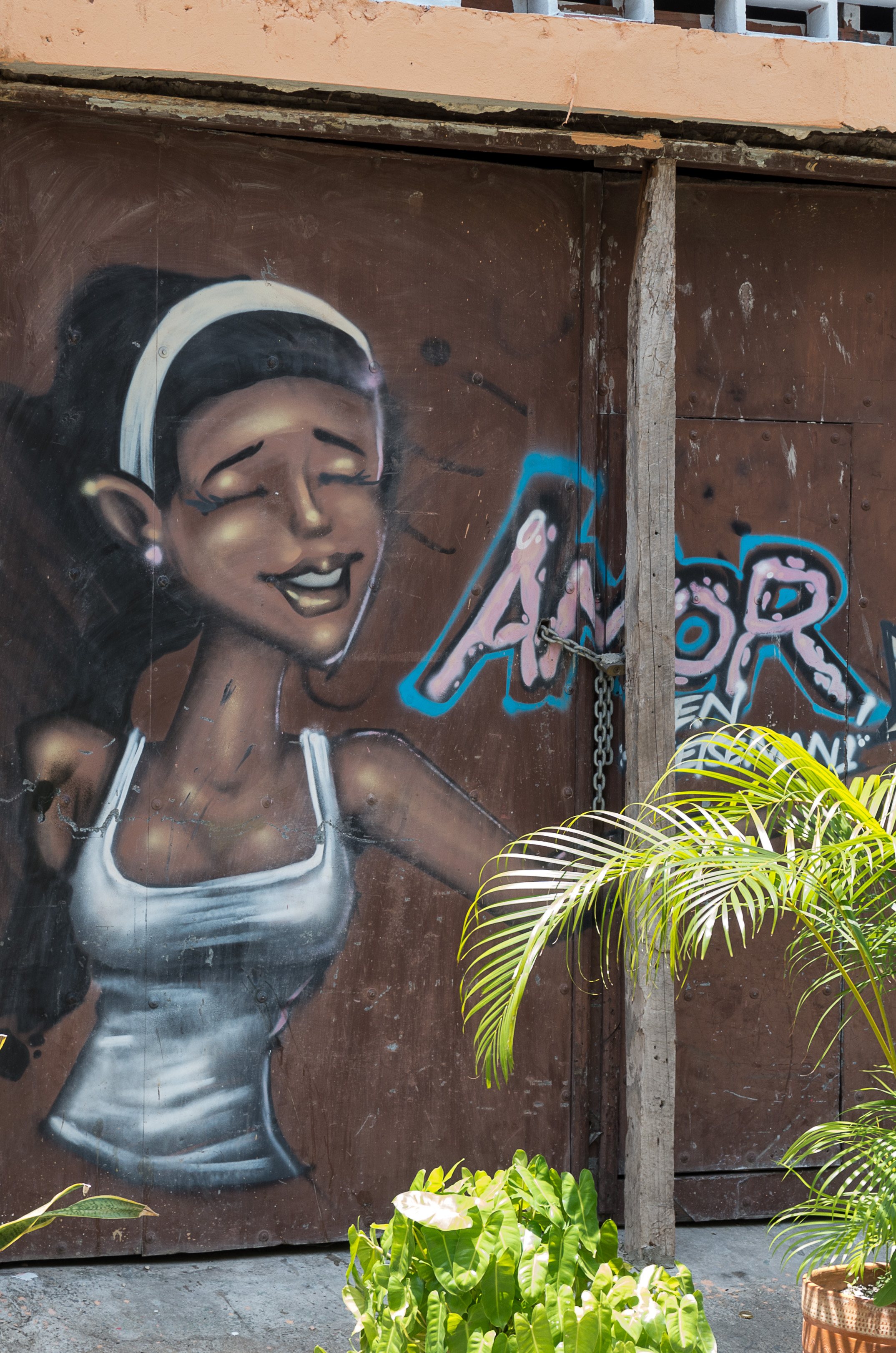
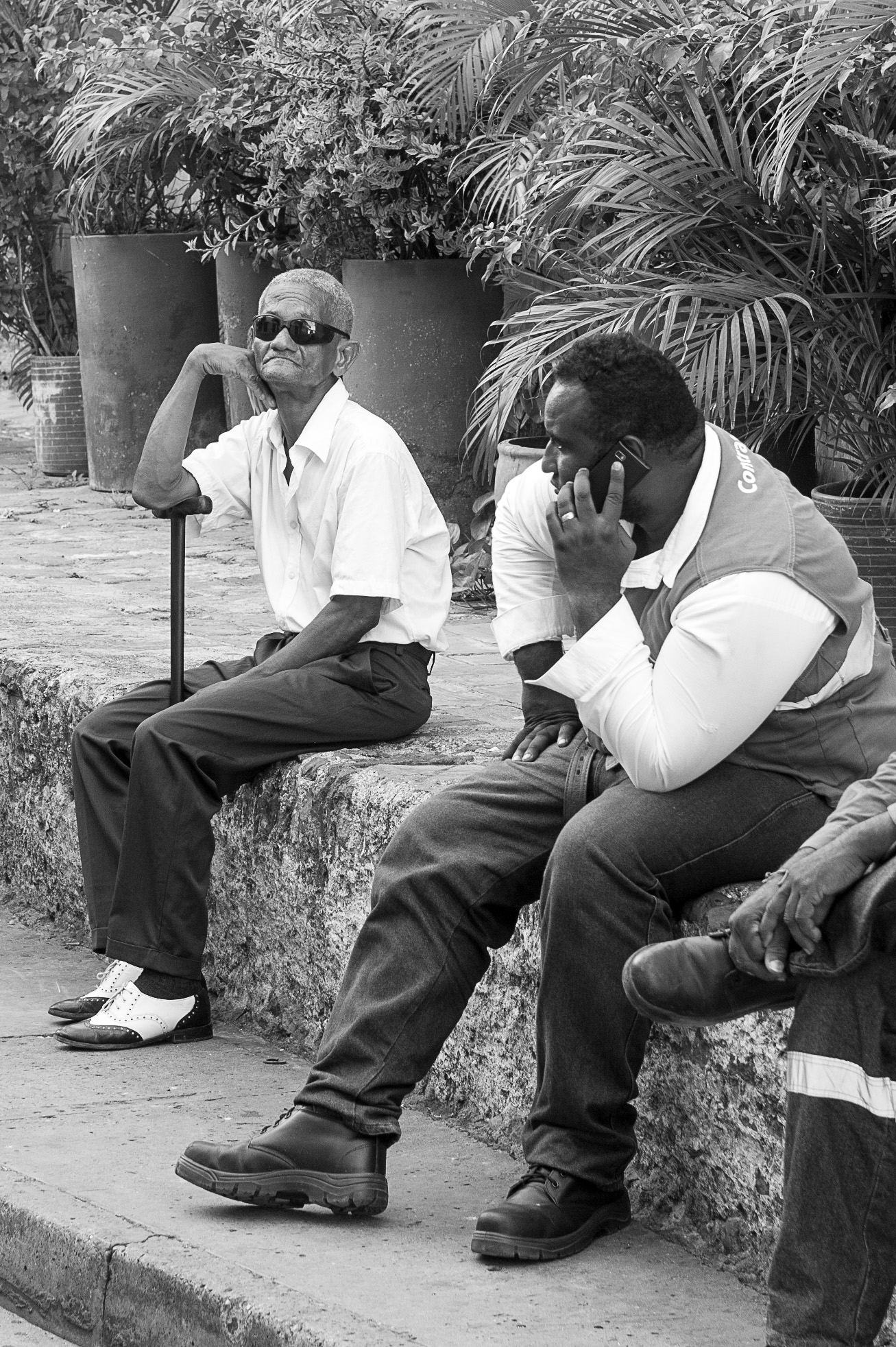 Returning from the Getsemani Quarter back to the old town we took advantage of the “Golden Hour” in the late afternoon, when the light gets soft. The houses in the small streets glow for a while, if the sunlight hits in the right angle. People also take their chairs out on to the streets, because it has become too hot inside during the day and there is always the chance of a small breeze.
Returning from the Getsemani Quarter back to the old town we took advantage of the “Golden Hour” in the late afternoon, when the light gets soft. The houses in the small streets glow for a while, if the sunlight hits in the right angle. People also take their chairs out on to the streets, because it has become too hot inside during the day and there is always the chance of a small breeze.
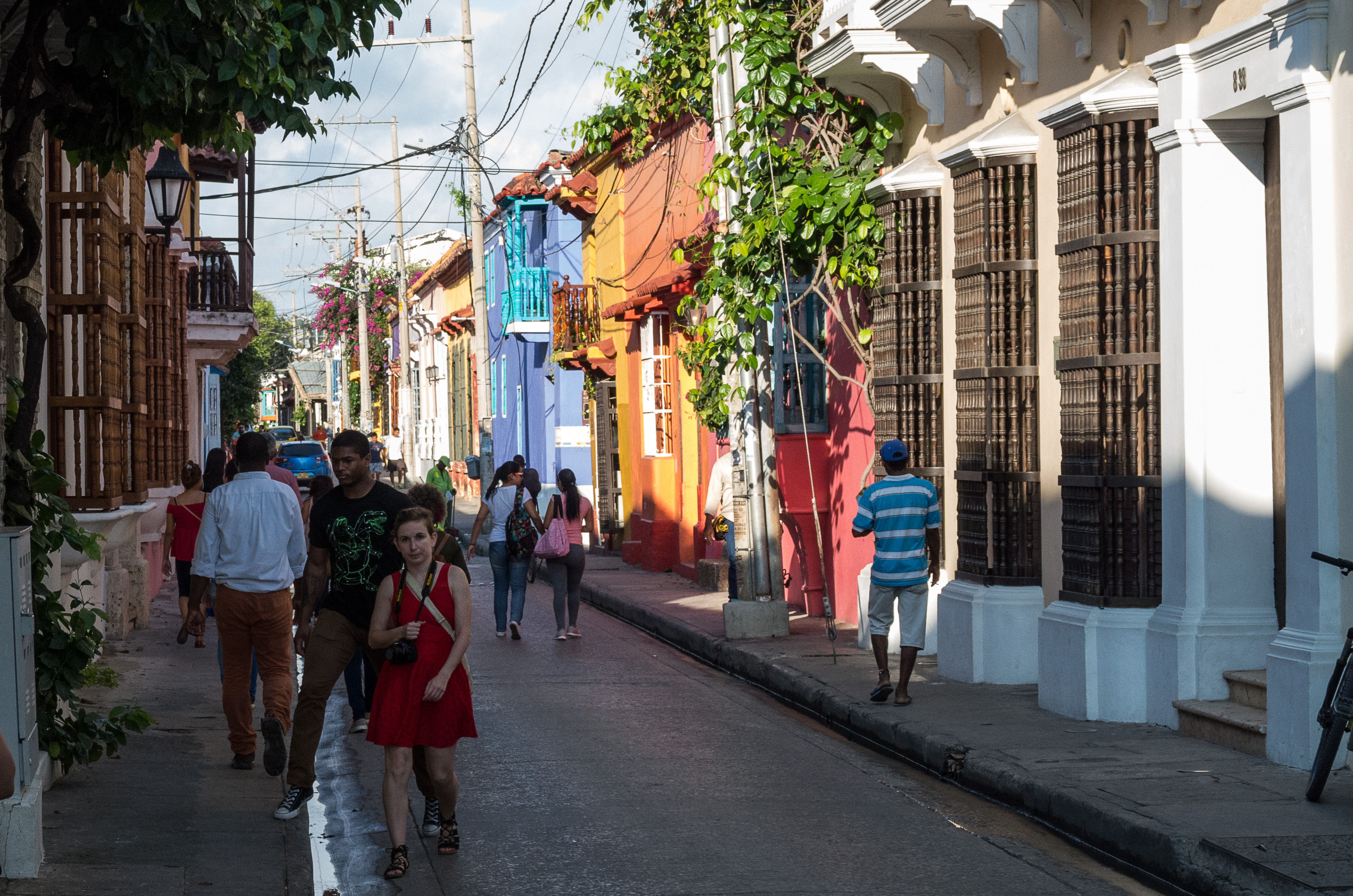
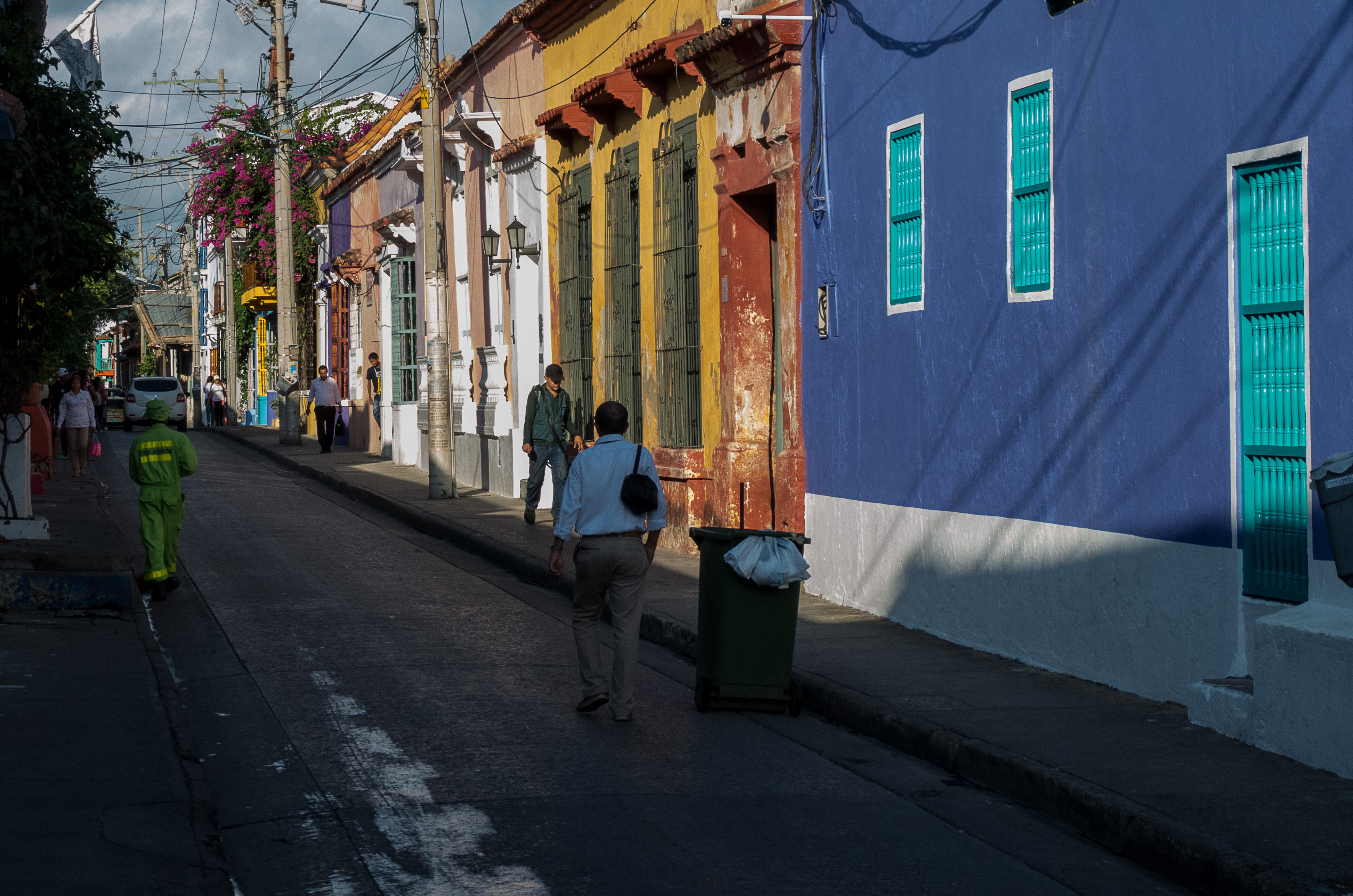
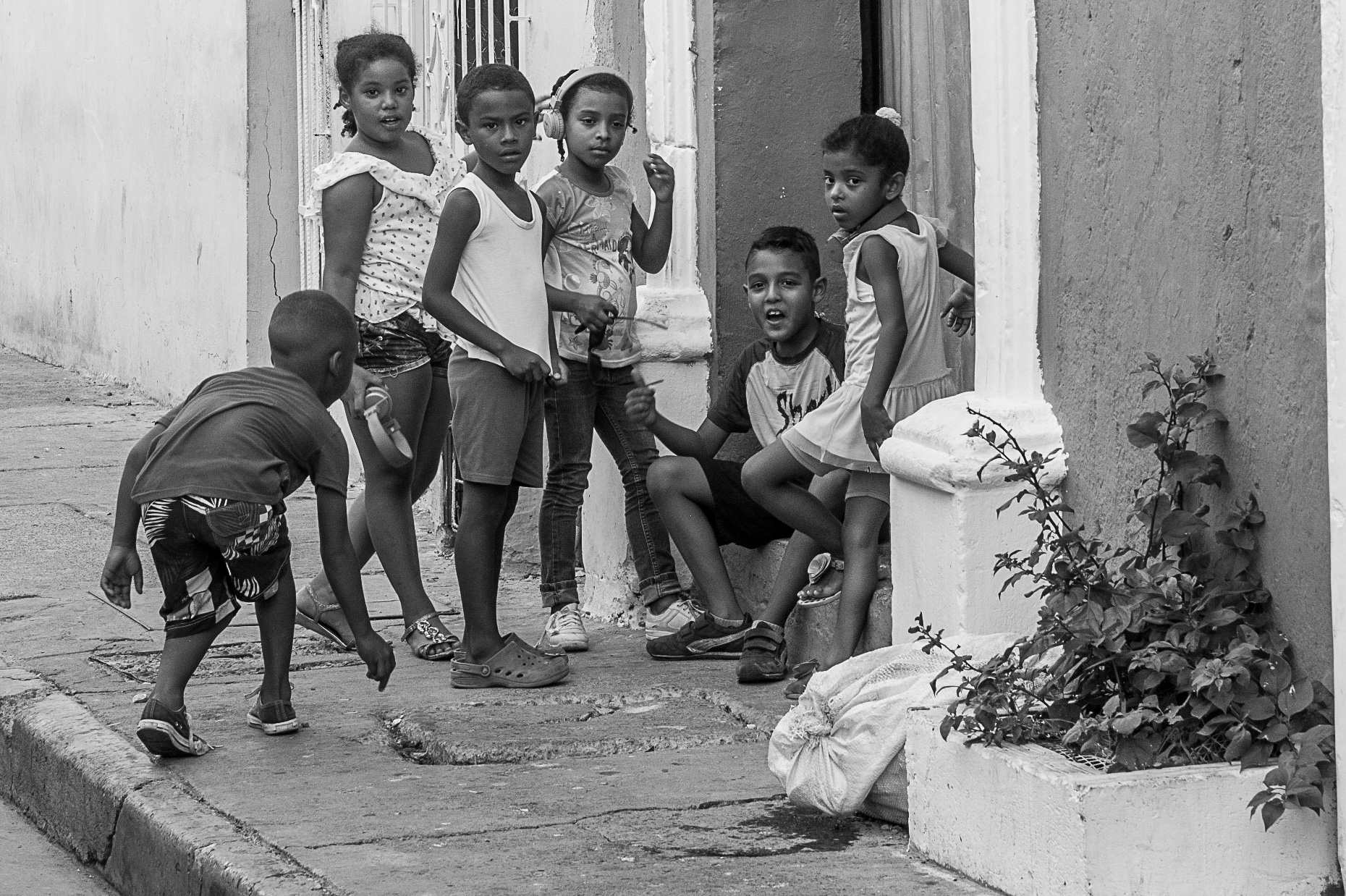
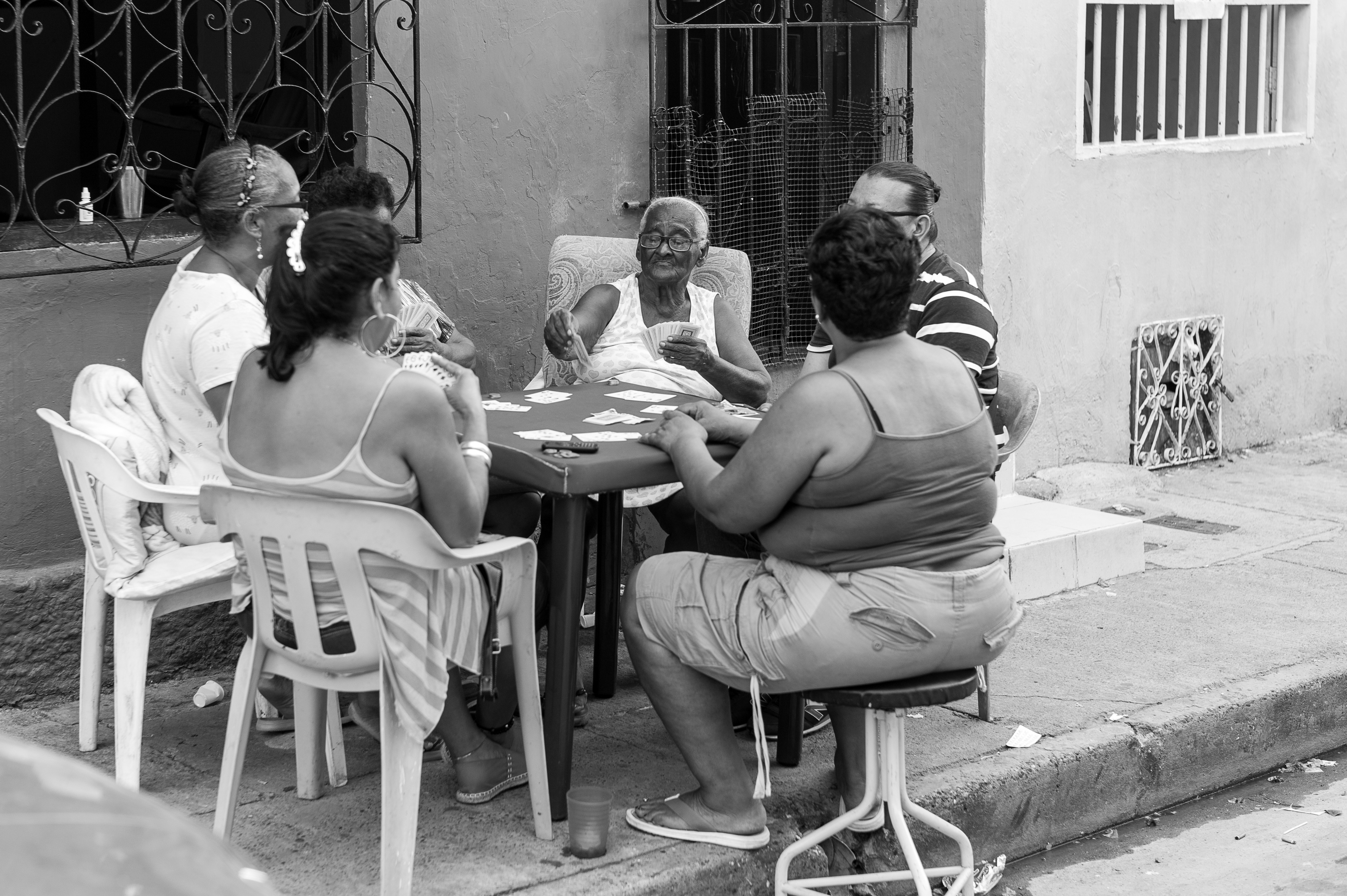
After sunset another form of tourism starts. Outside the city walls carriages are waiting to take people for a city tour. We enjoyed a mojito in a bar on top of the city wall.
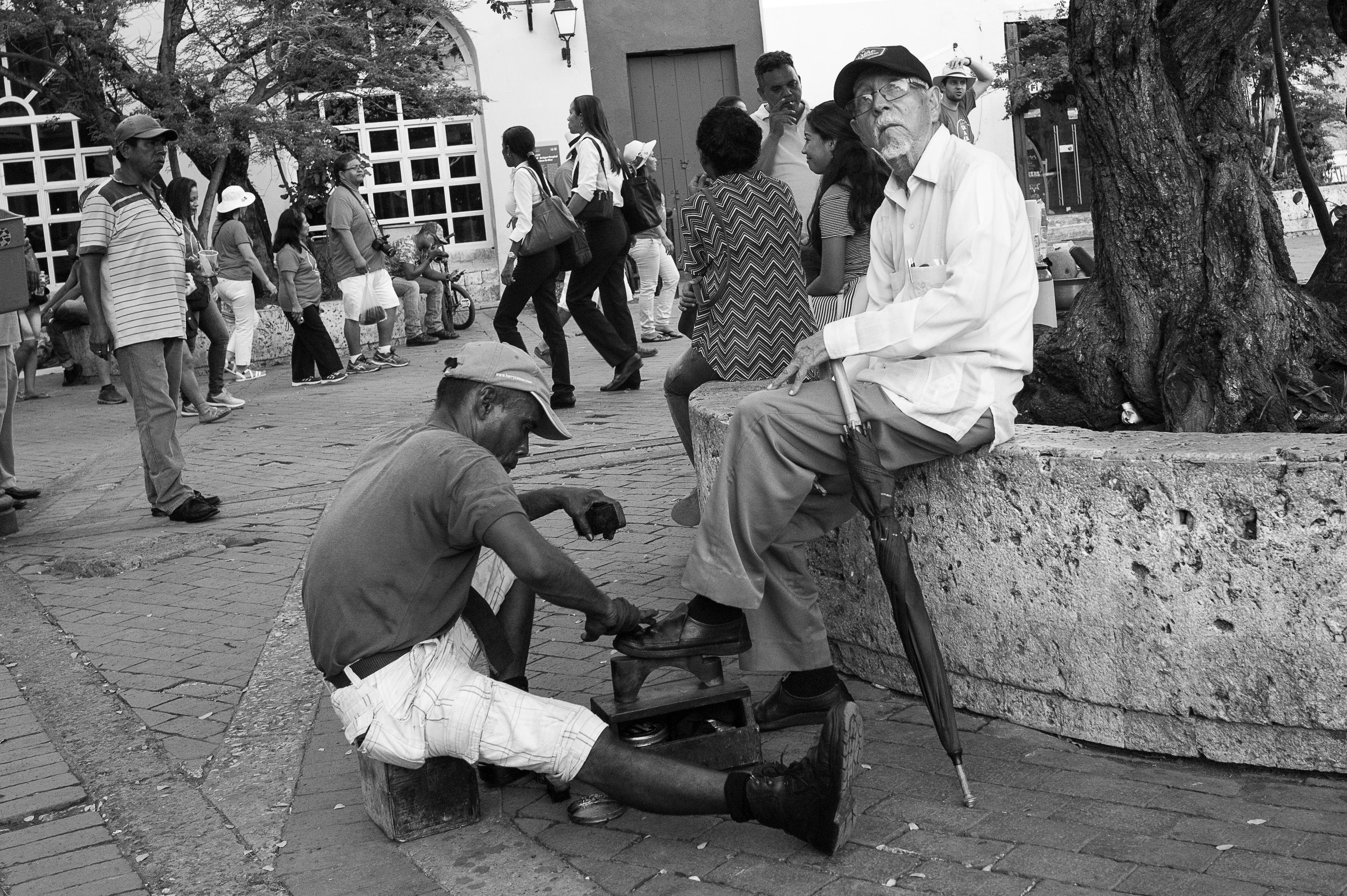
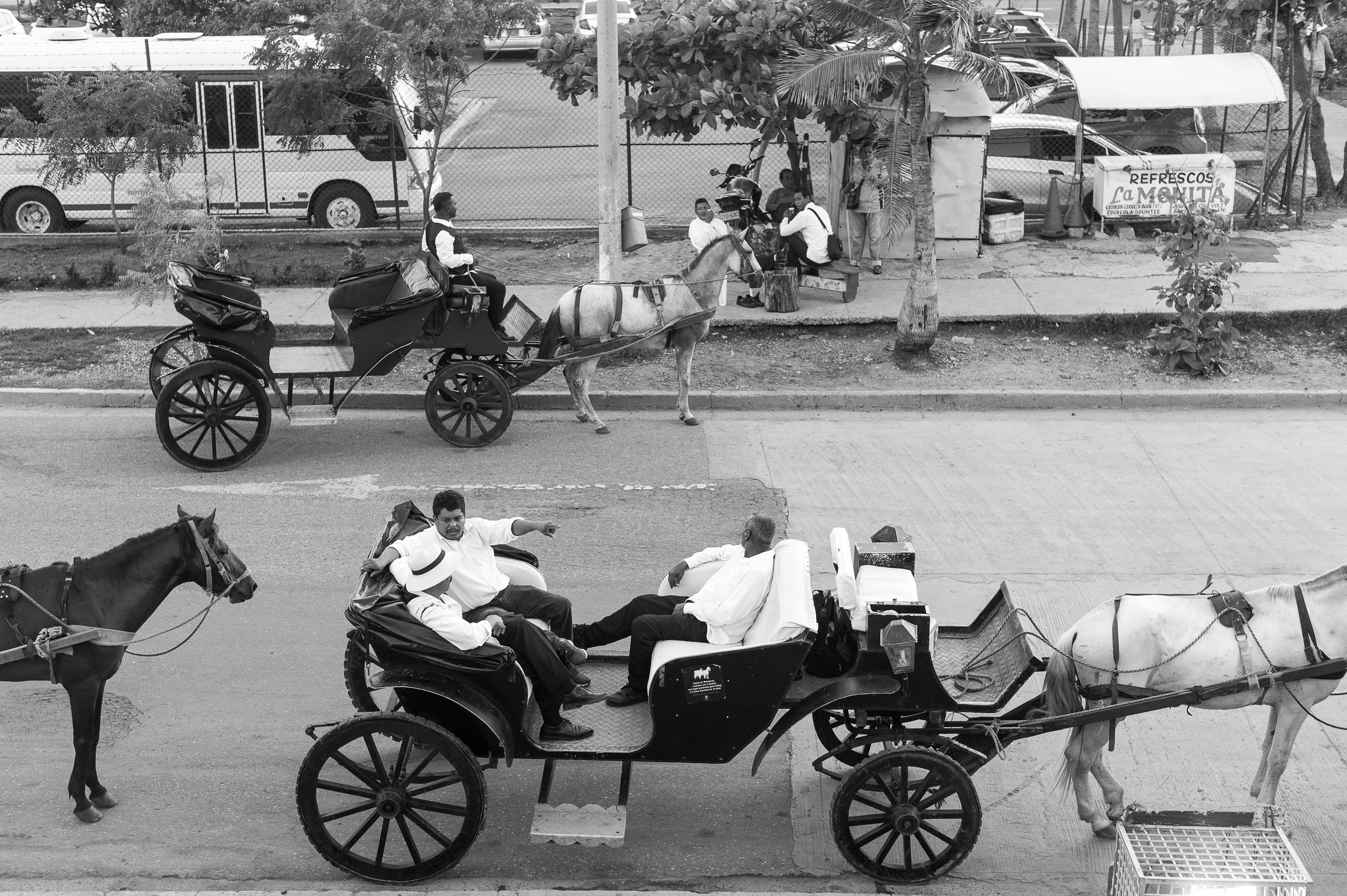
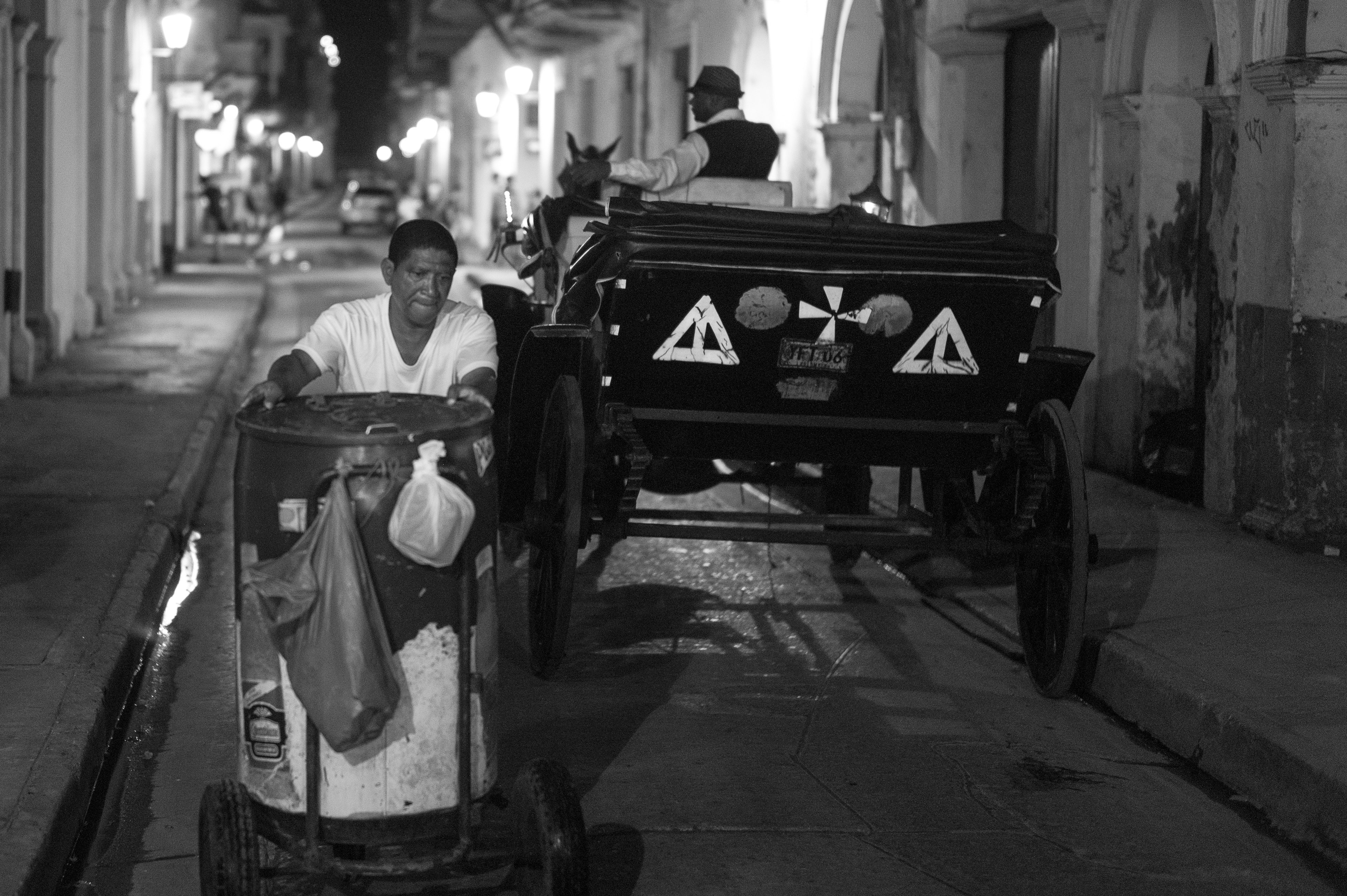
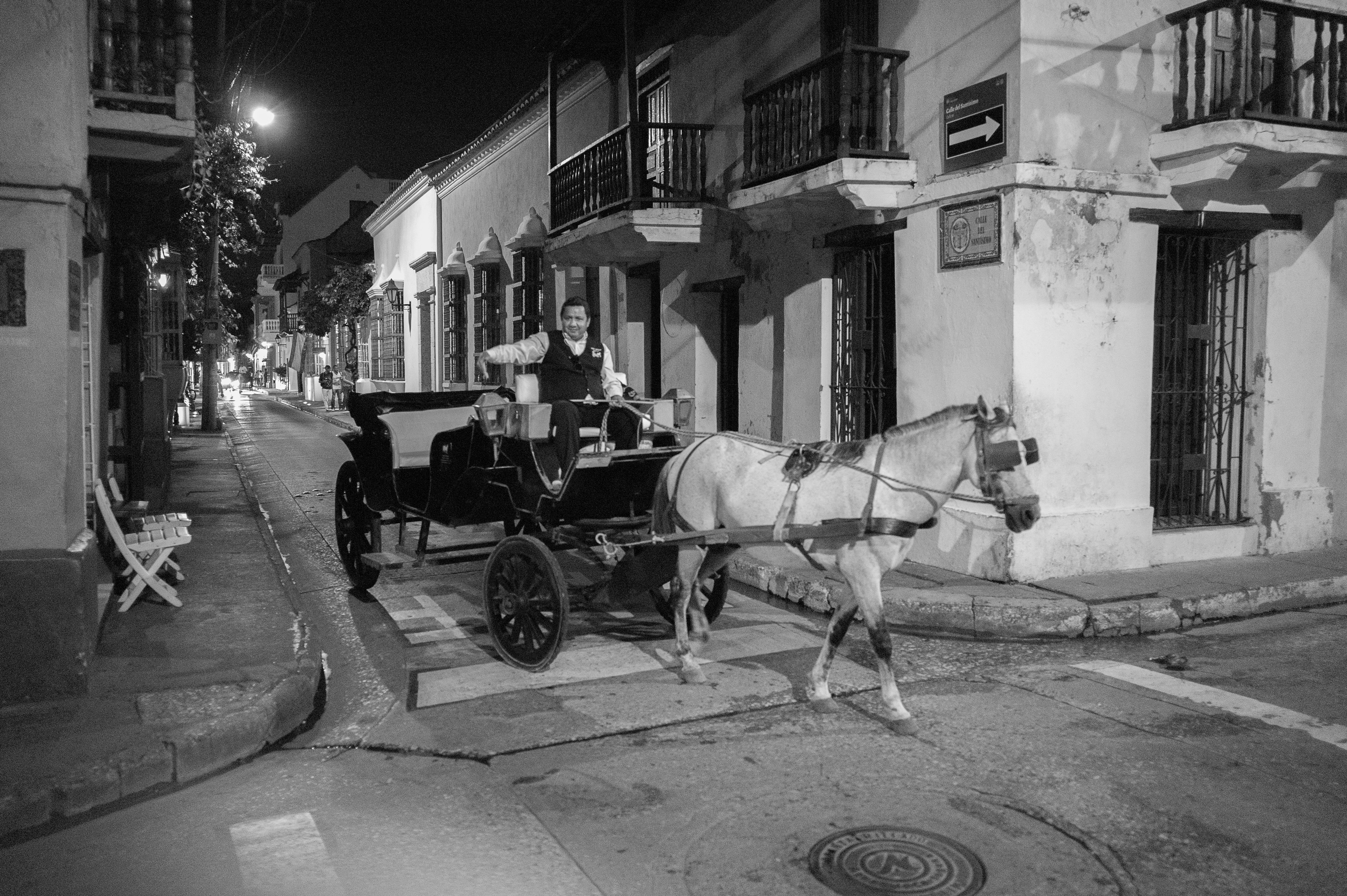
As you walk through the labyrinth of cobblestone streets that define Cartagena’s walled city, you will begin to focus on some of the architectural elements that are unique to this city. Specifically, the doorknockers. Some large, some small; shaped like mermaids, sea creatures, or oversized lizards.
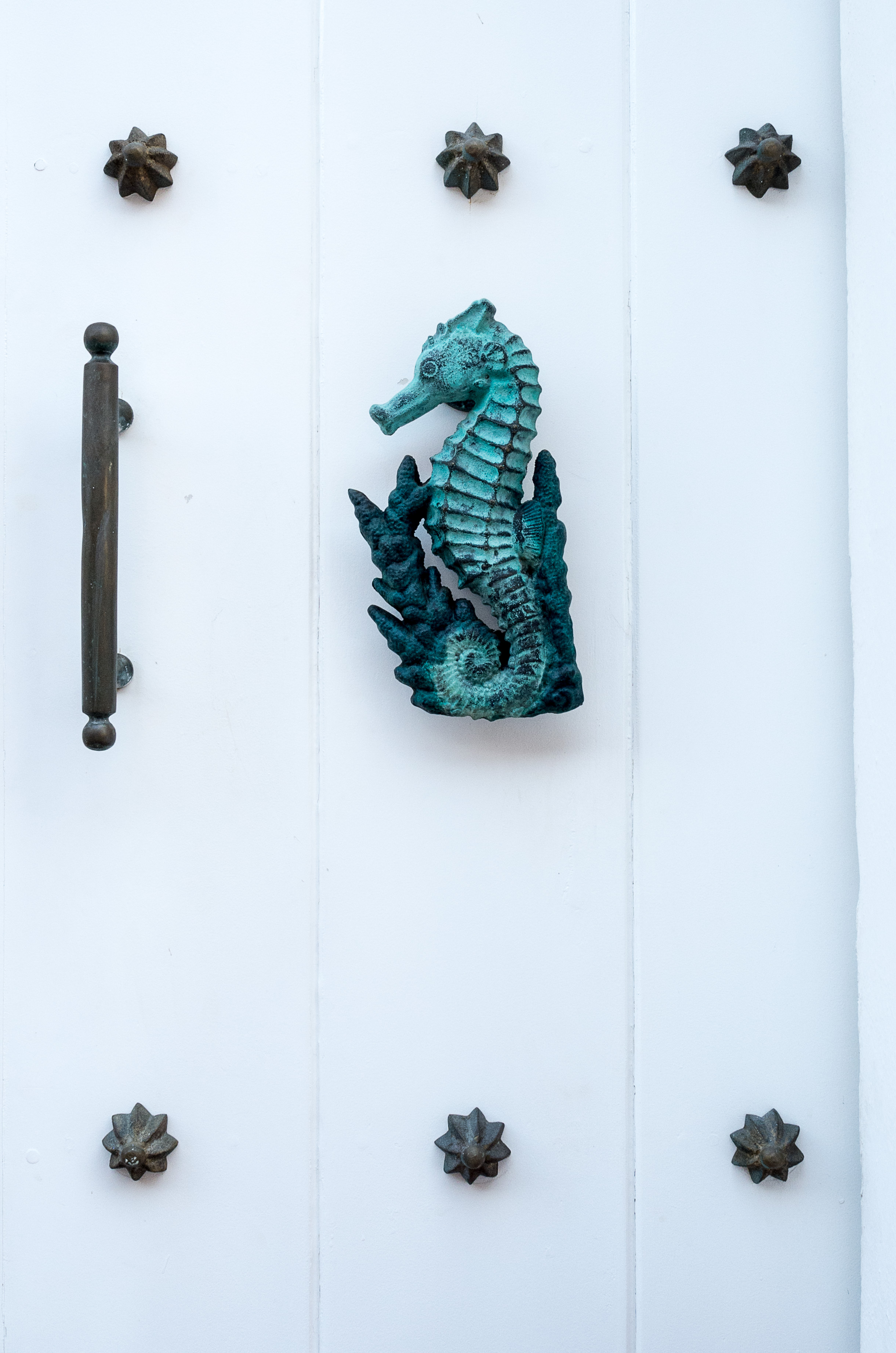
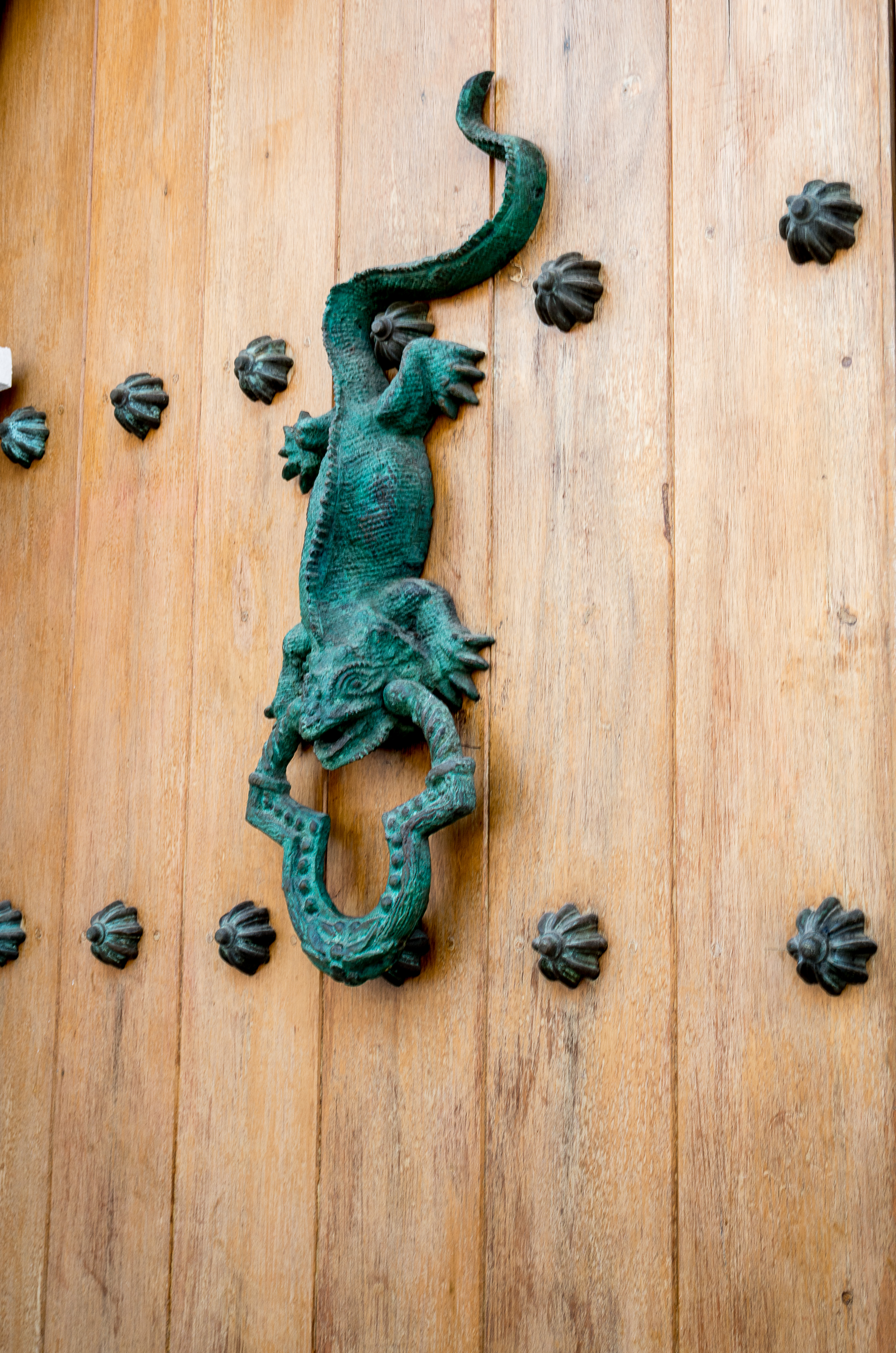
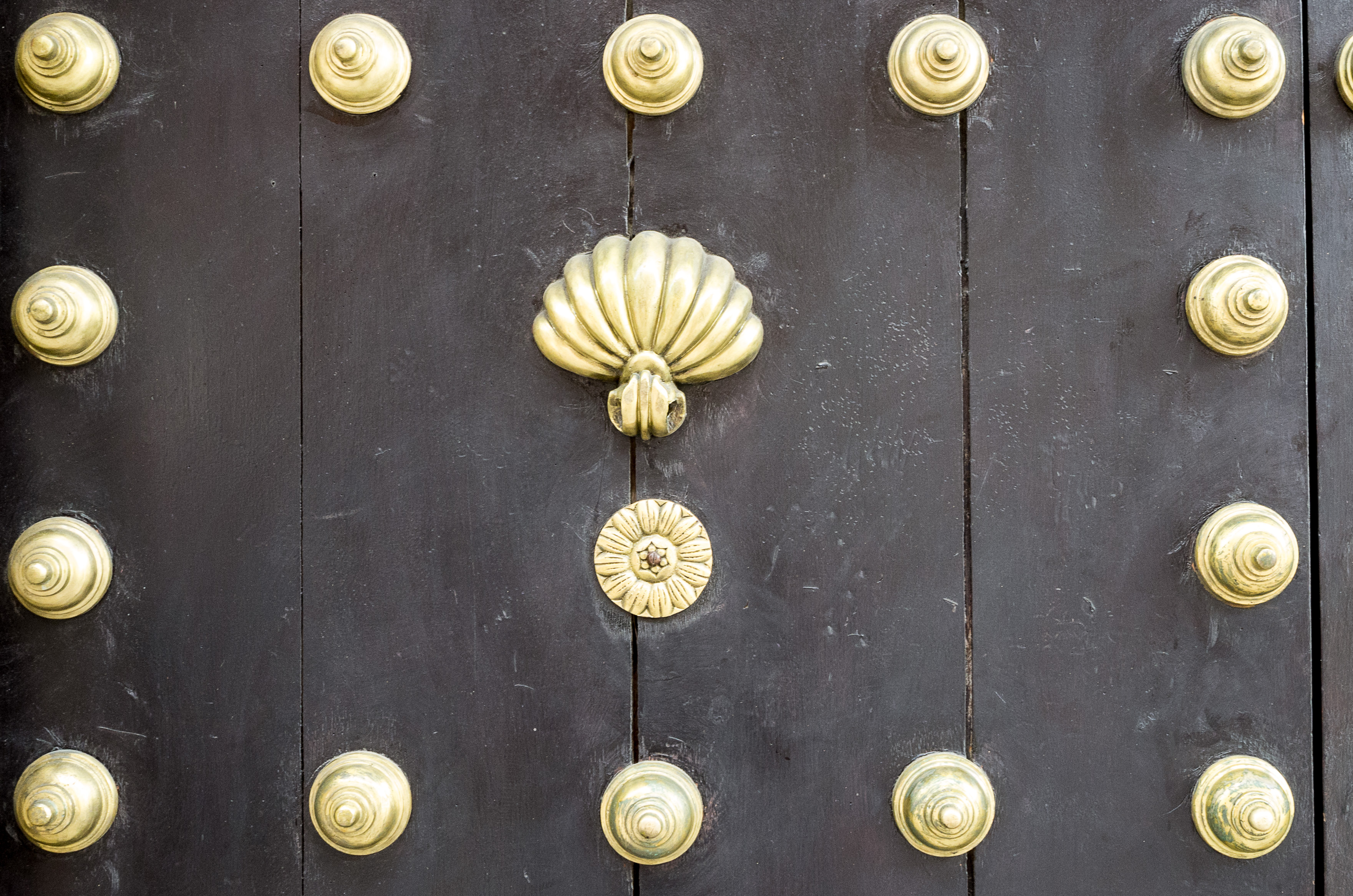
The Aldabas come from medieval times, when social hierarchies meant families were eager to display status. The size of the Aldaba was an immediate indication of your social status and wealth. It was the ultimate status symbol, and a constant reminder of your place in Cartagenian society. Beyond the size of each Aldaba was the symbolic meaning of the item itself. Each shape corresponded to the owner’s profession. The lizard represents royalty; a nod to the Spanish influence in this Colombian city, while a fish or mermaid denotes the merchant class, particularly those that sourced from the sea.
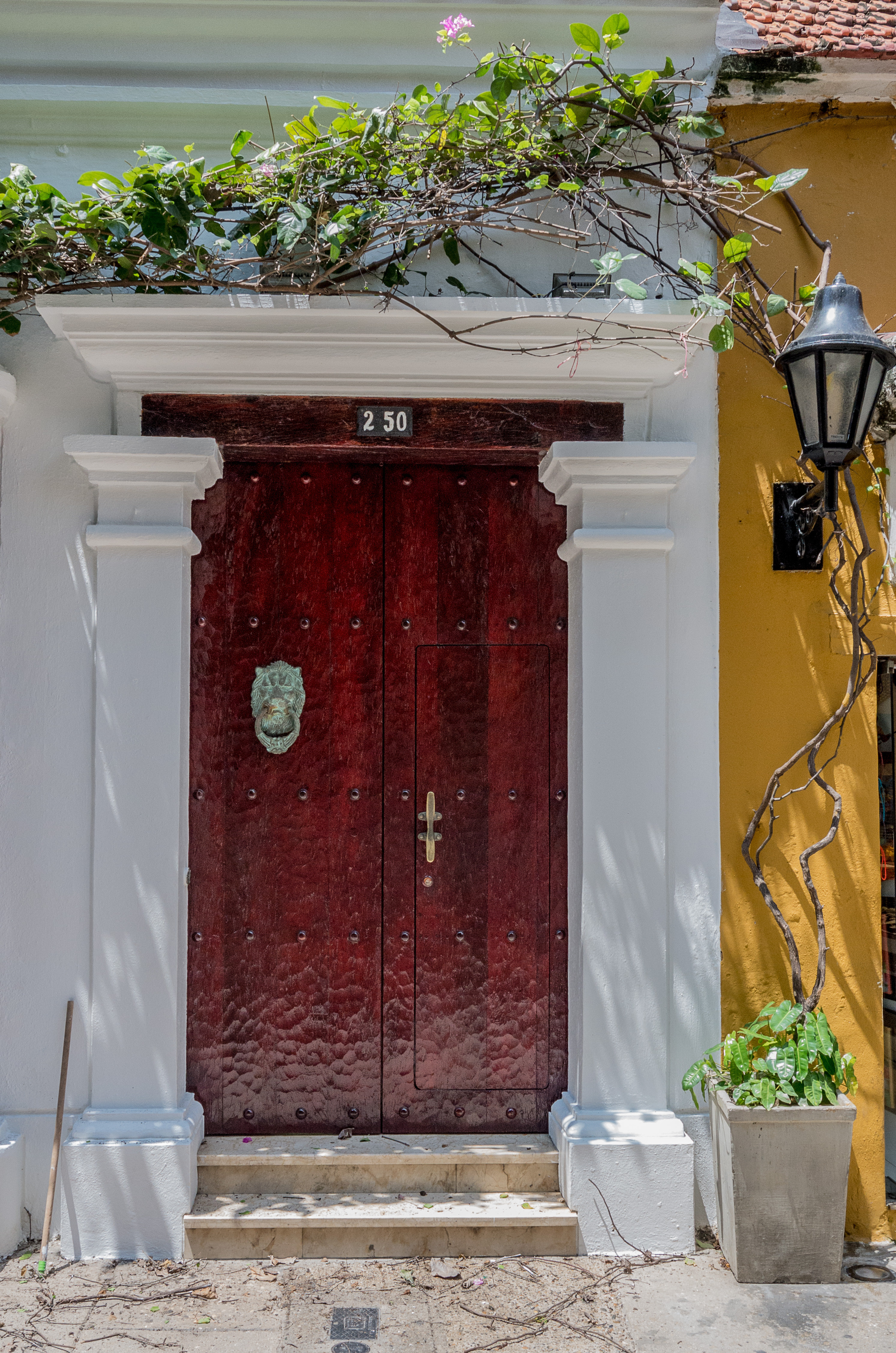
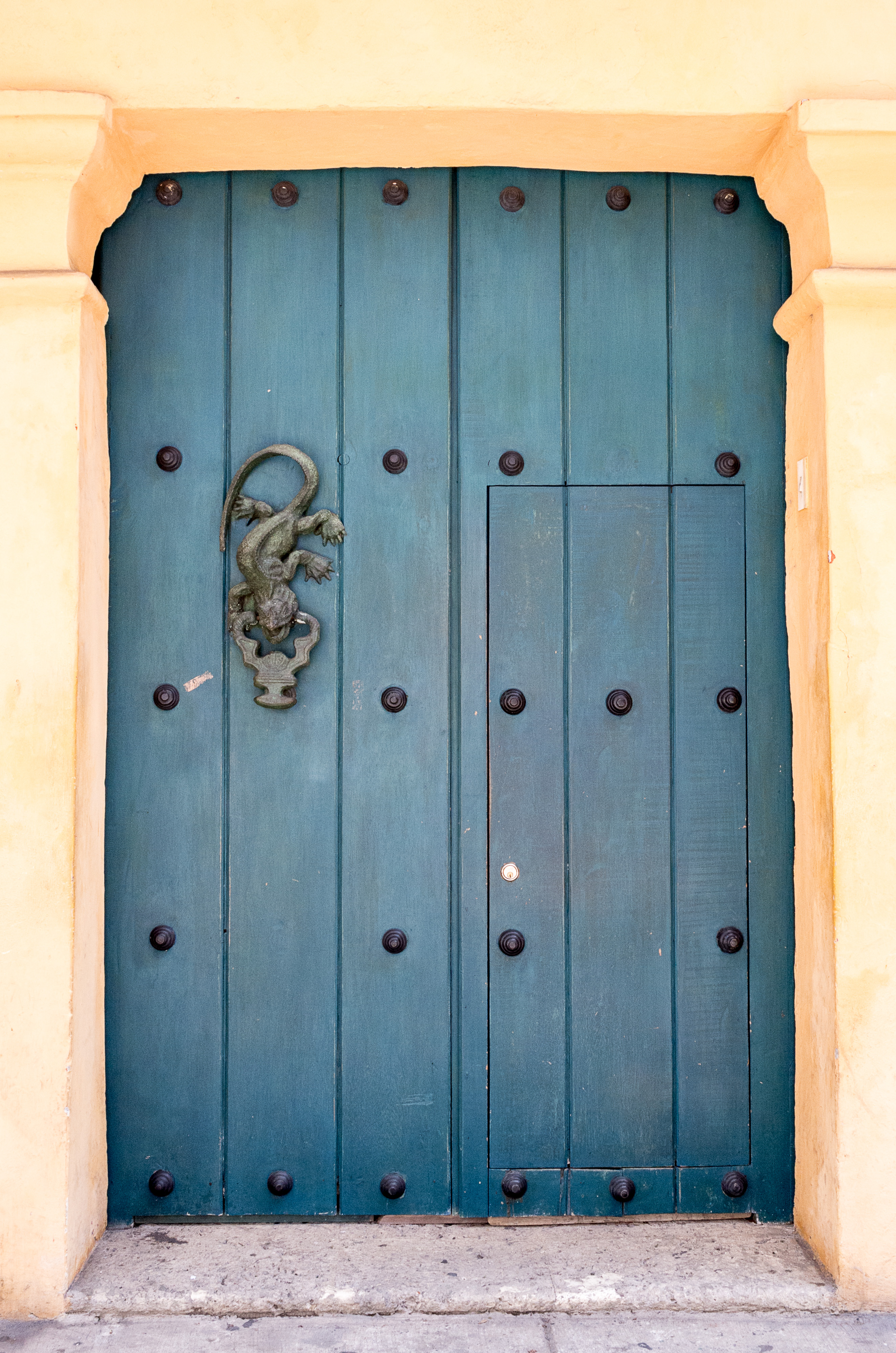
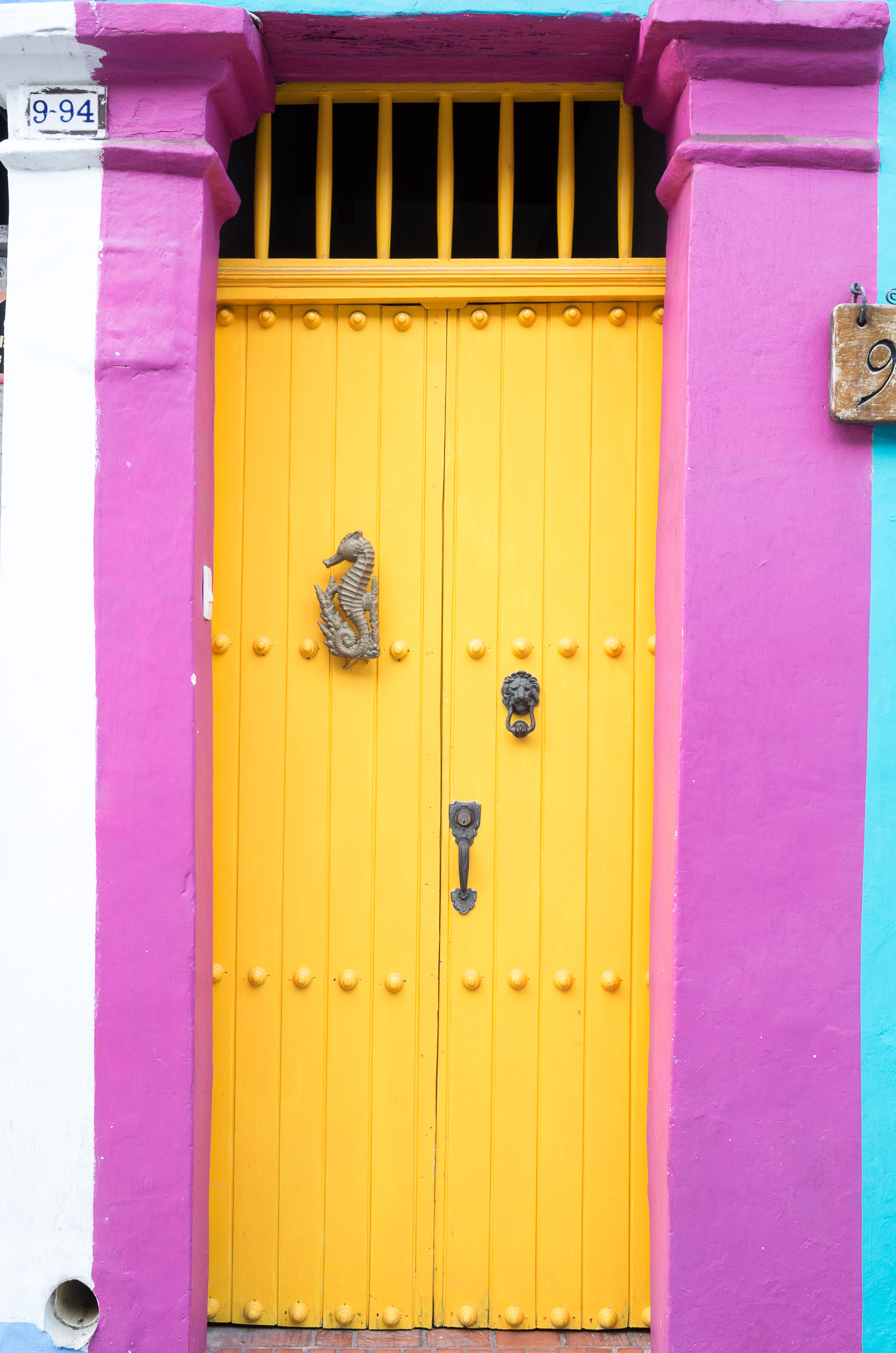
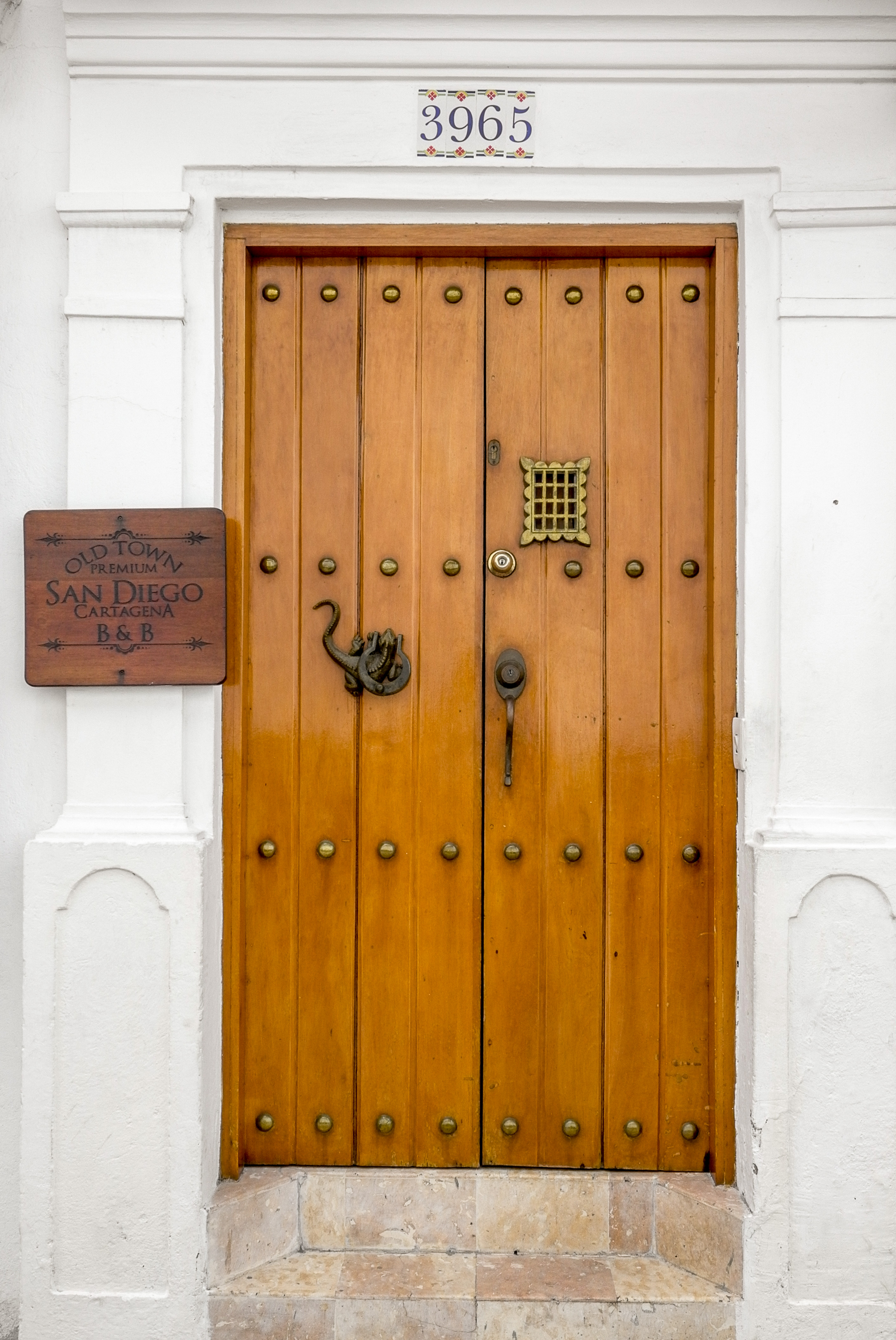
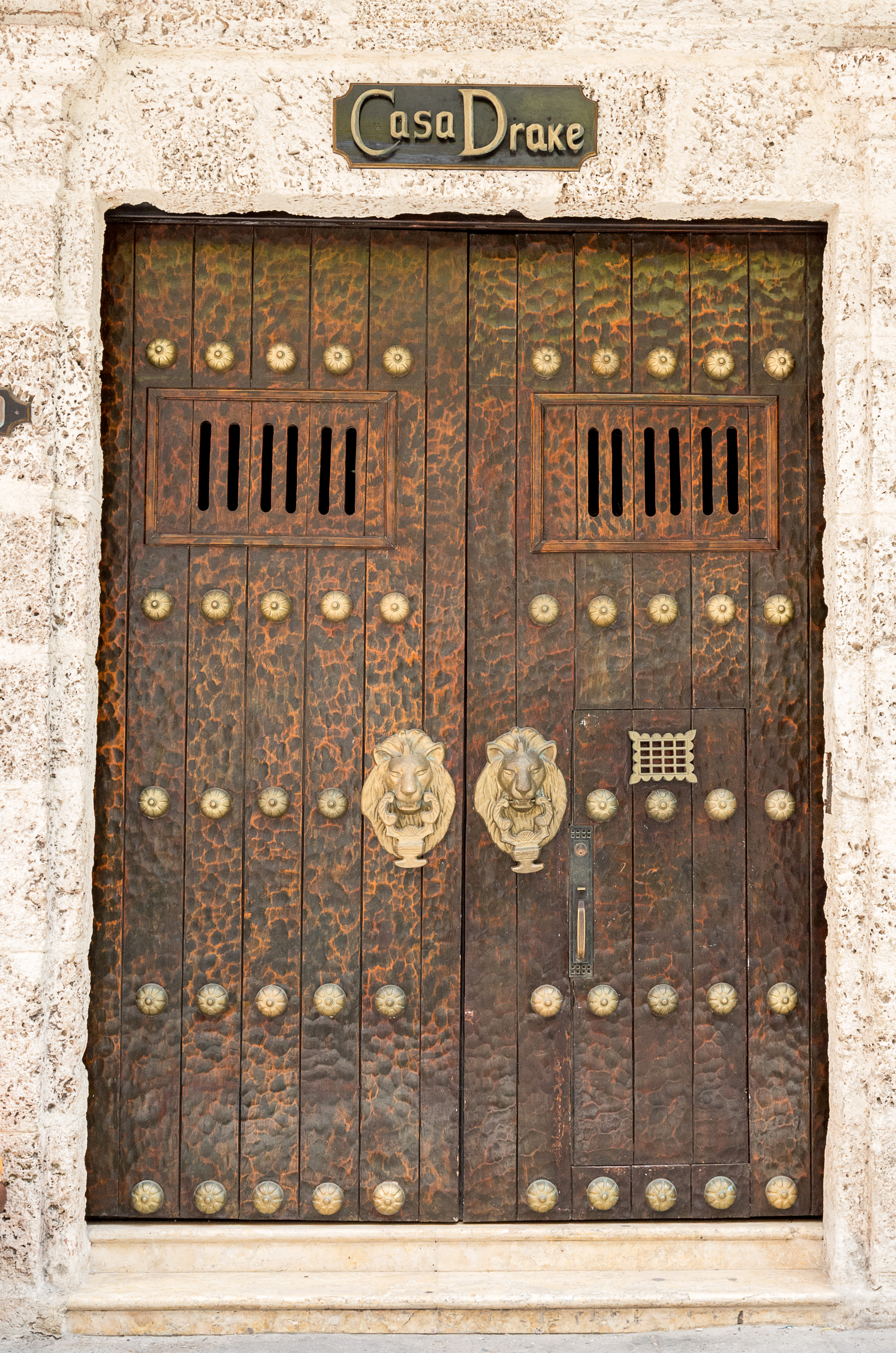
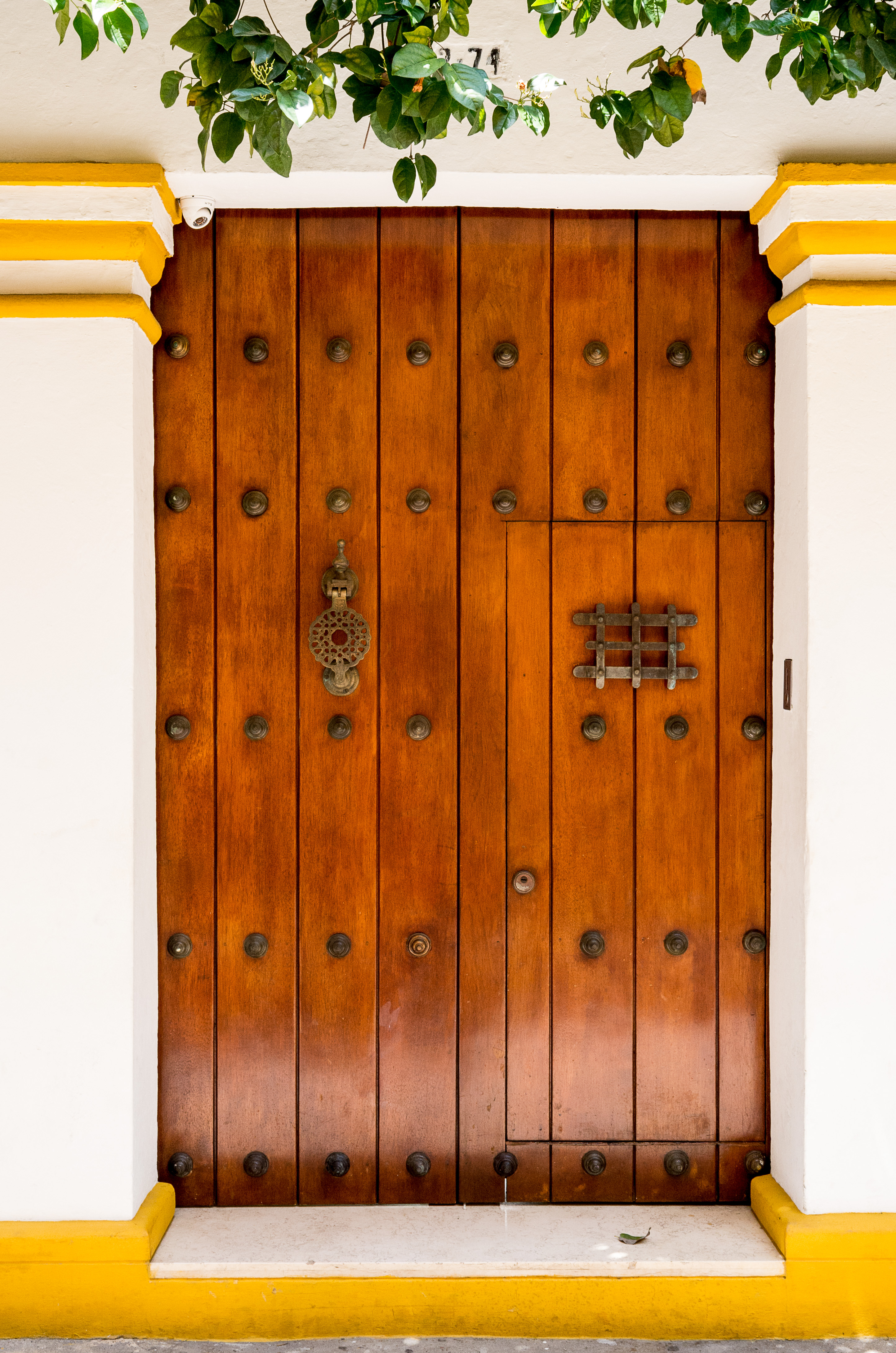
Today, the Aldabas are merely decorative. You will find beautiful and also strange ones. What interpretation would you give to an Peruvian Tumi ? It can become an obsession searching for them.
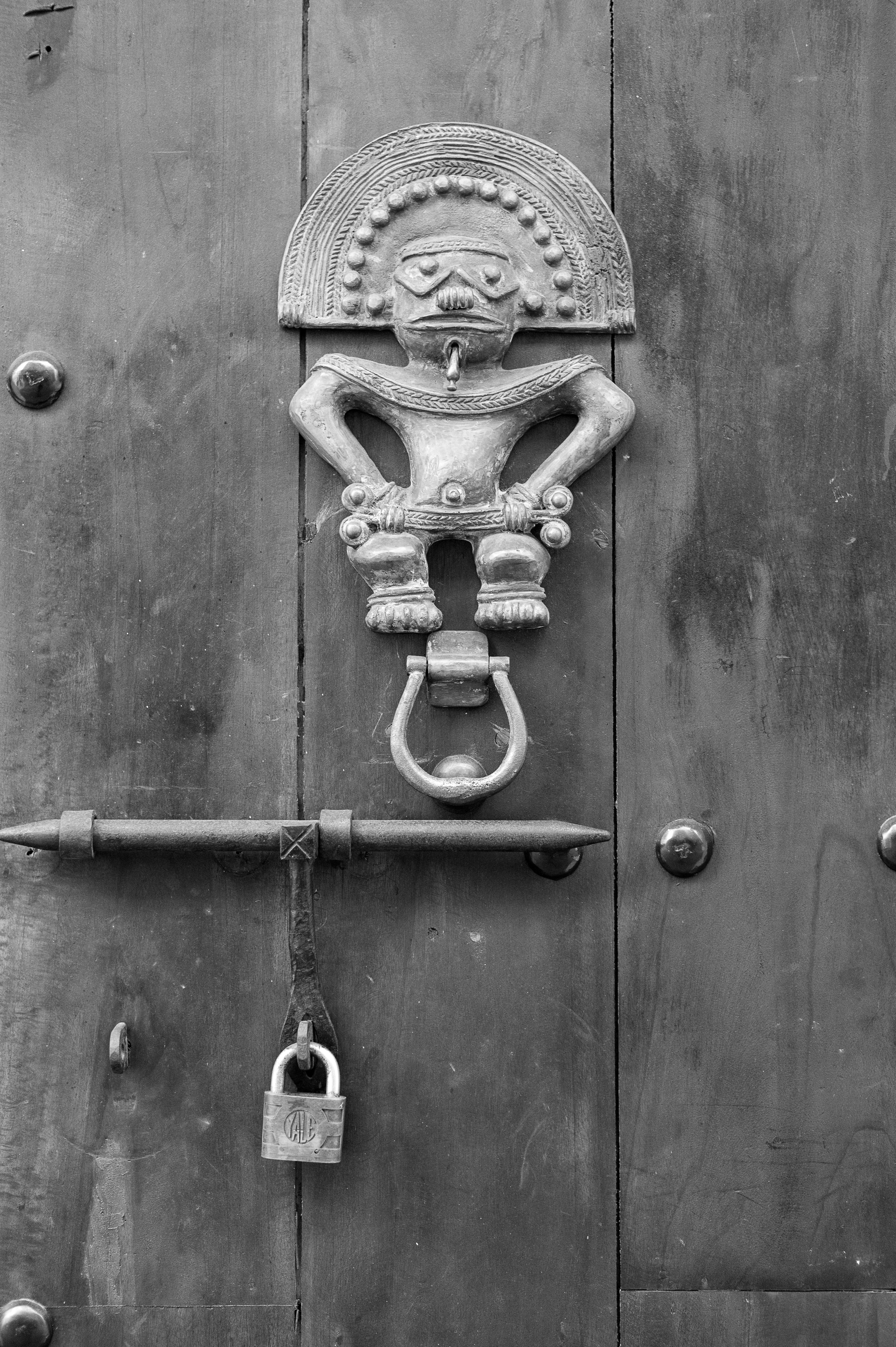
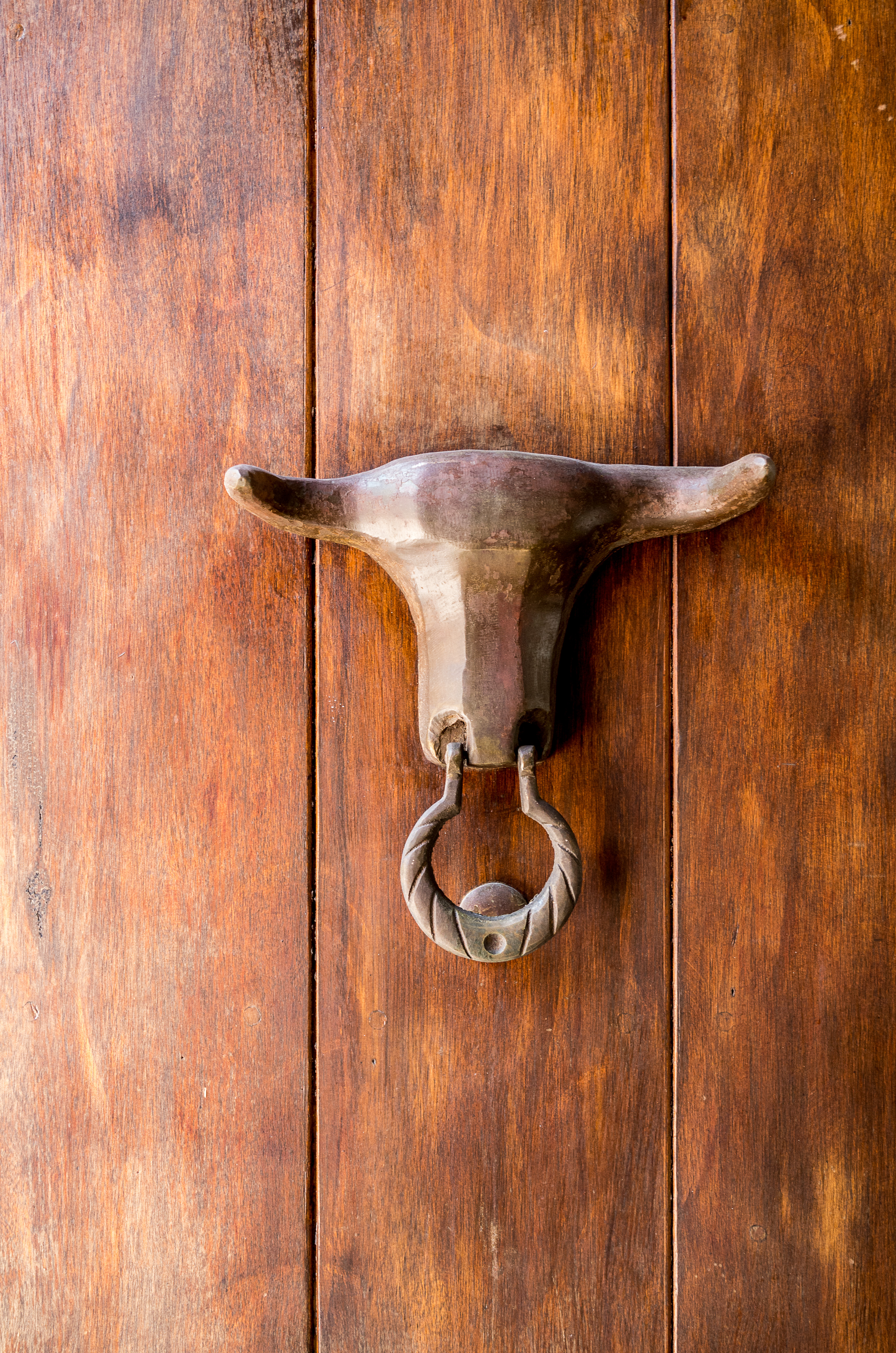
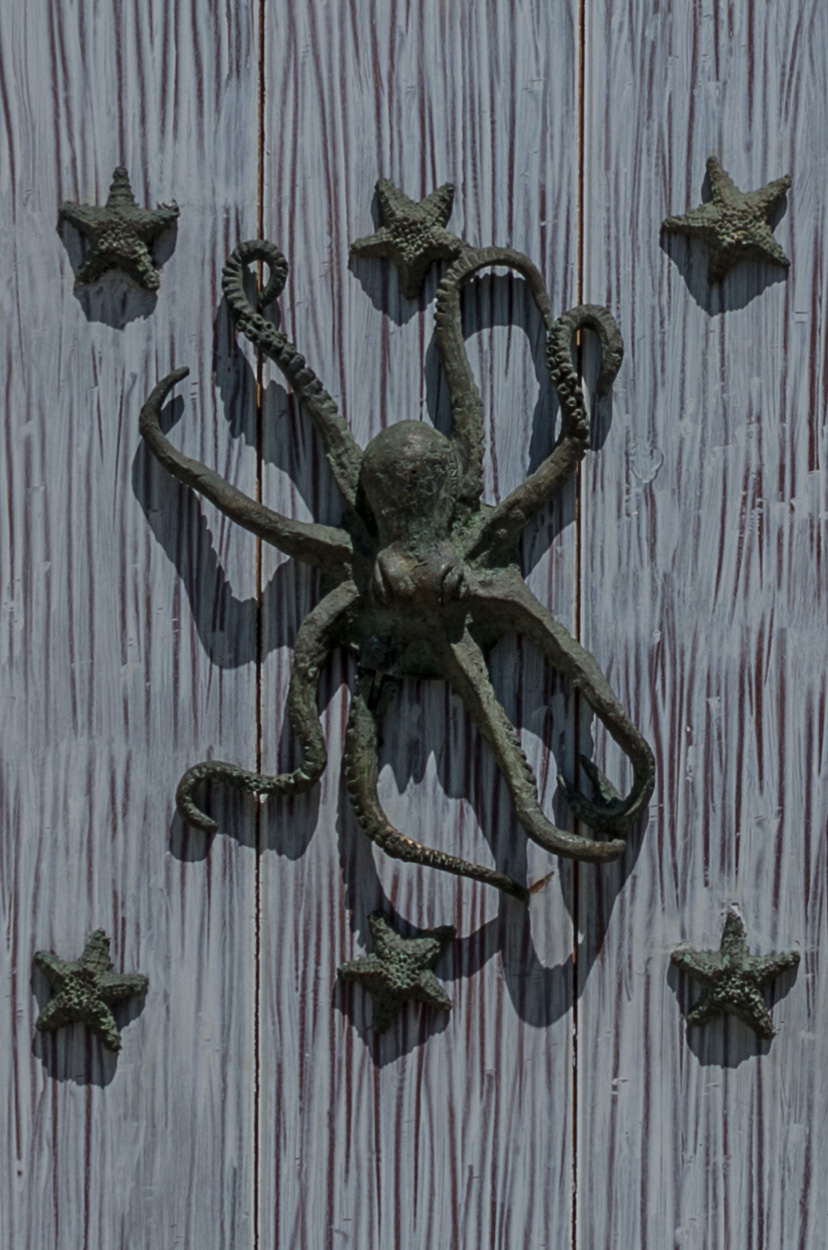
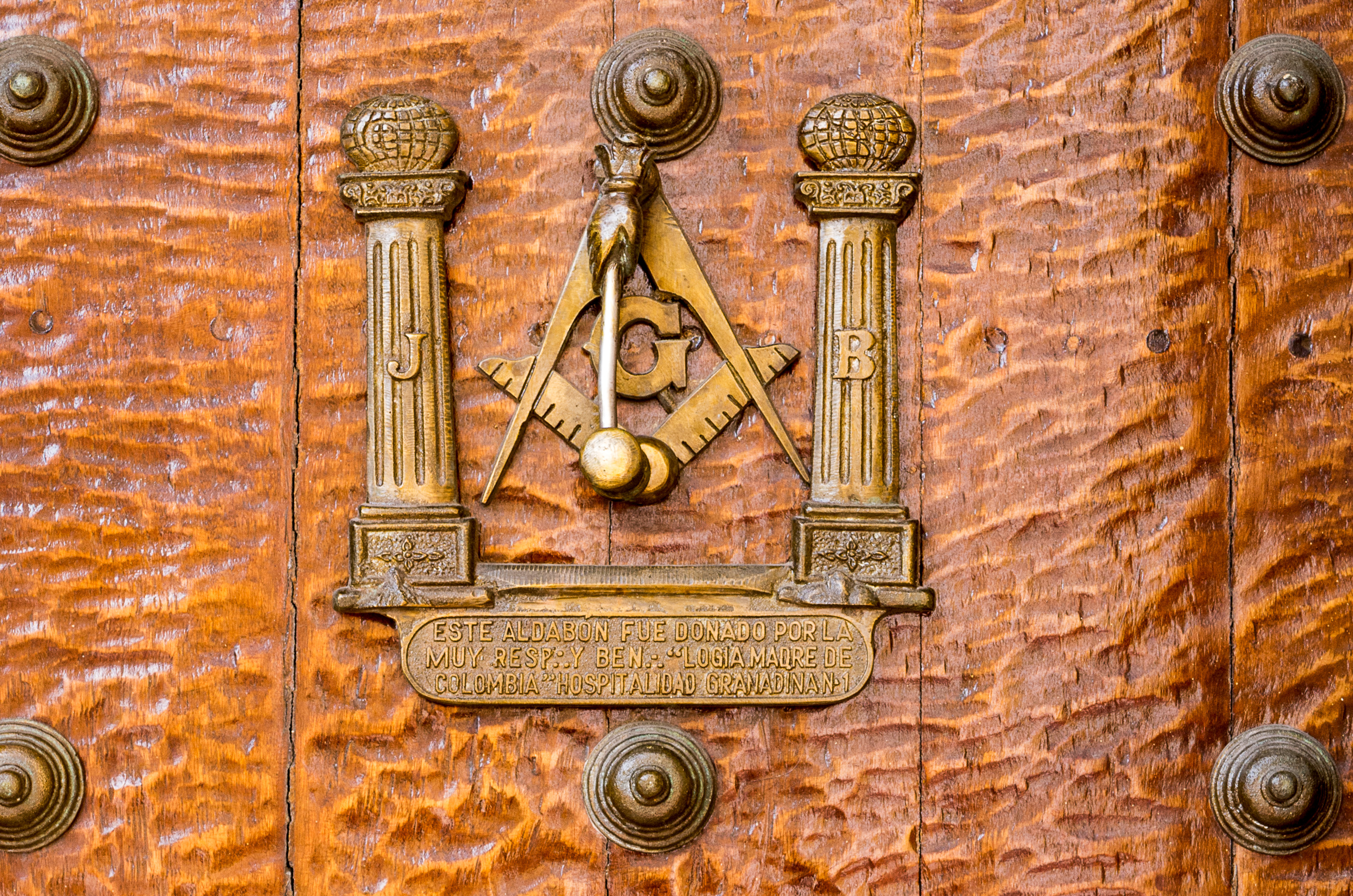
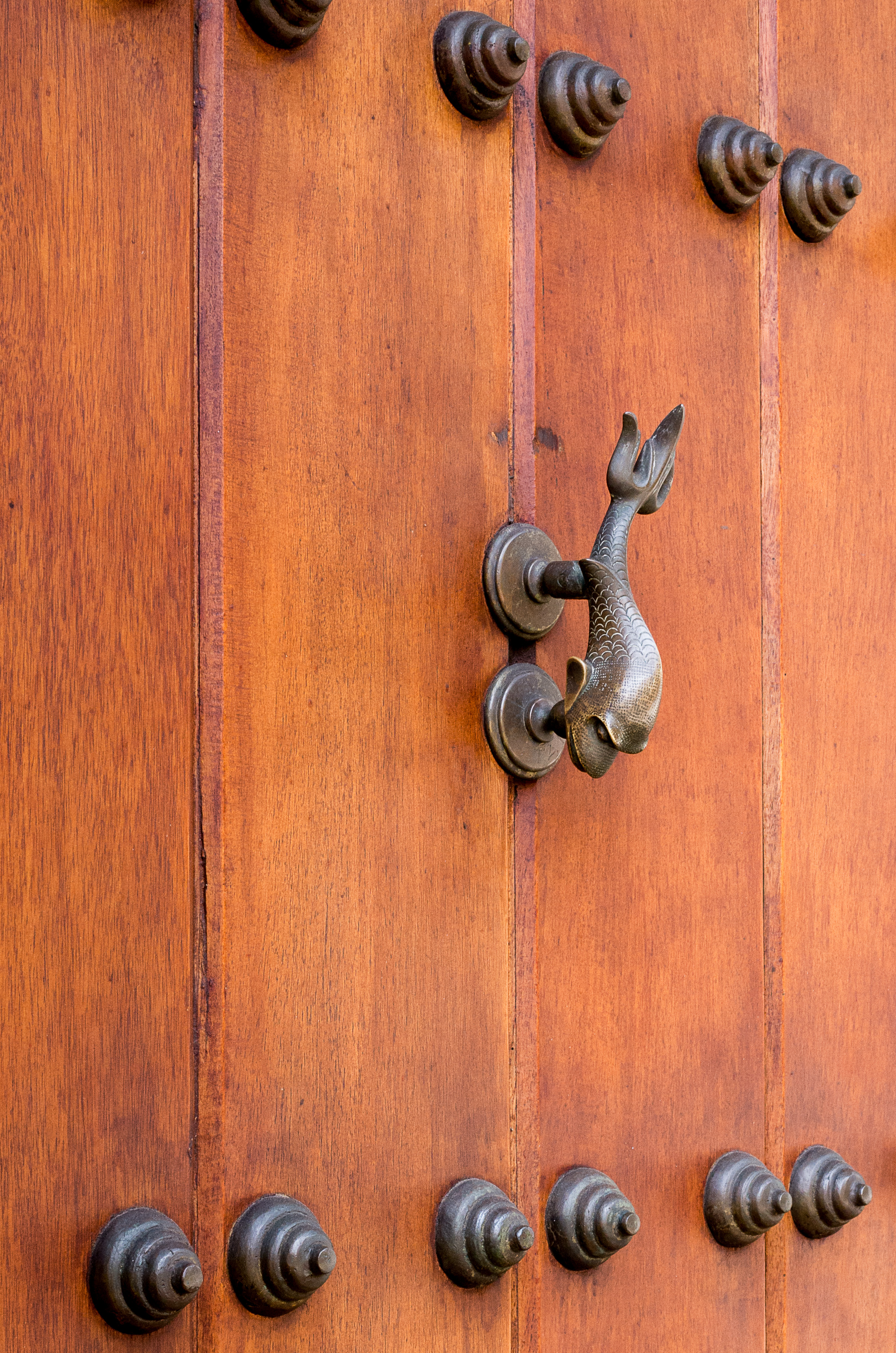
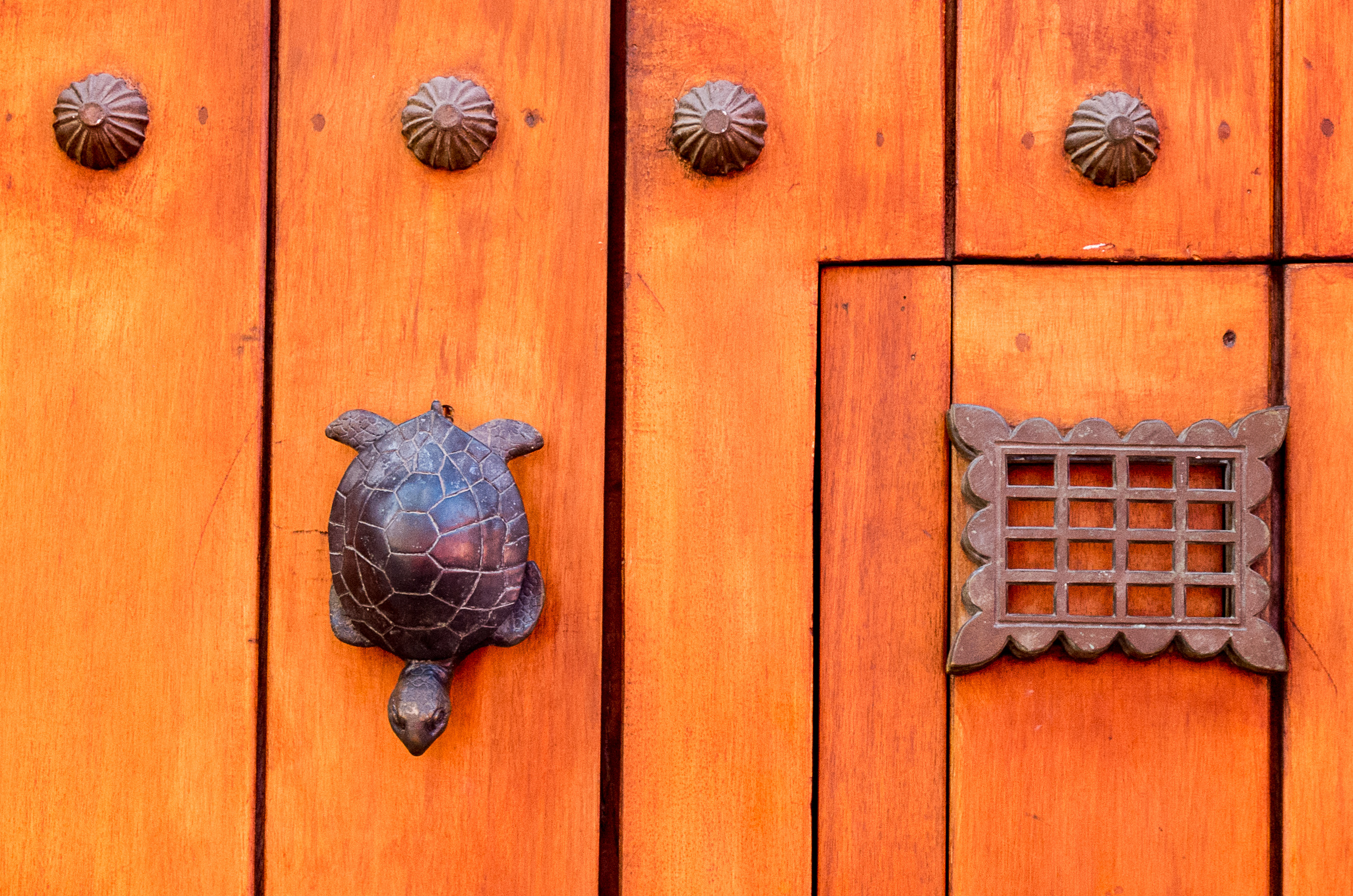
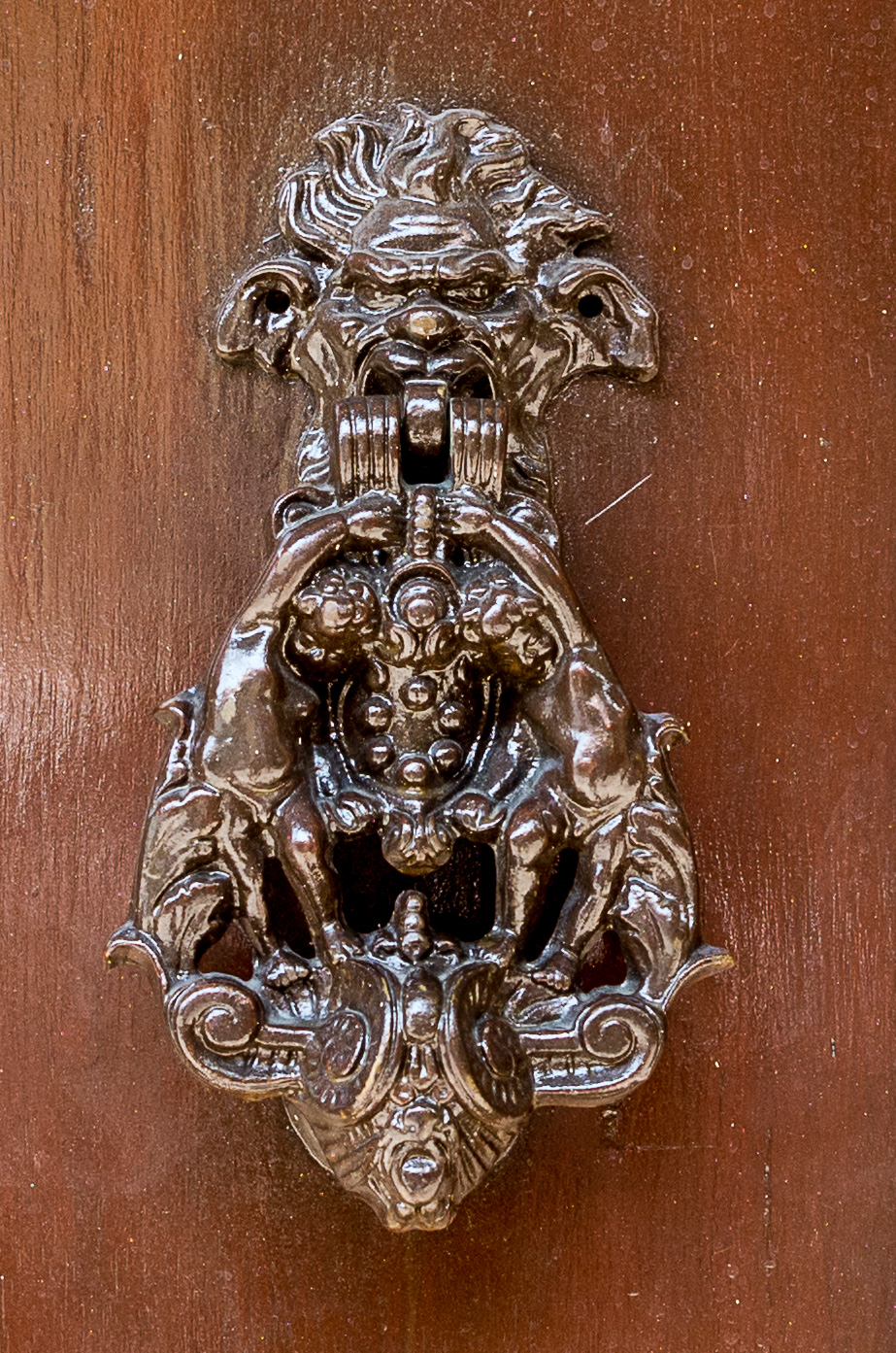
This concludes the days spent in this wonderful city. Two days are needed, three days more relaxing.
Leave a Reply